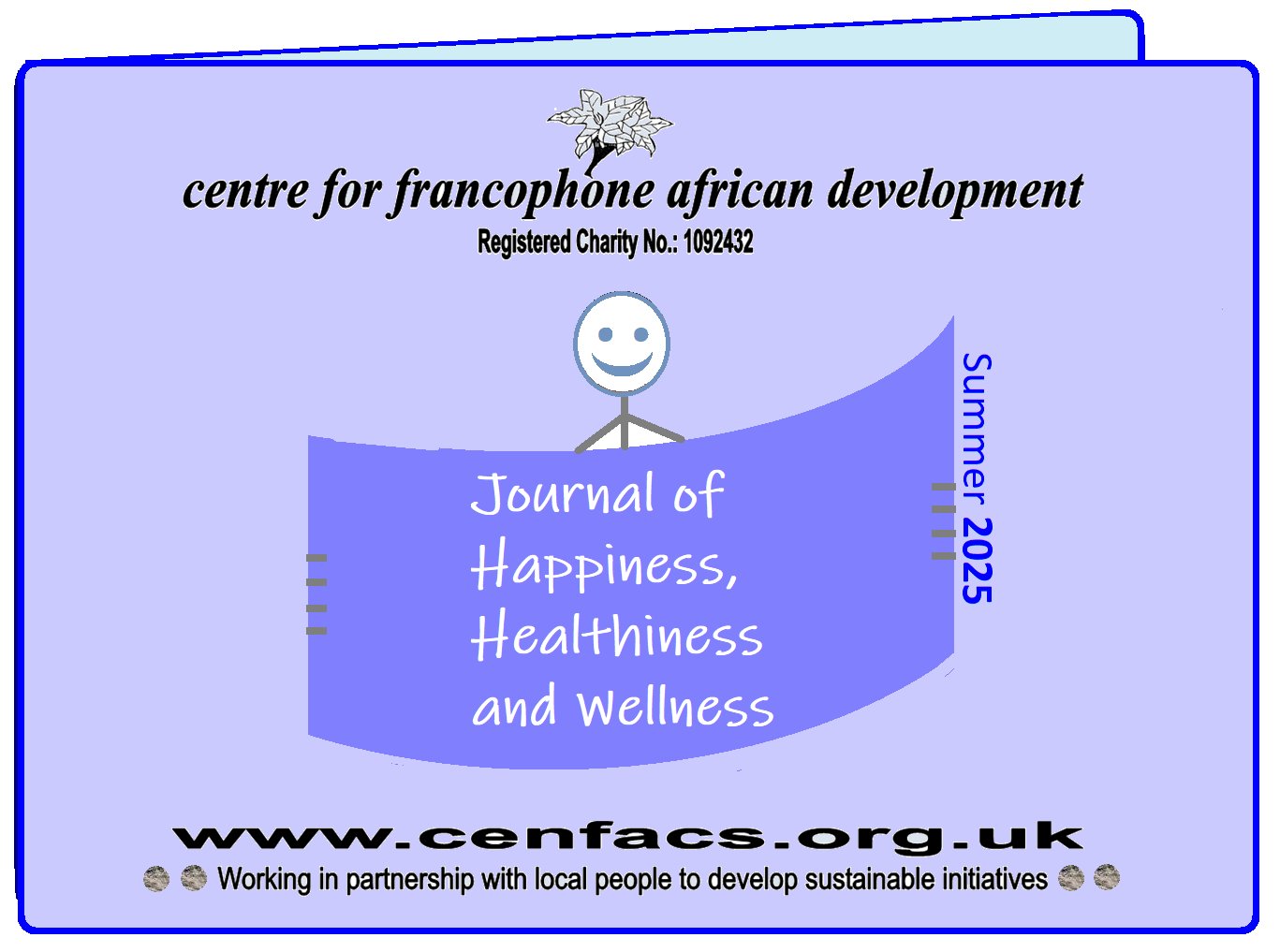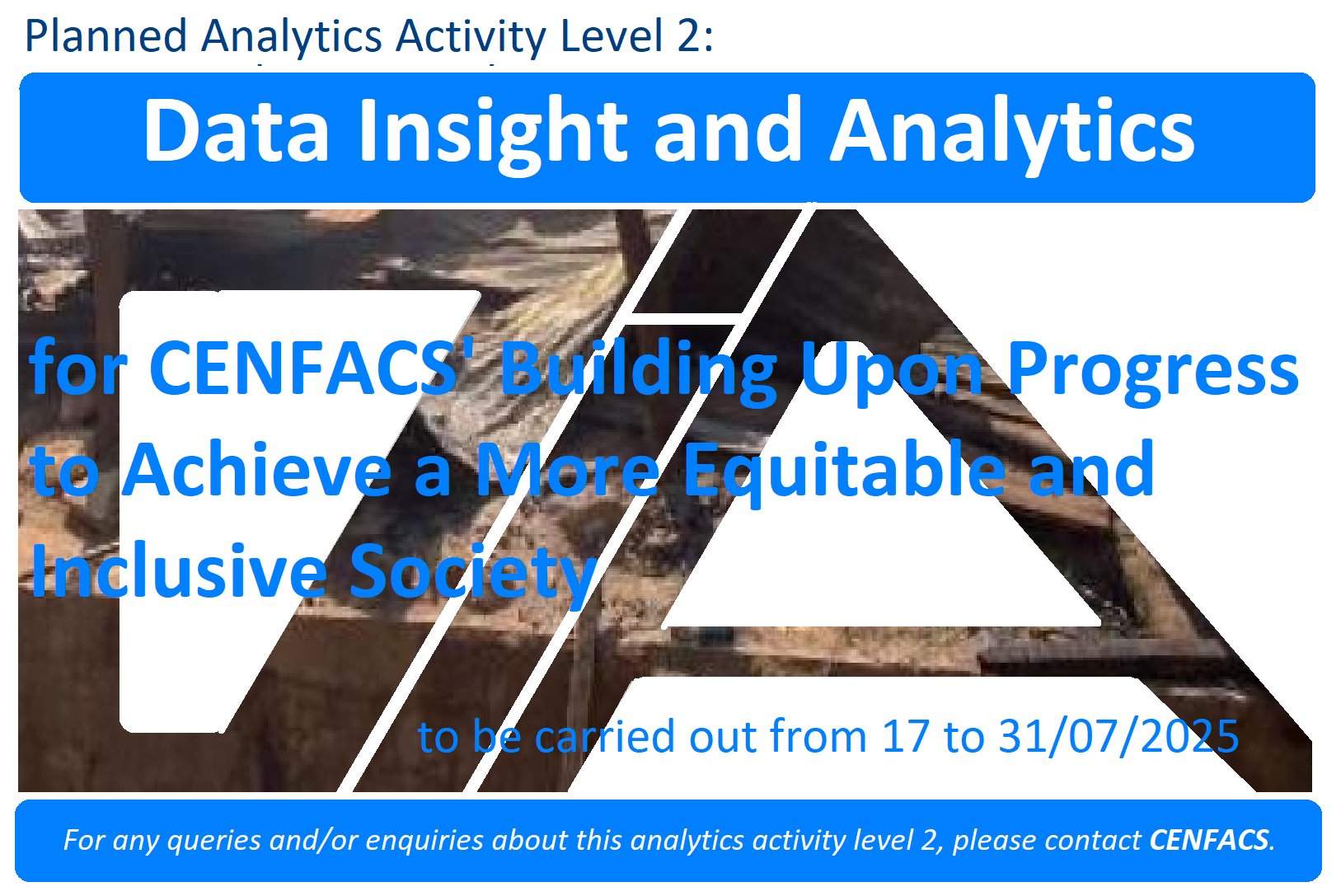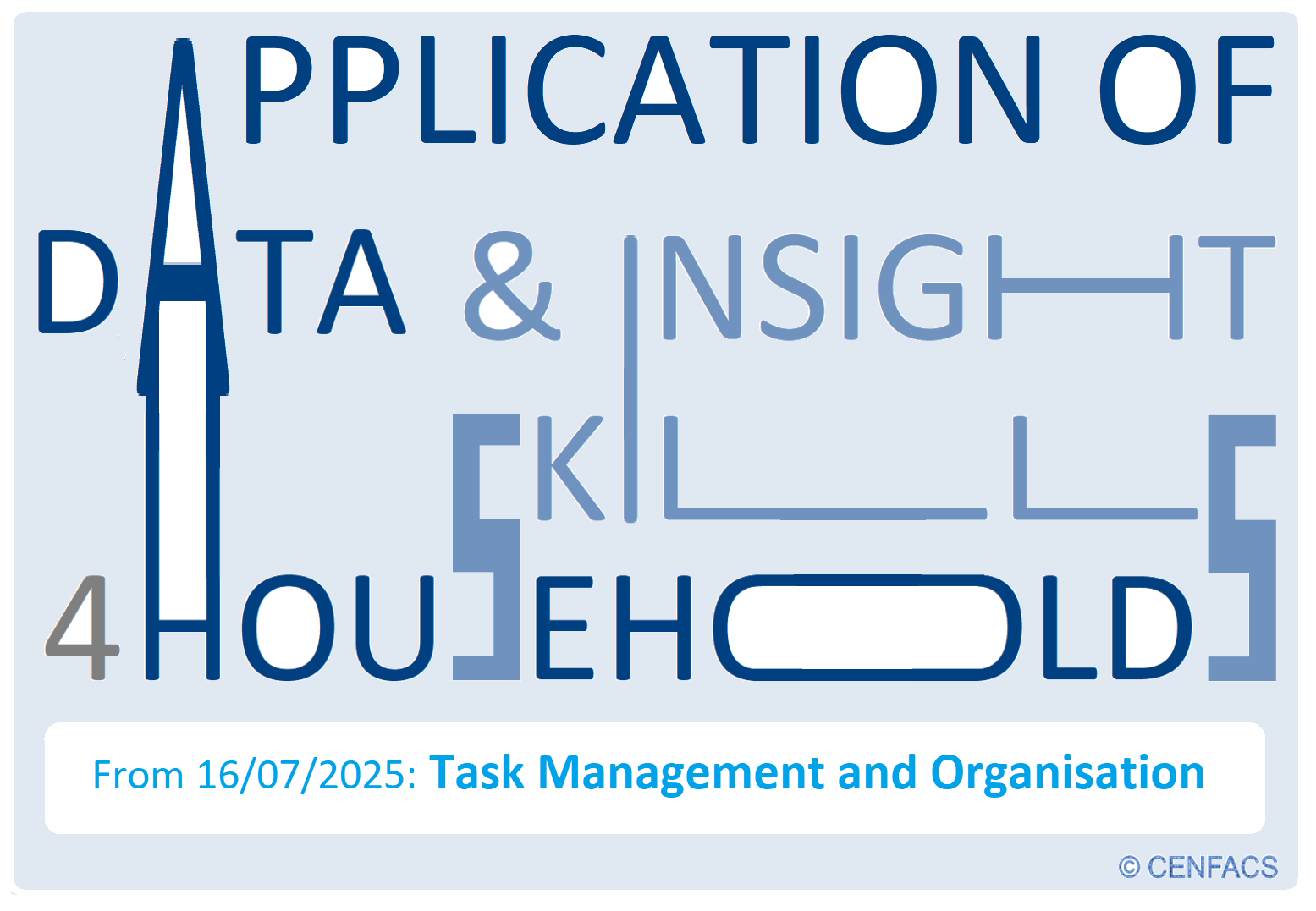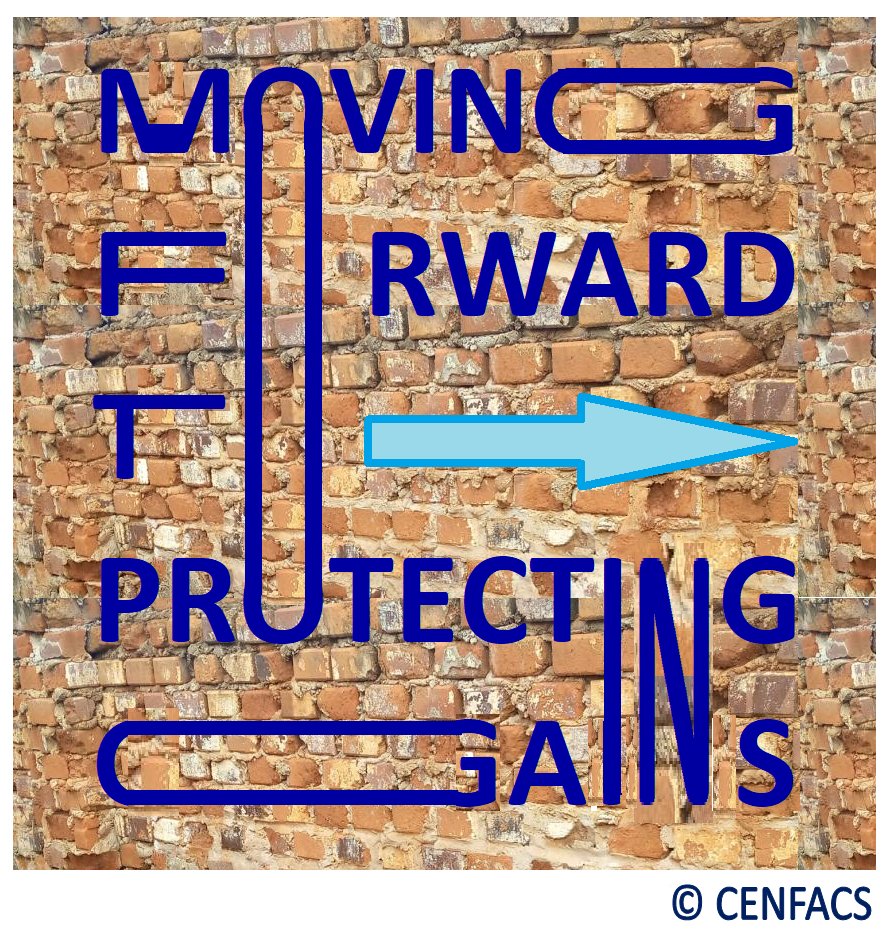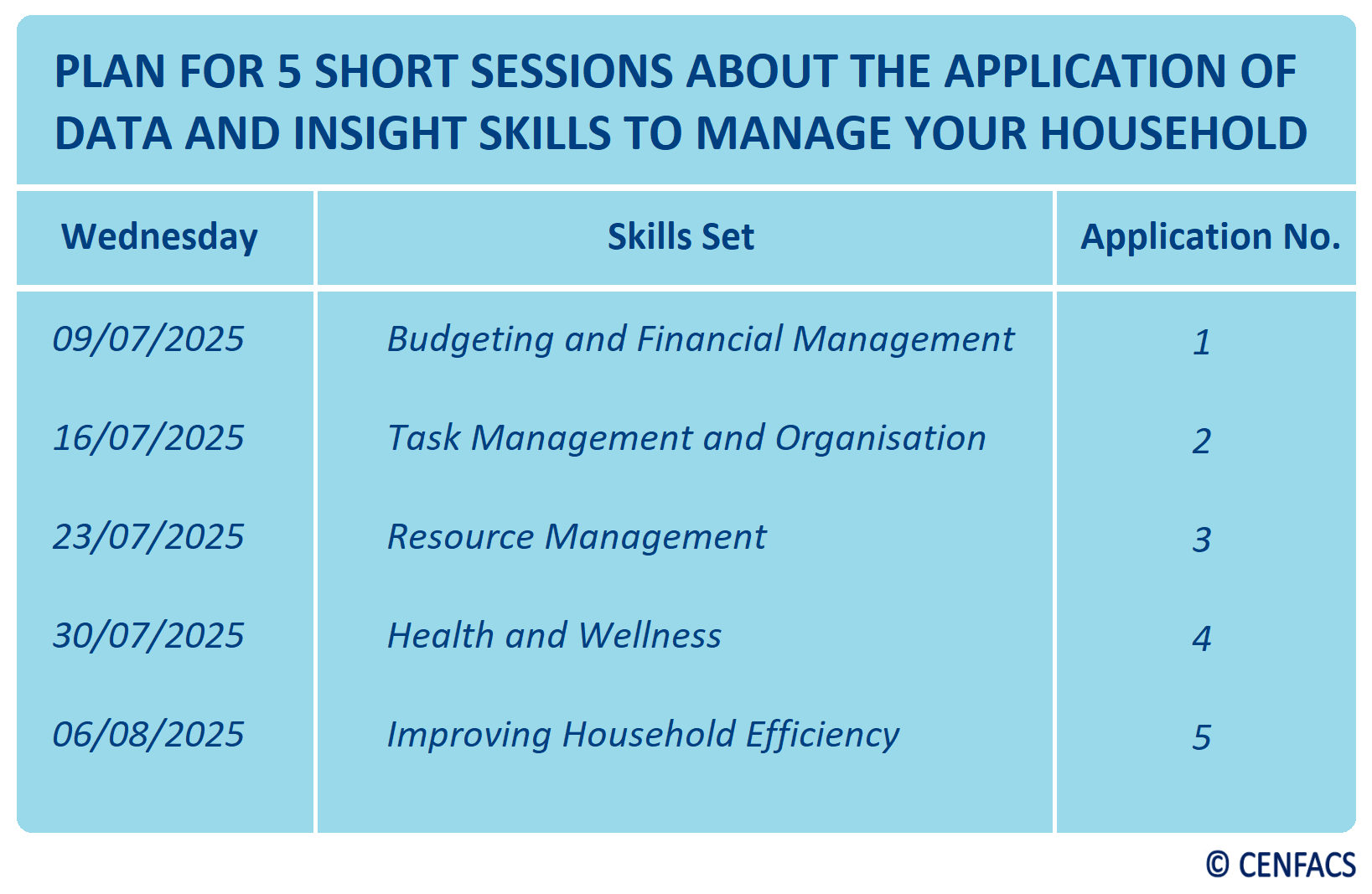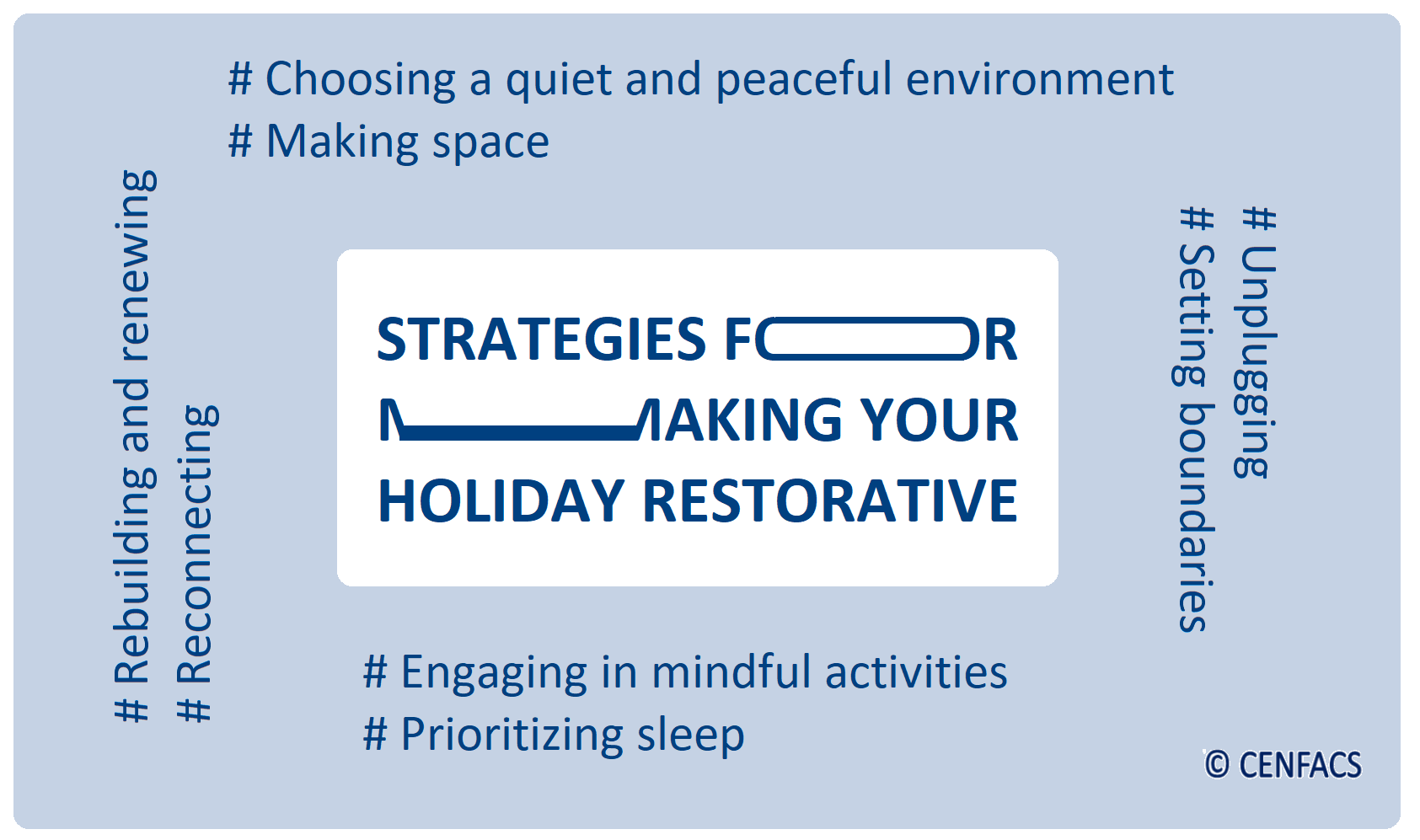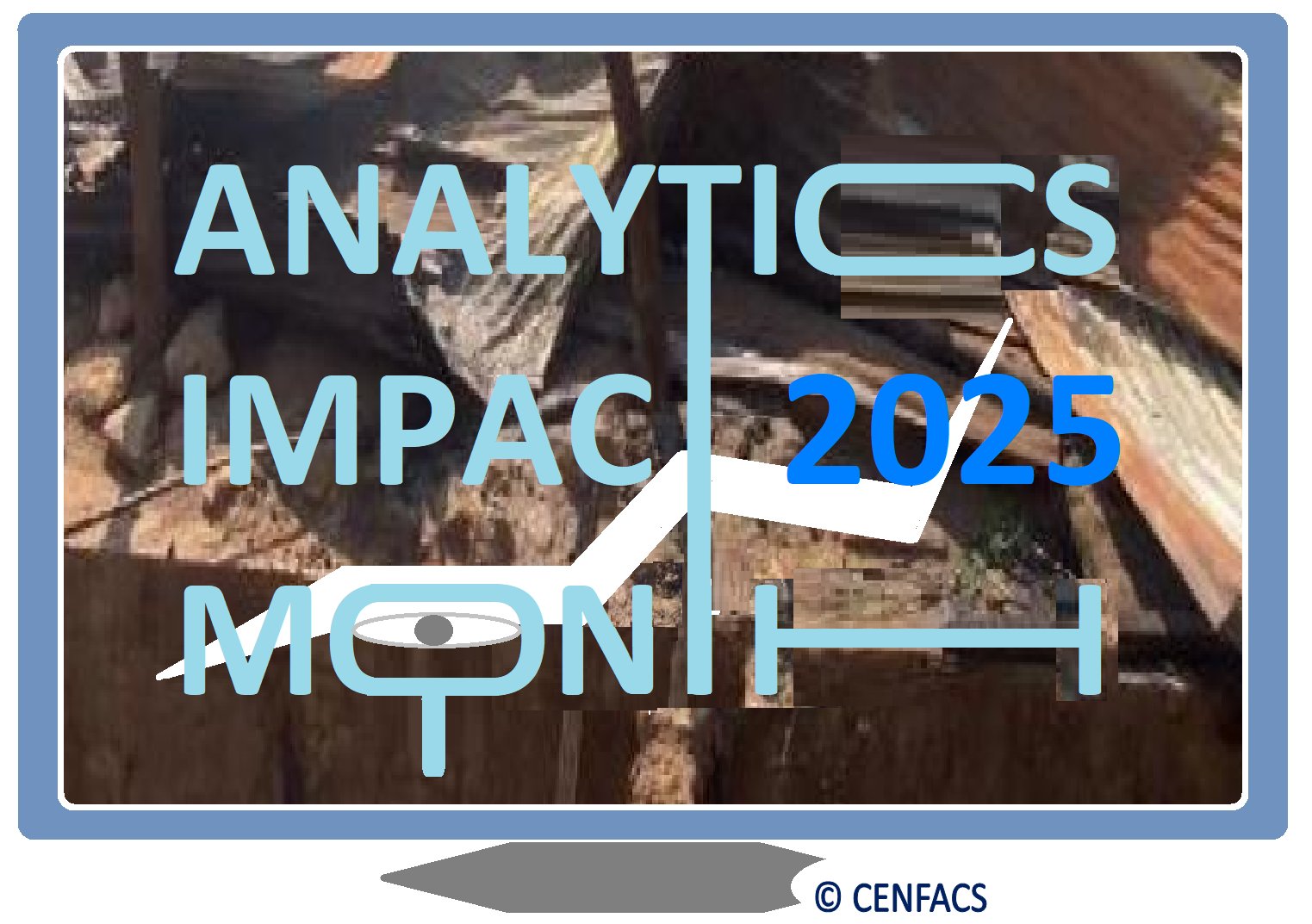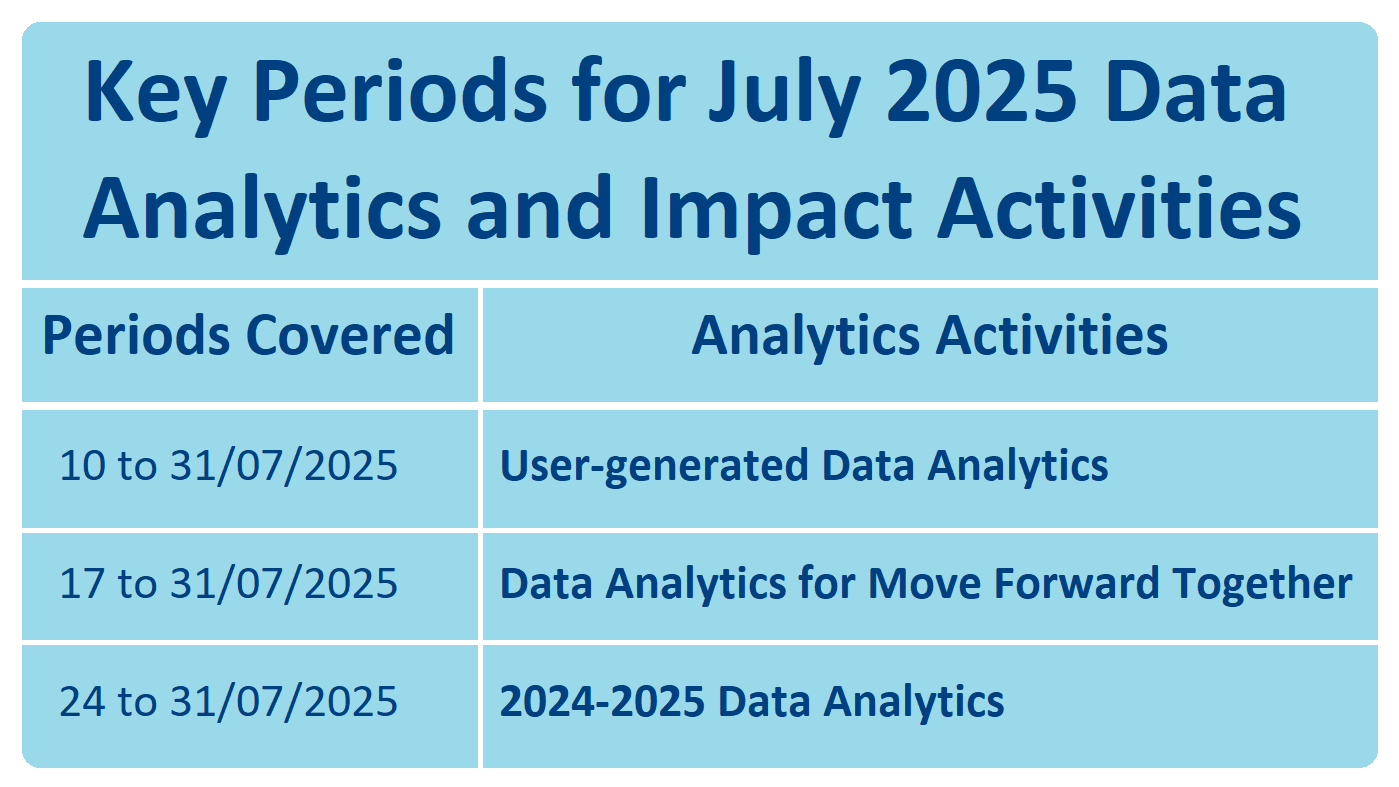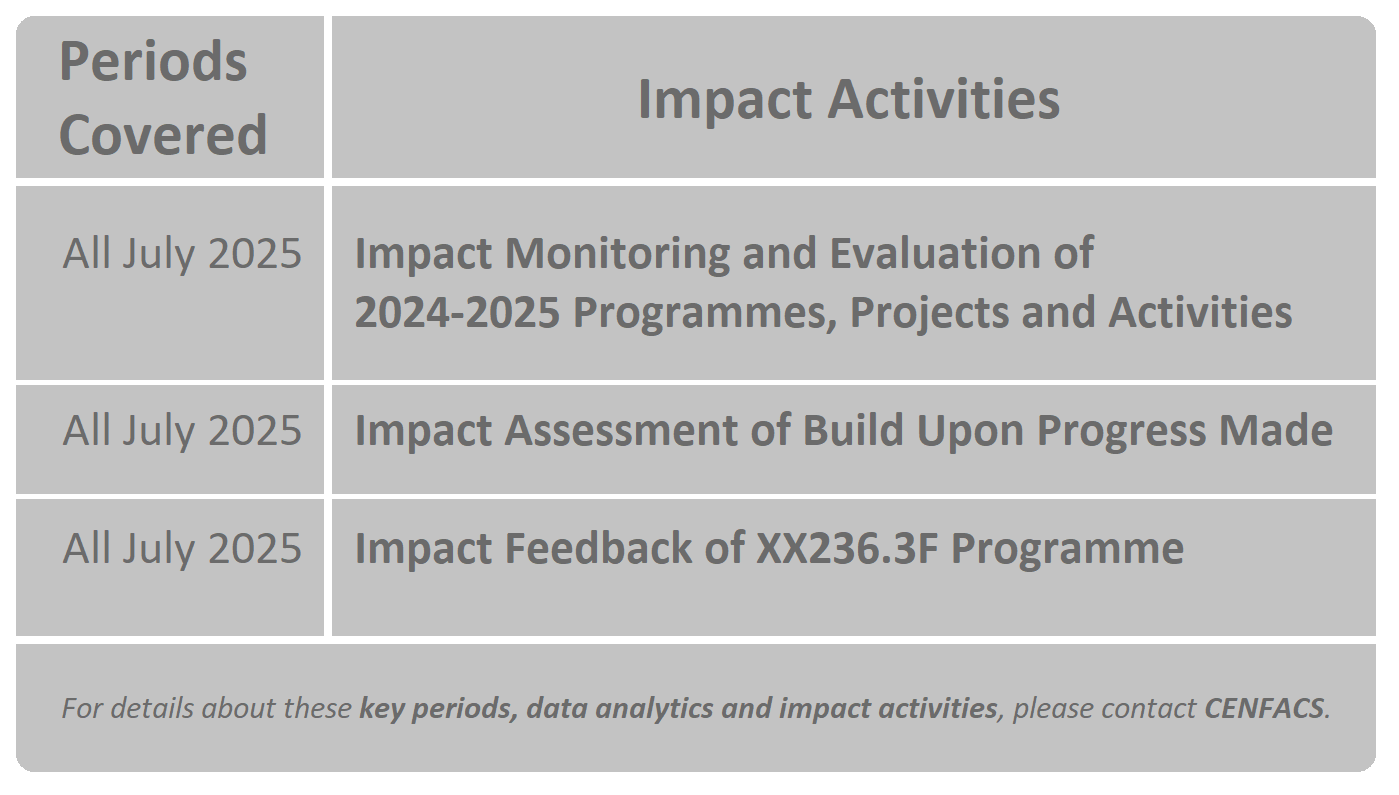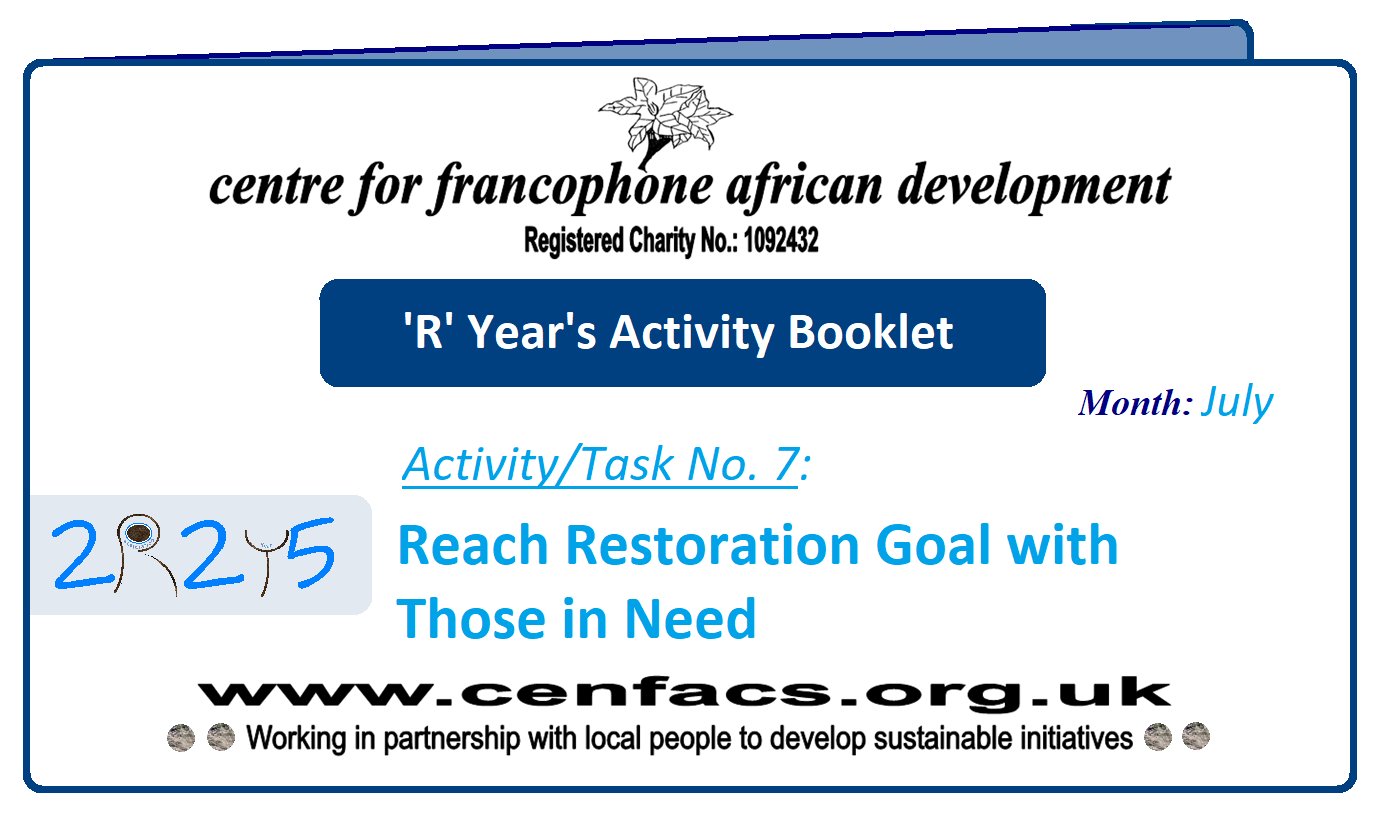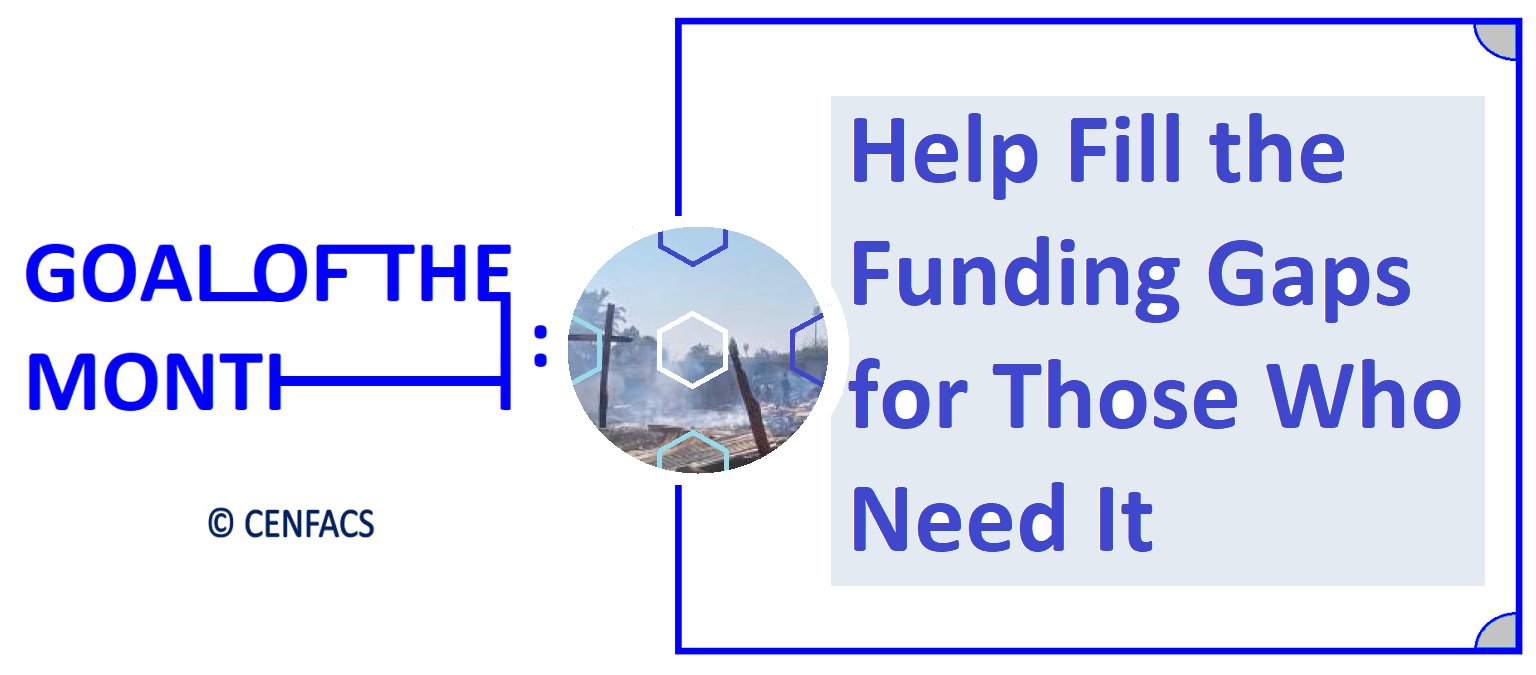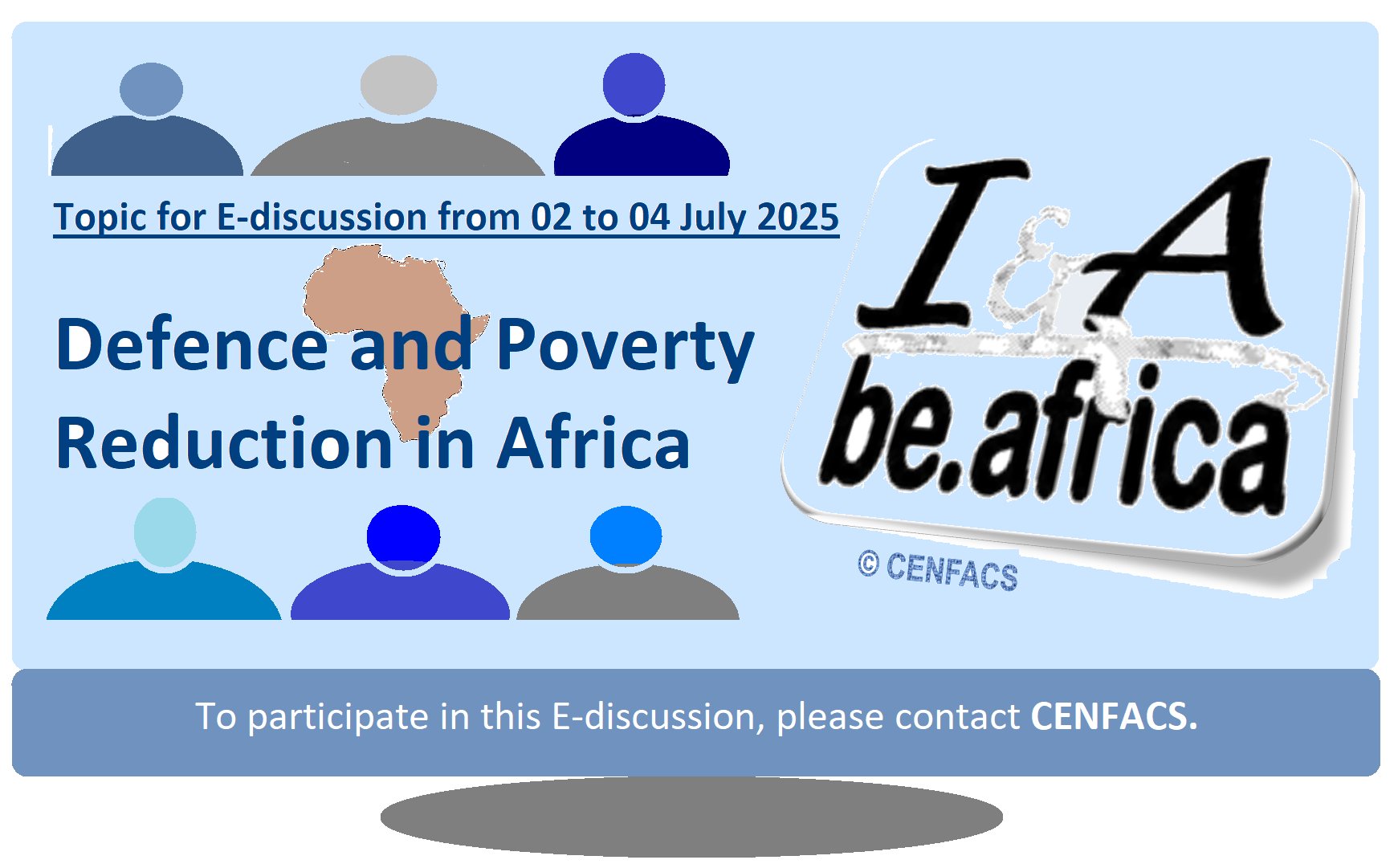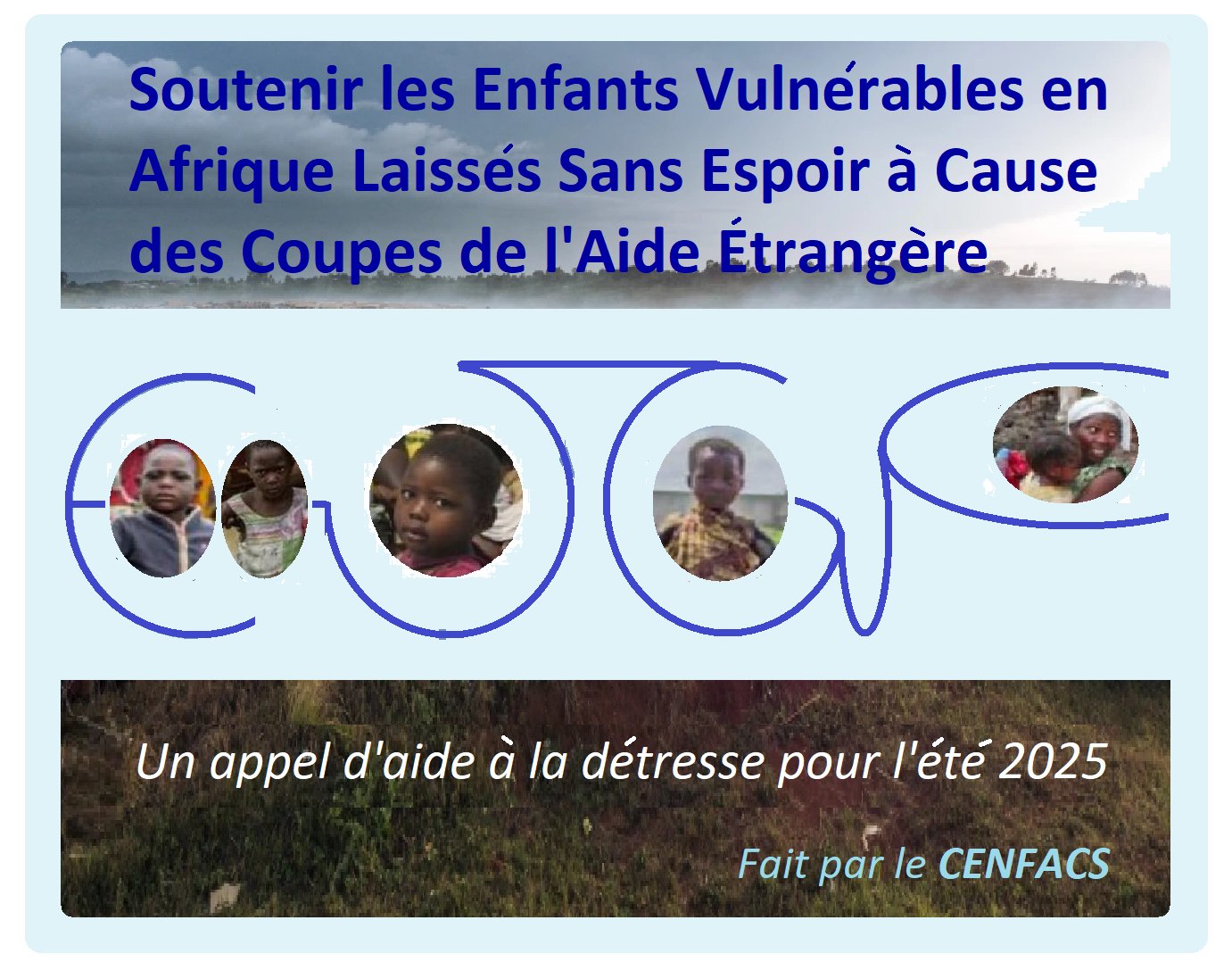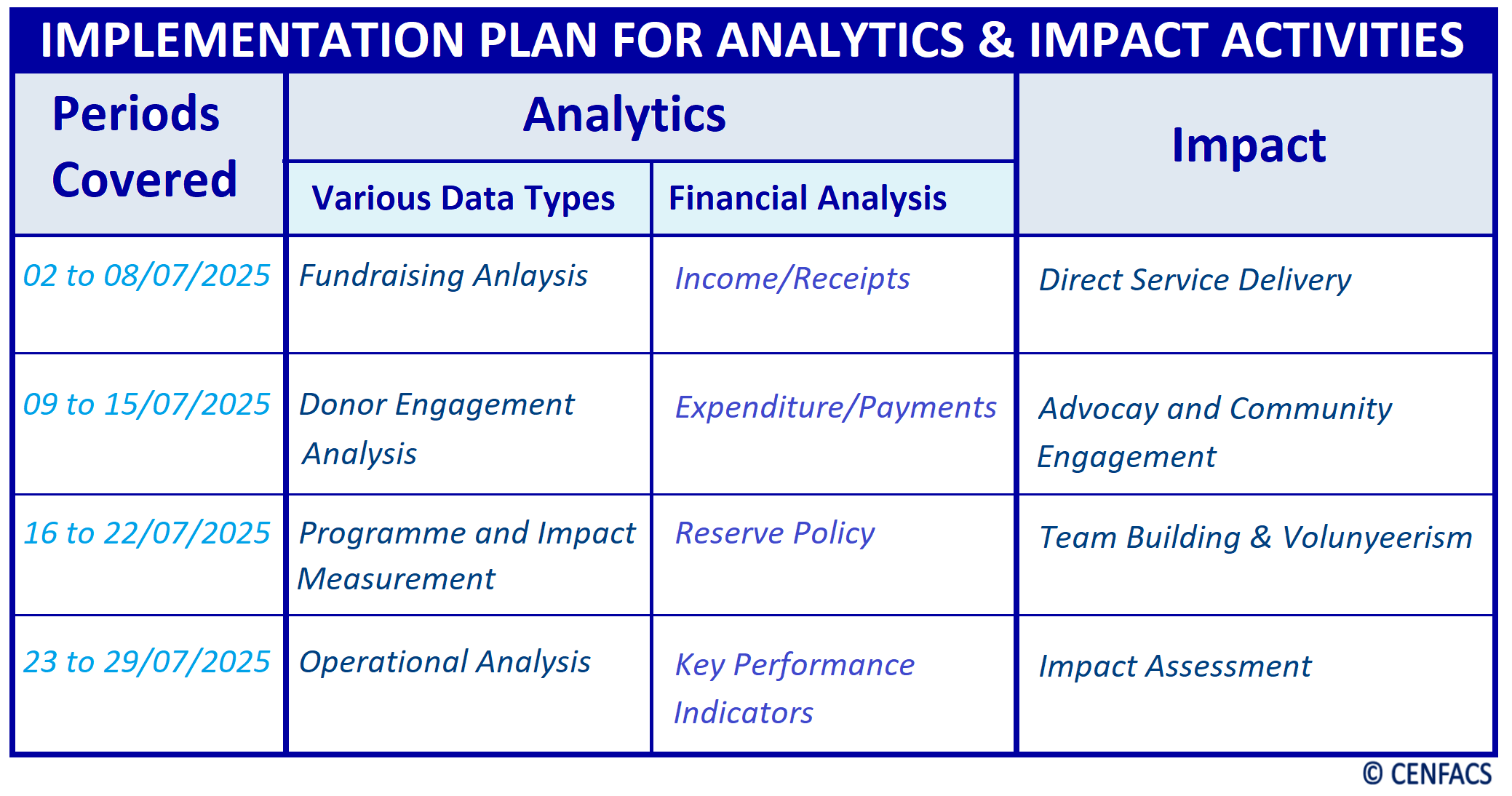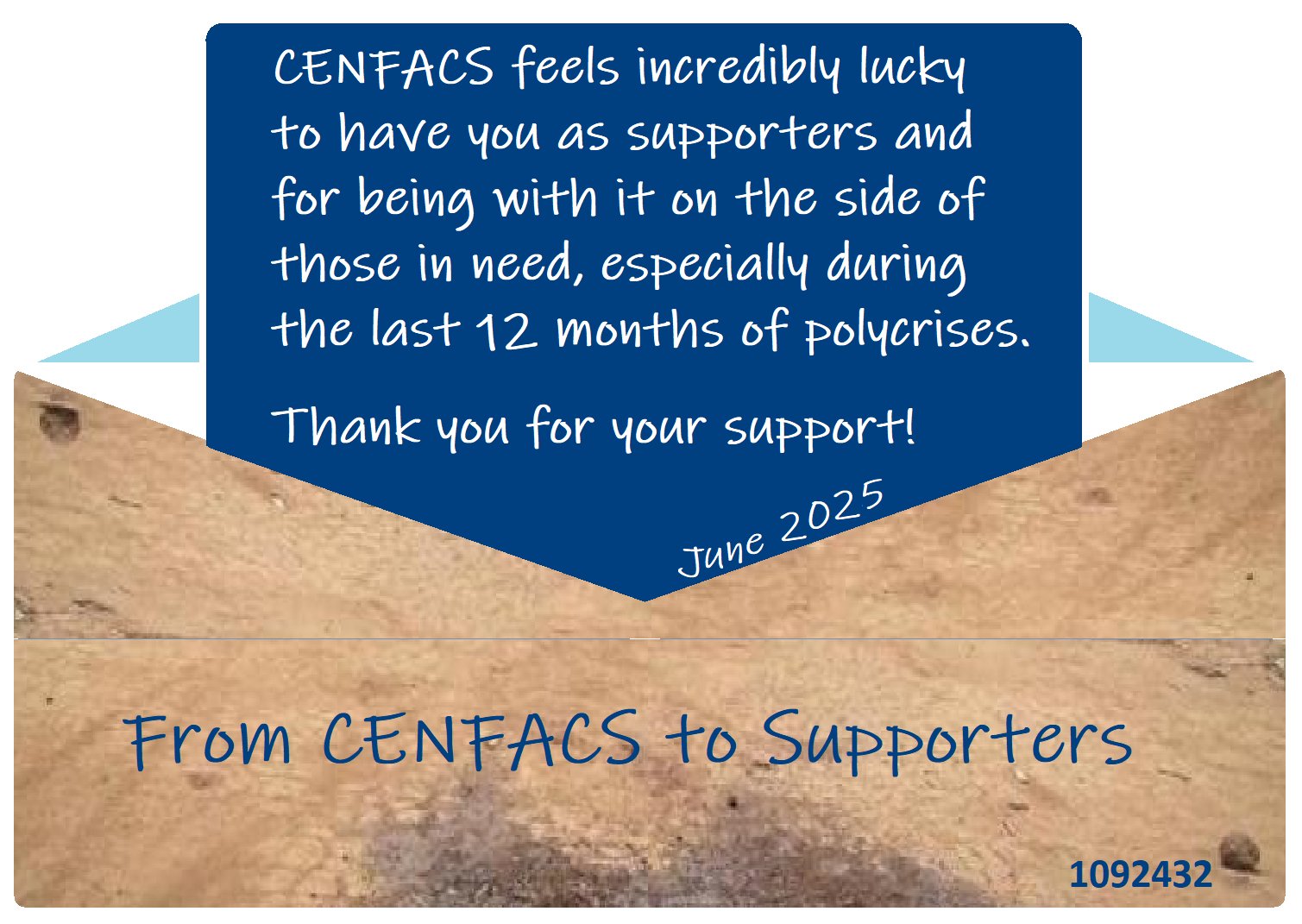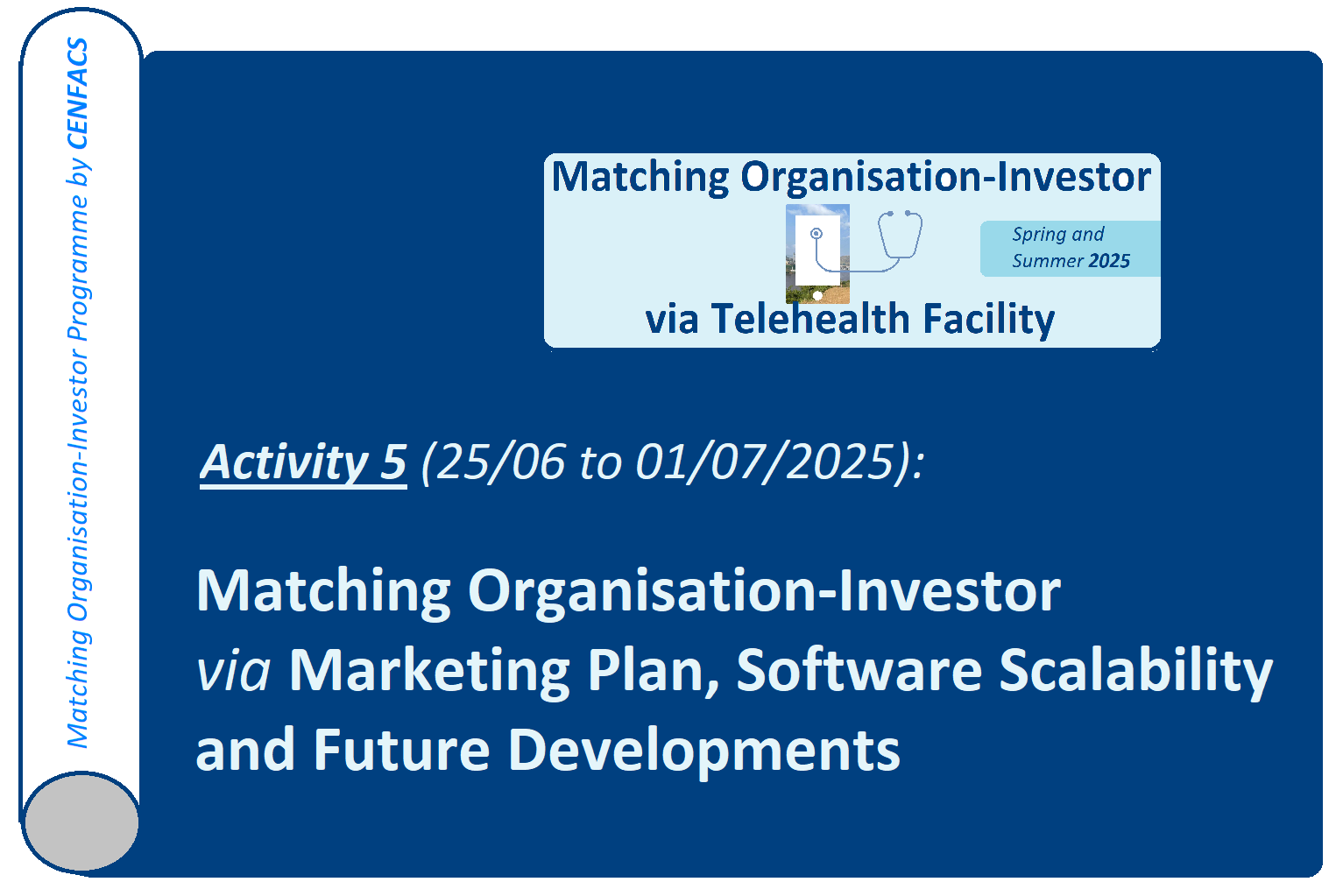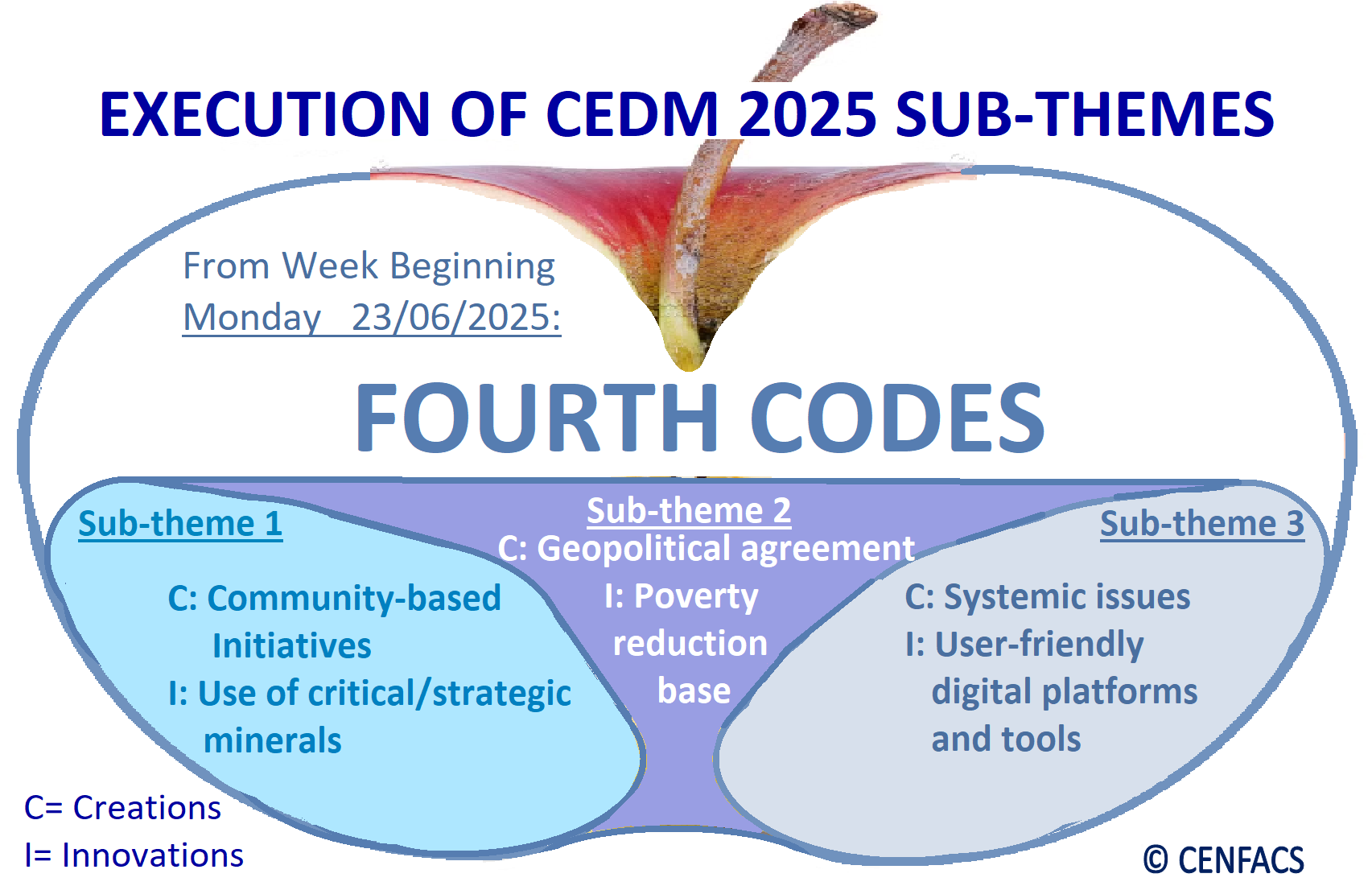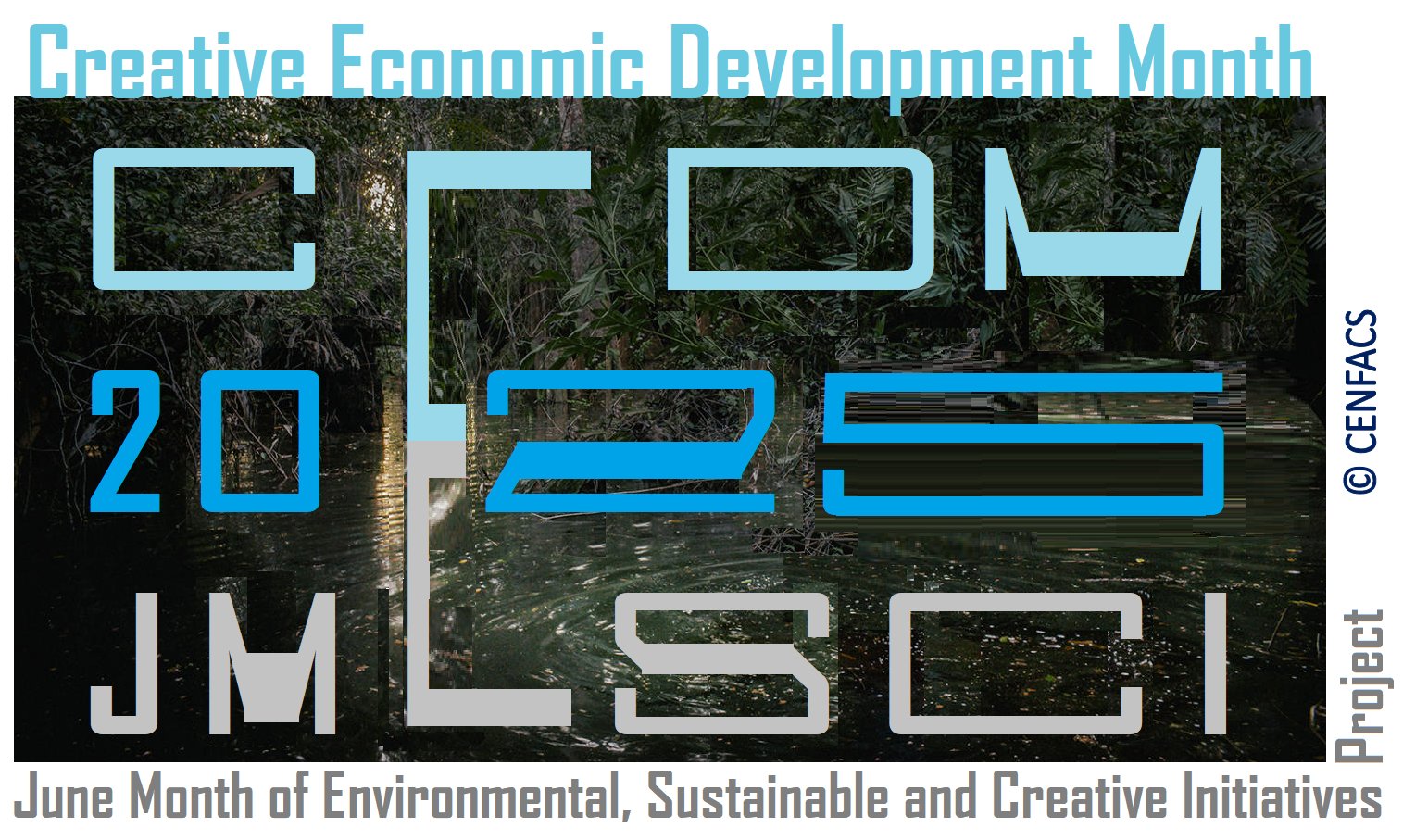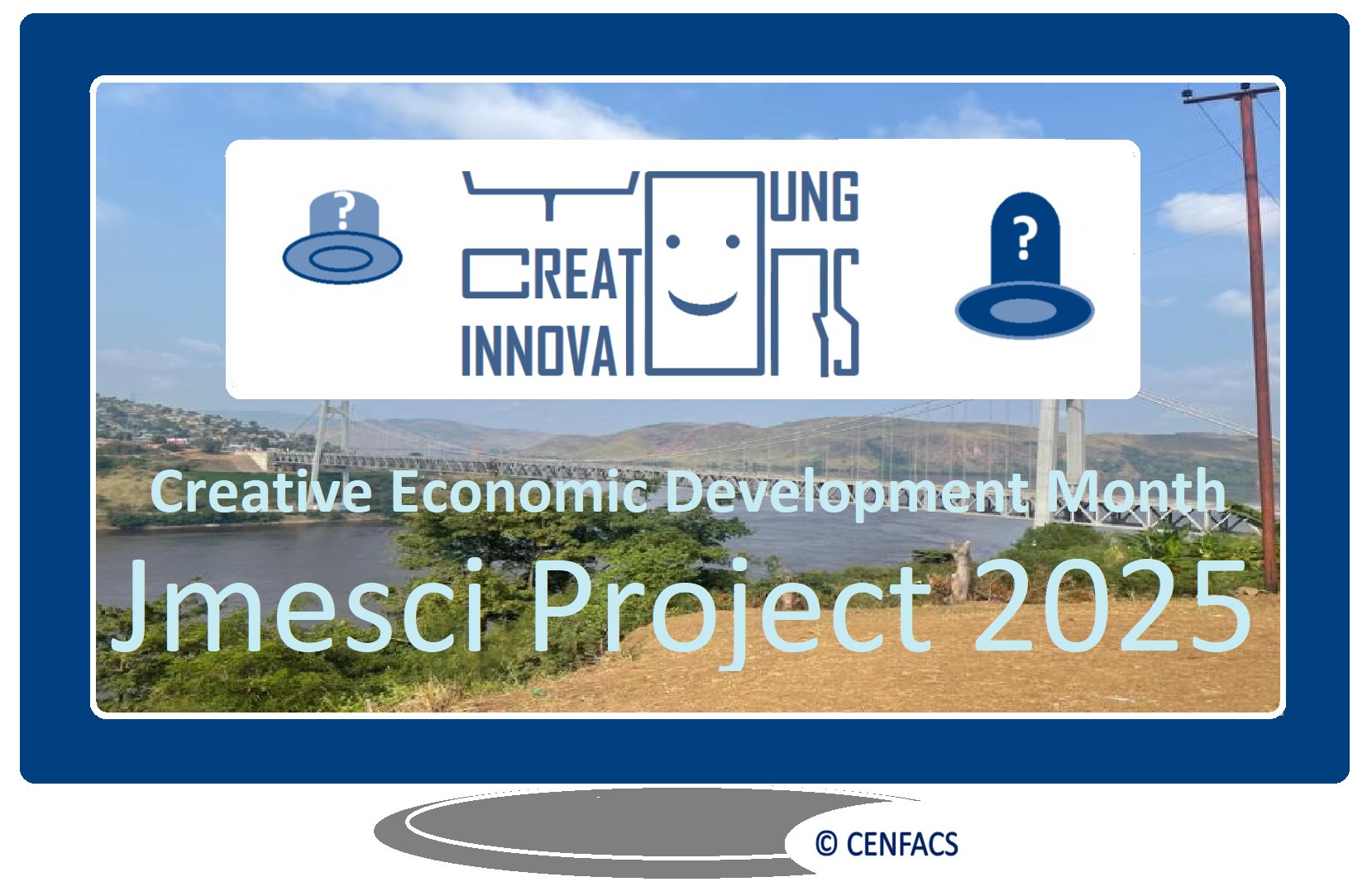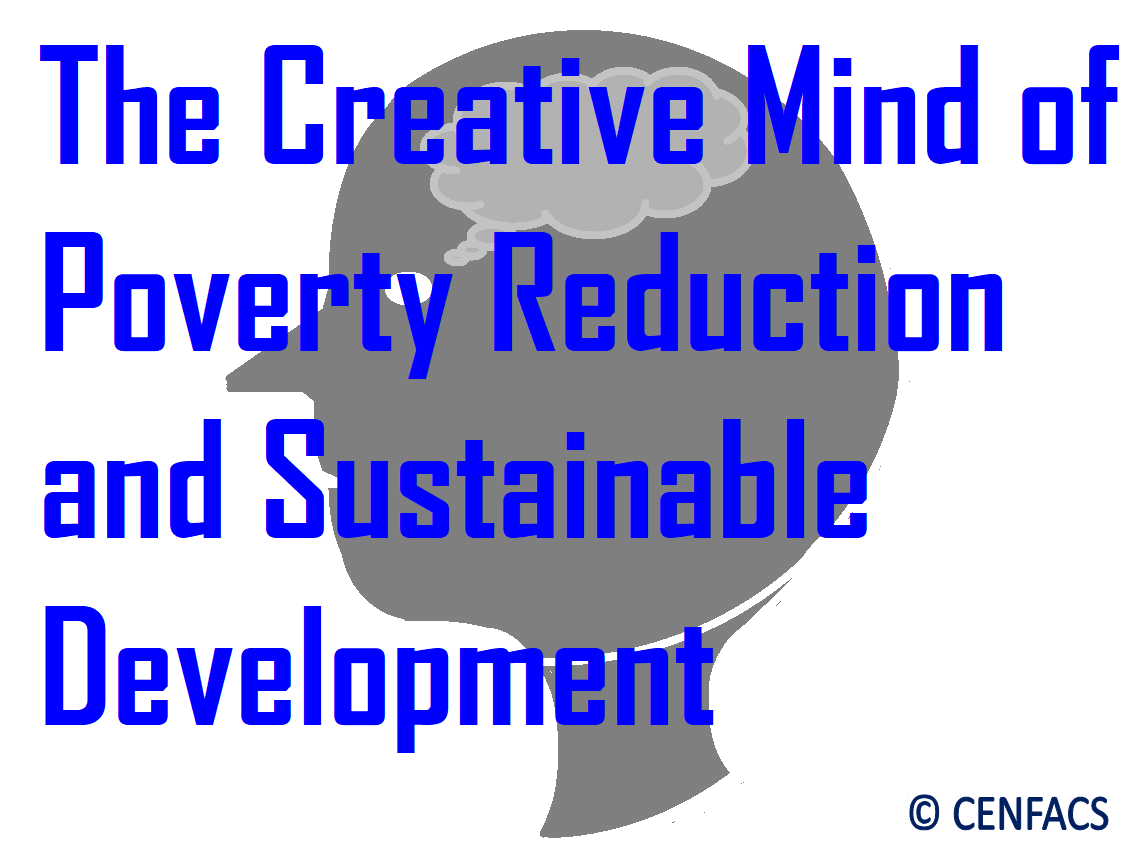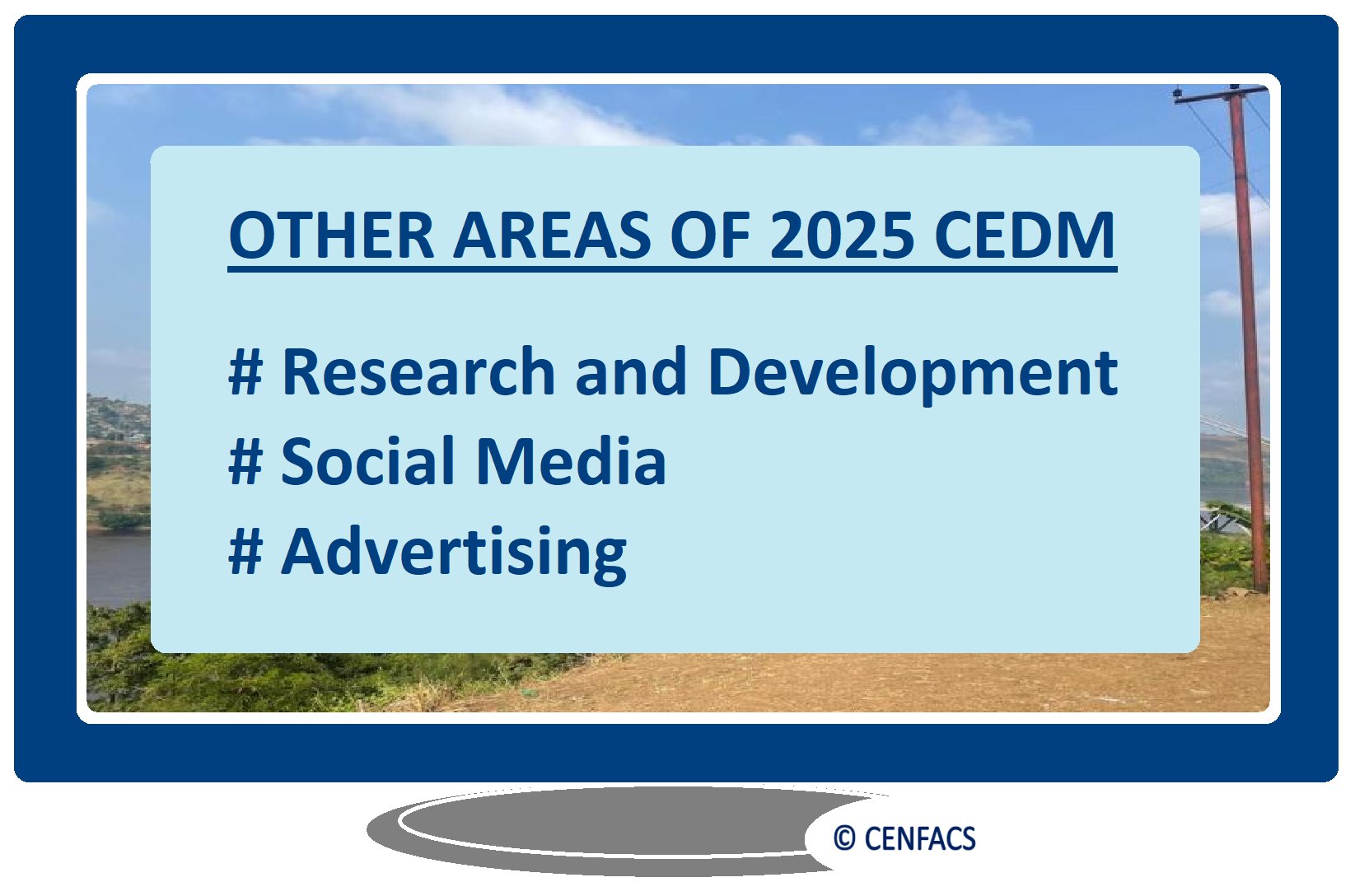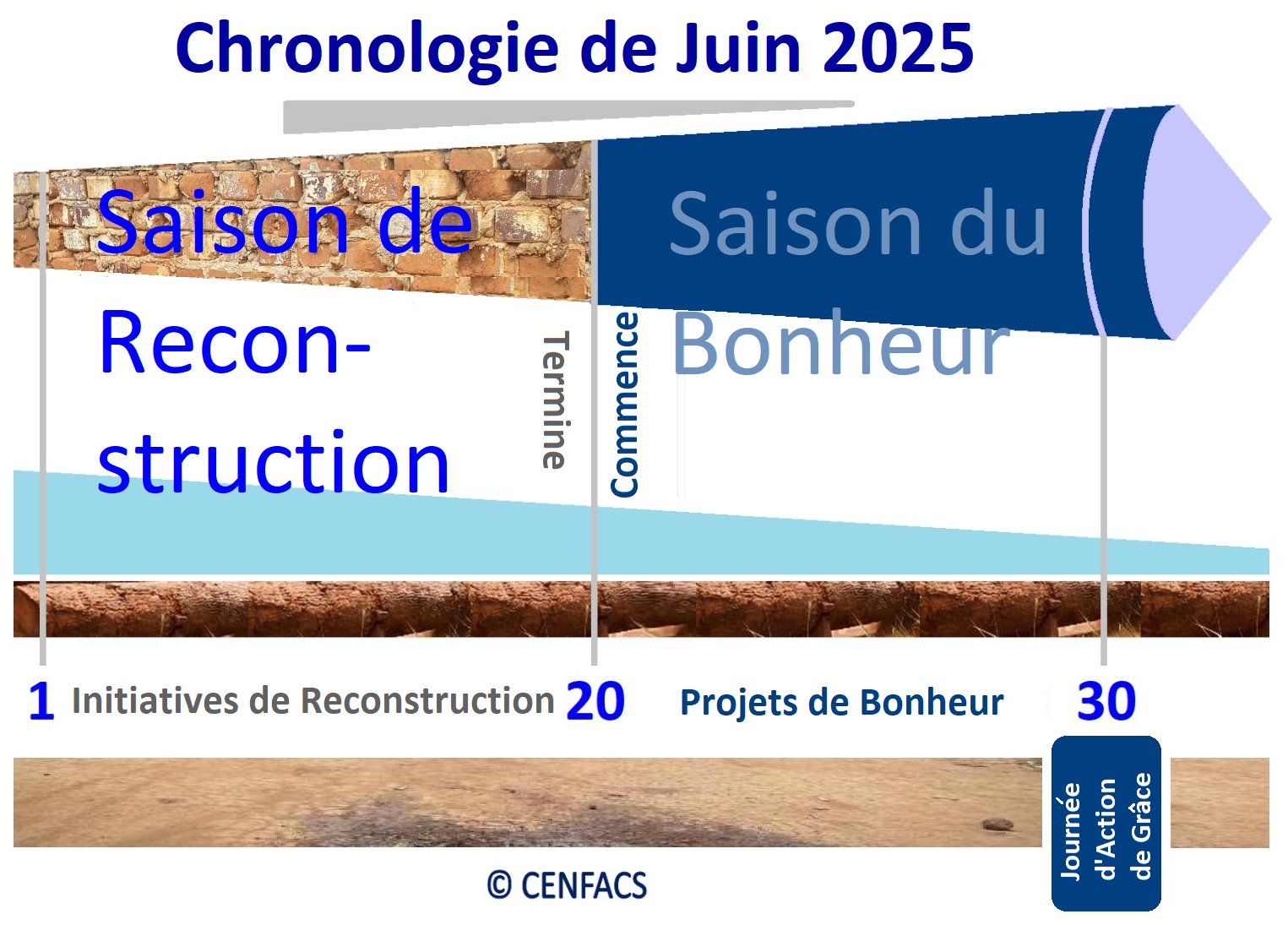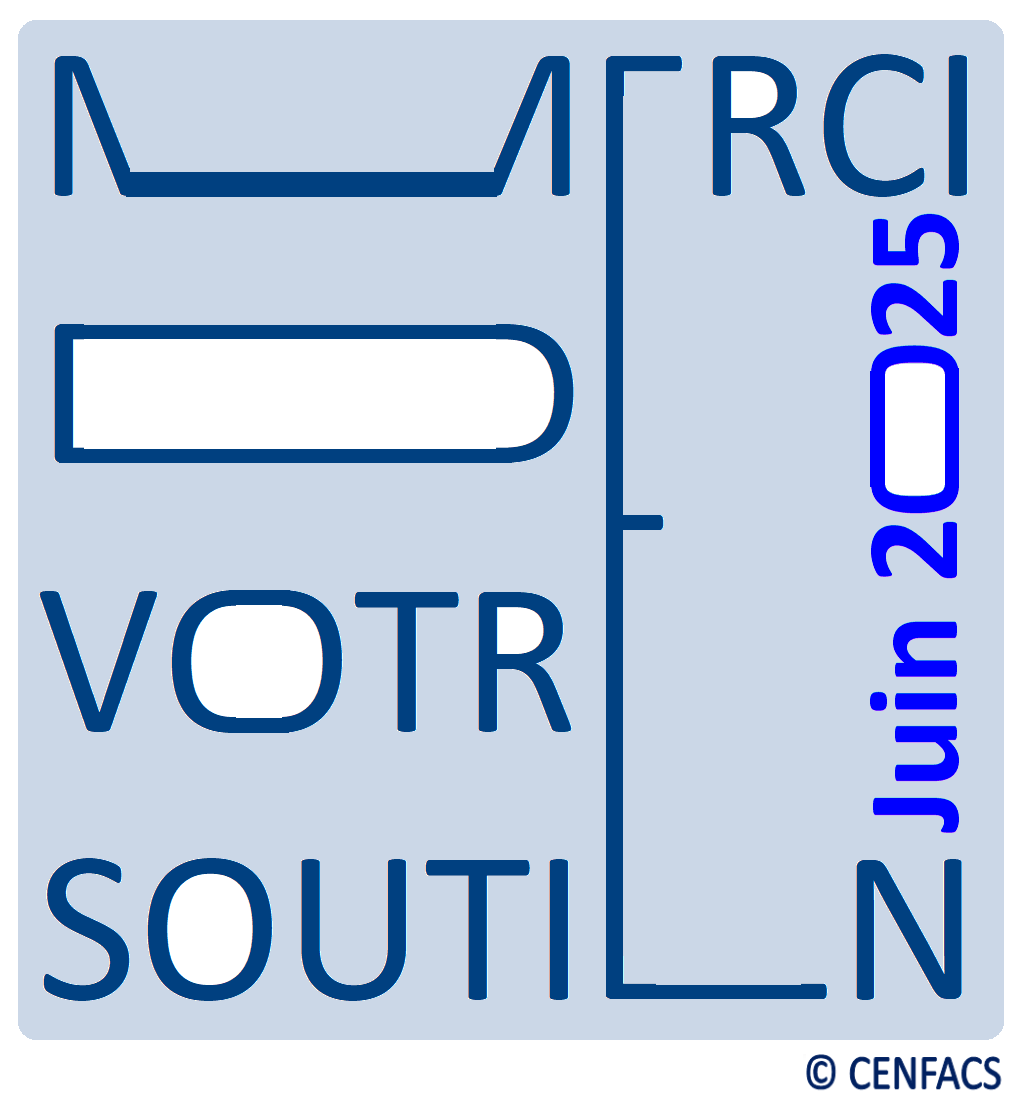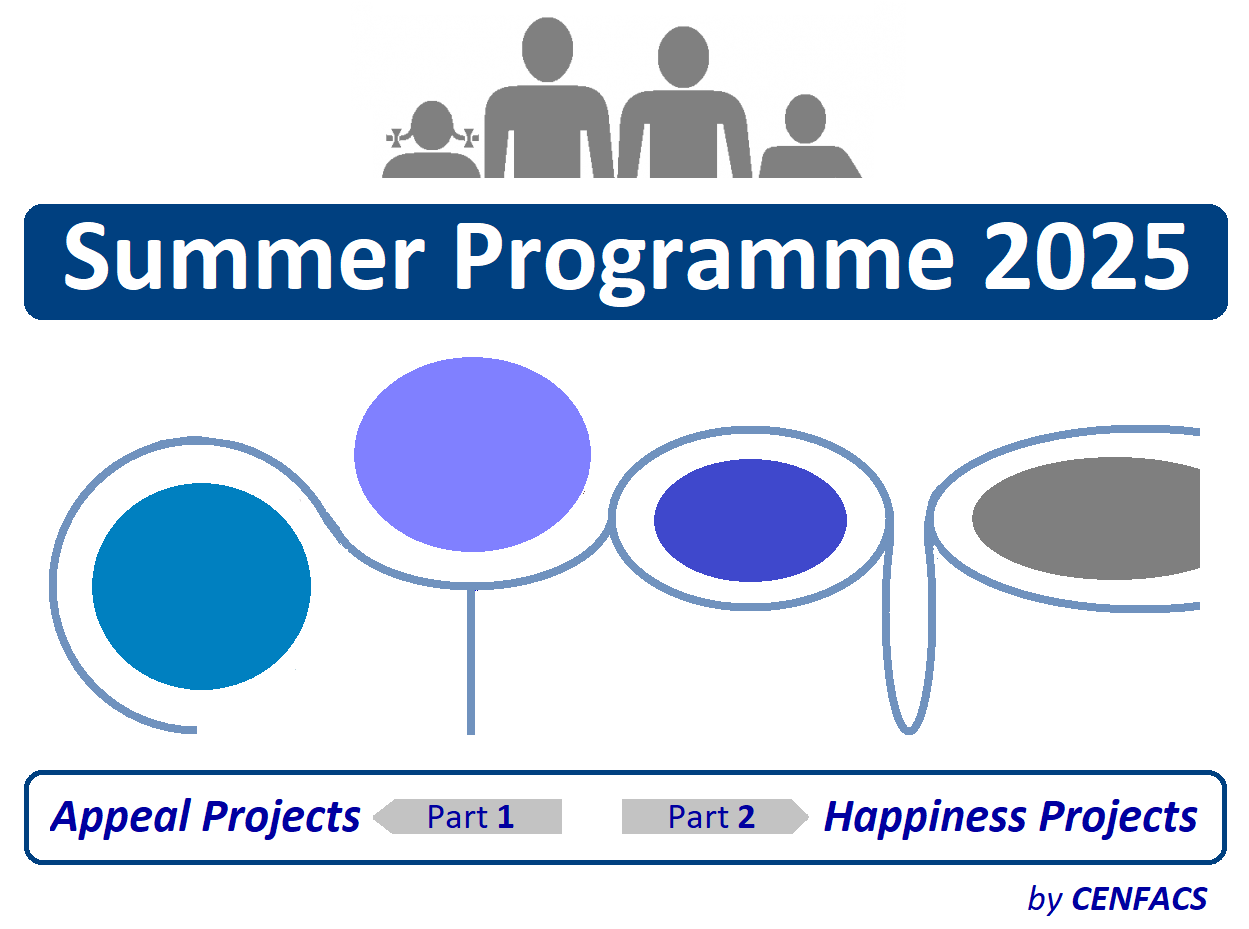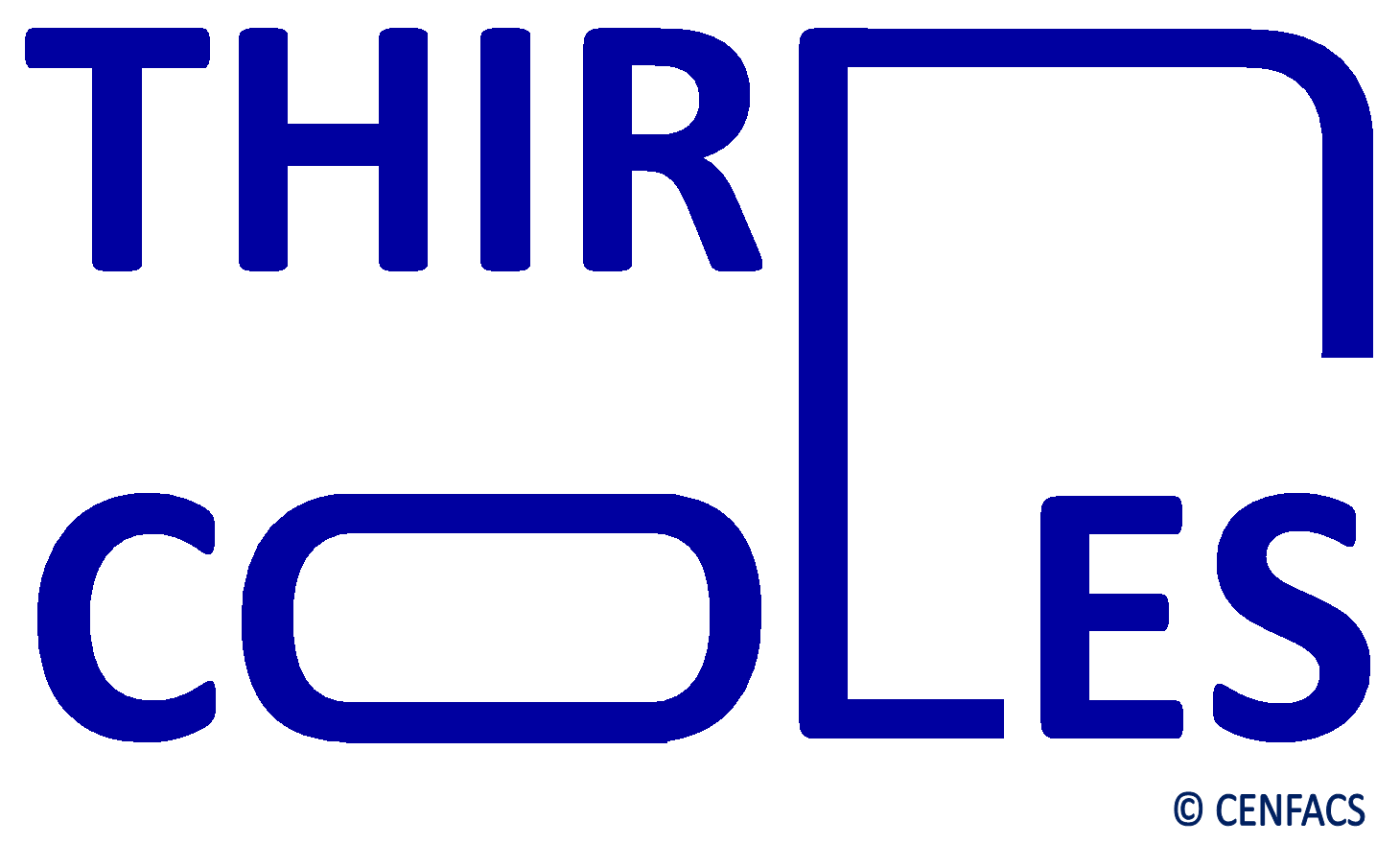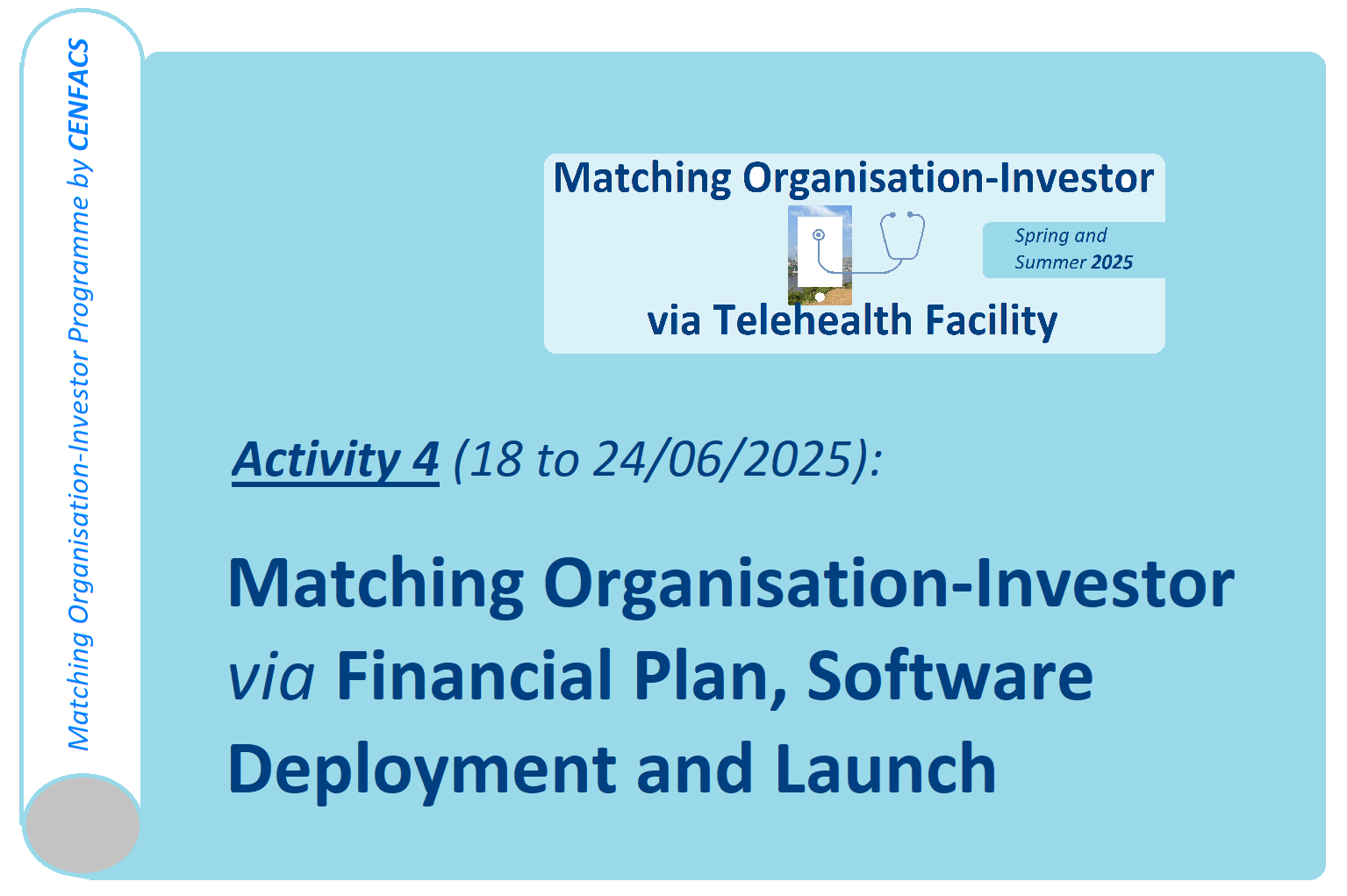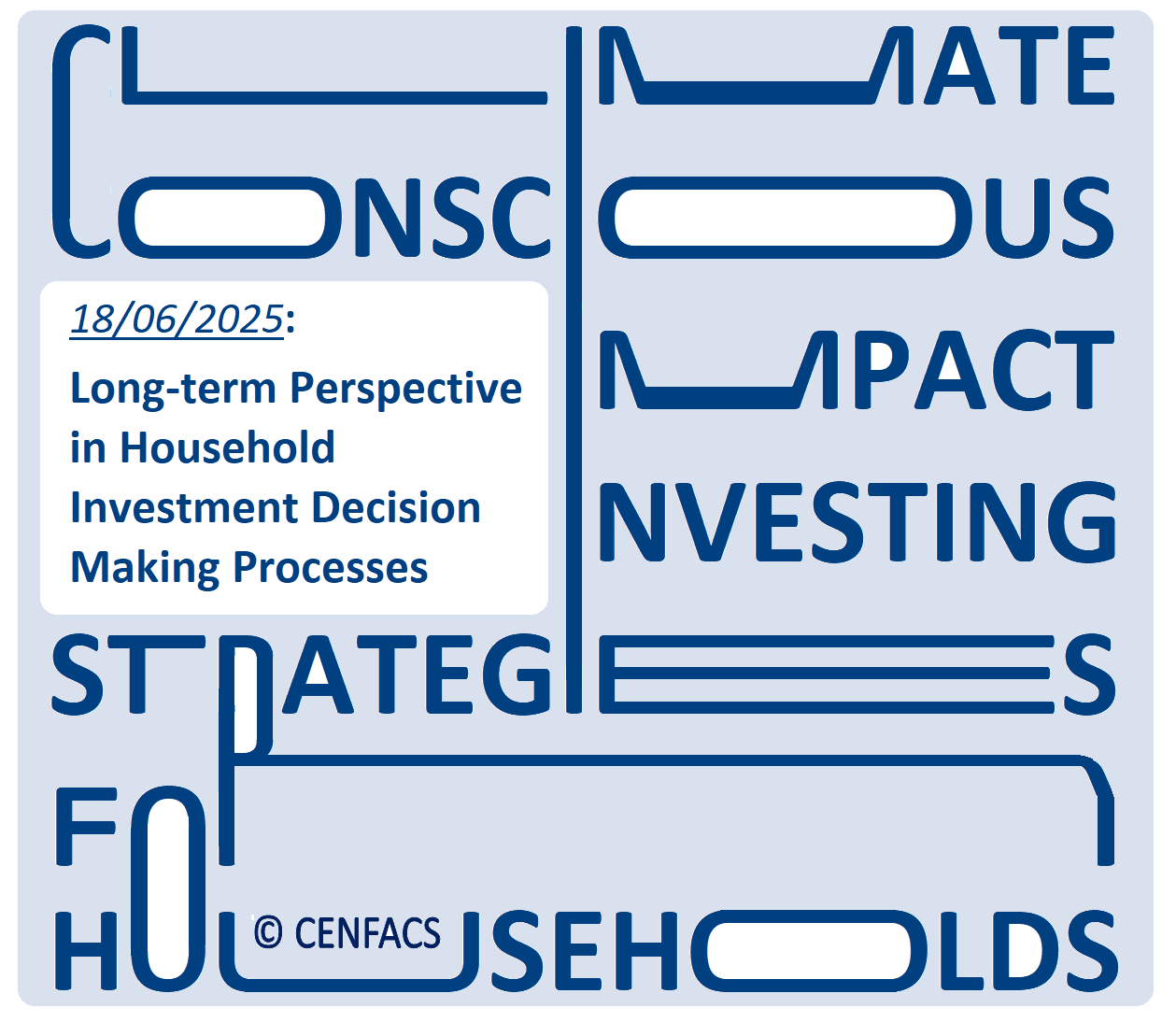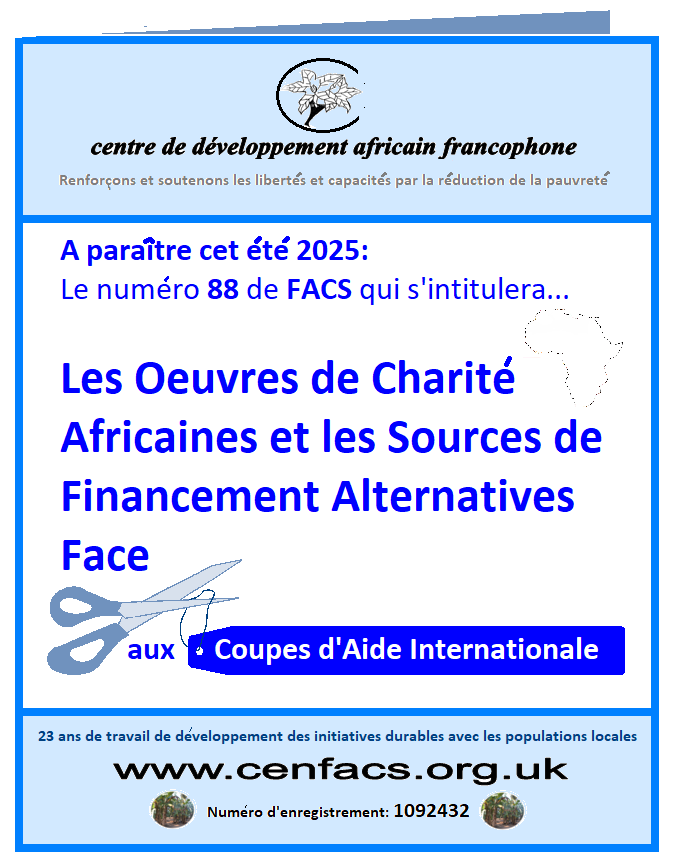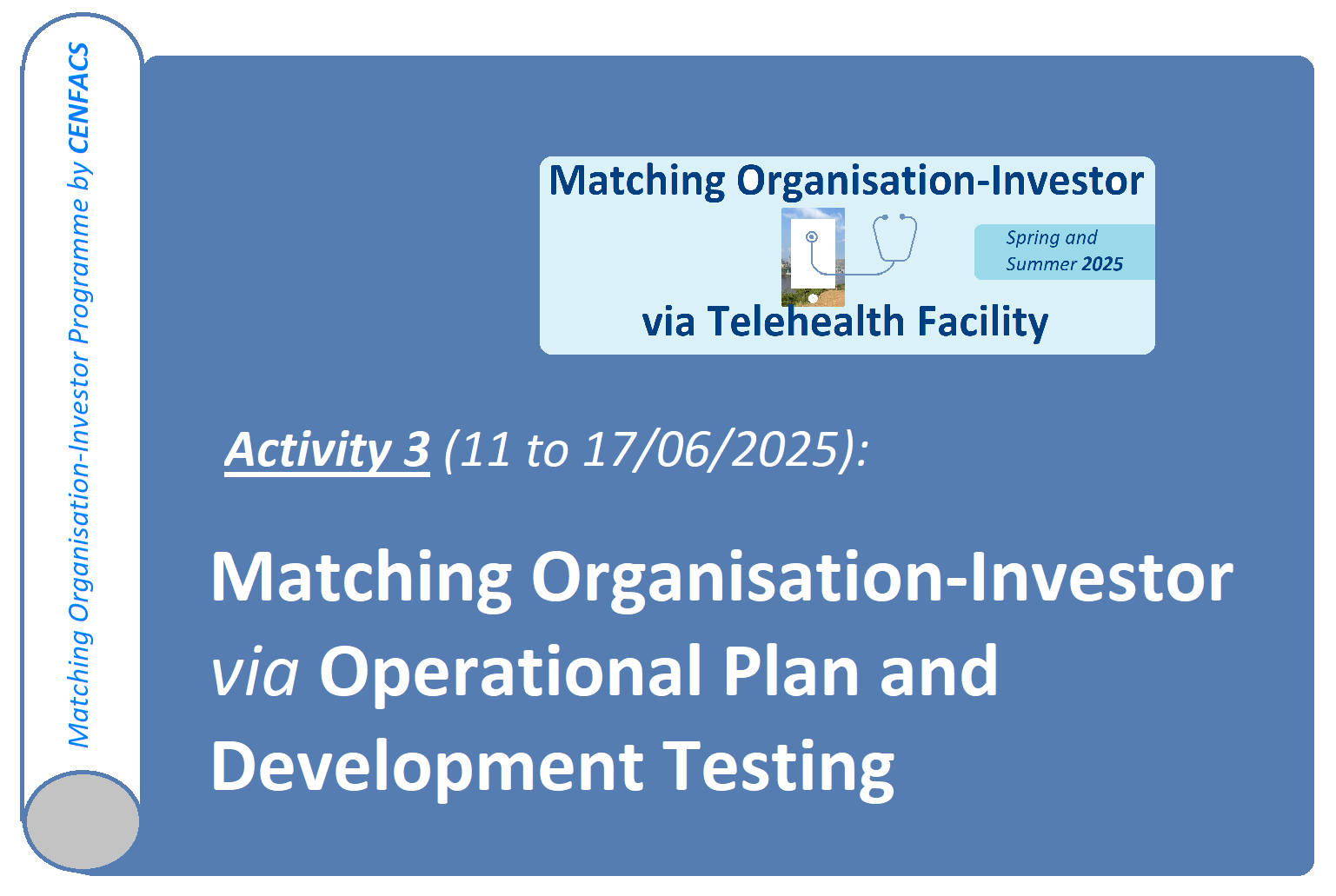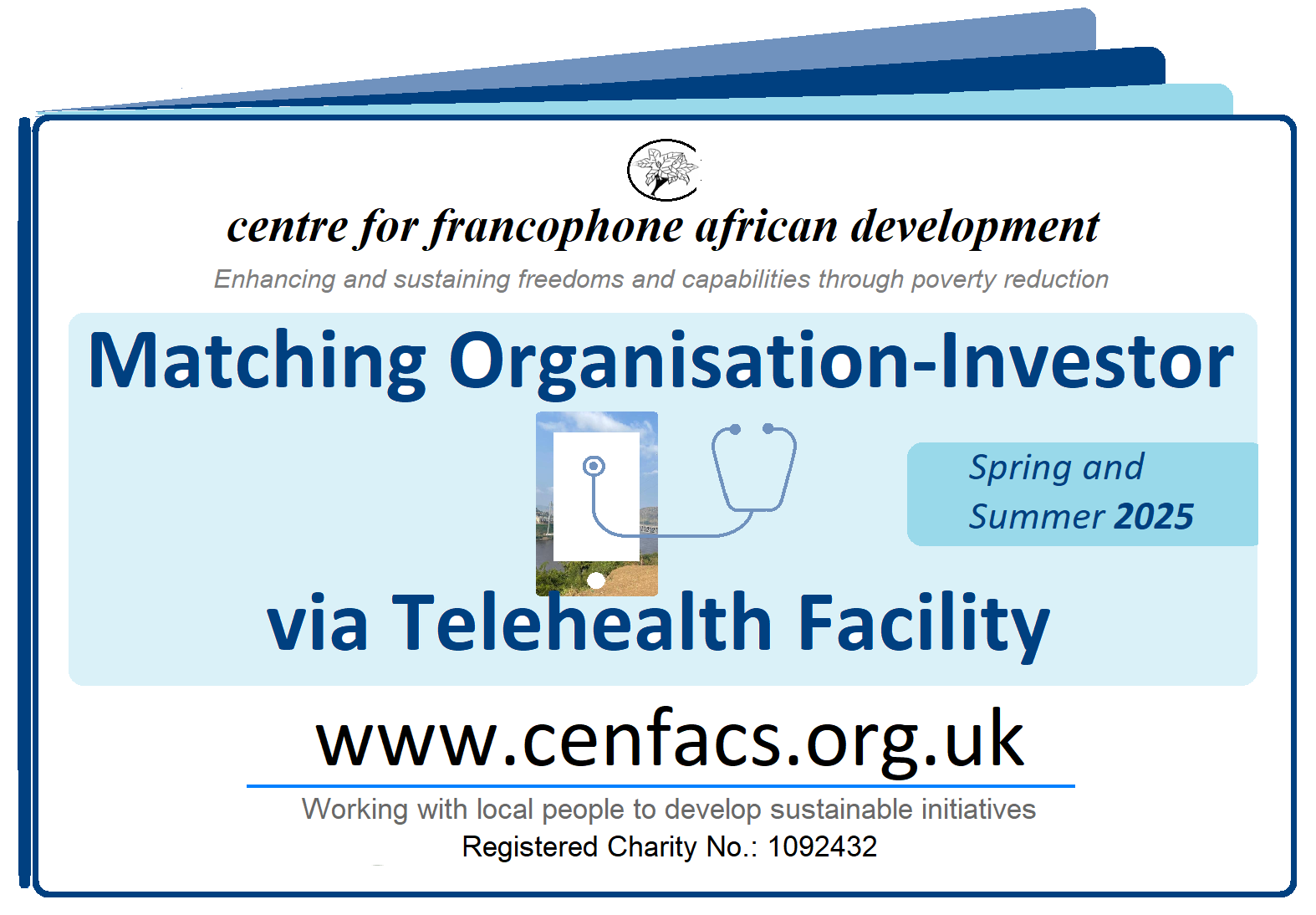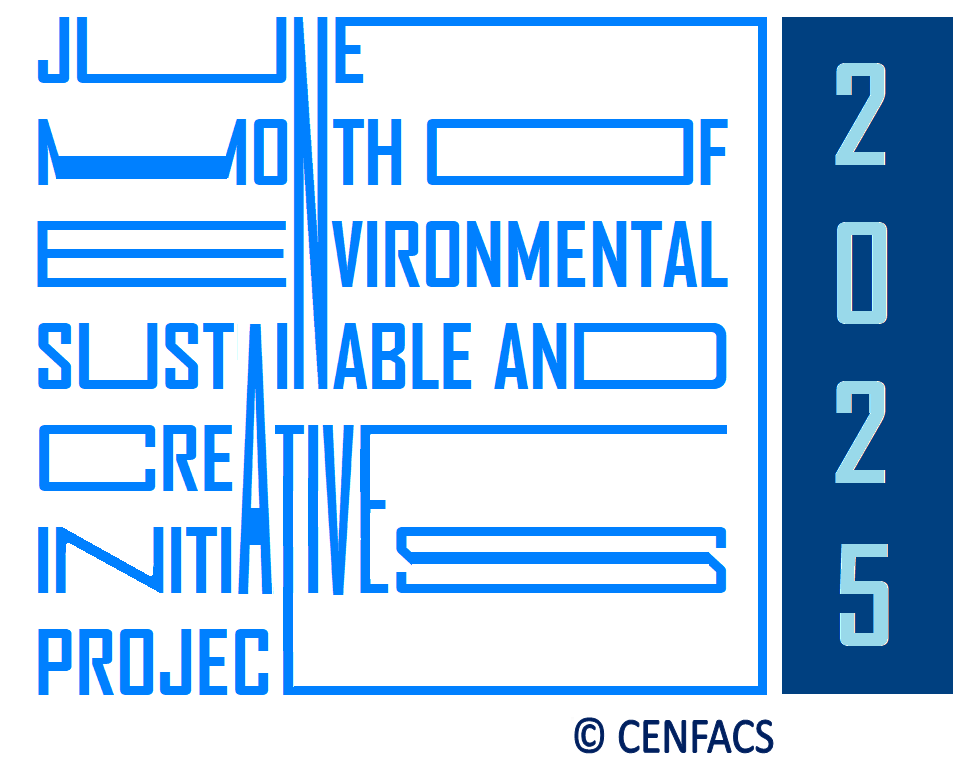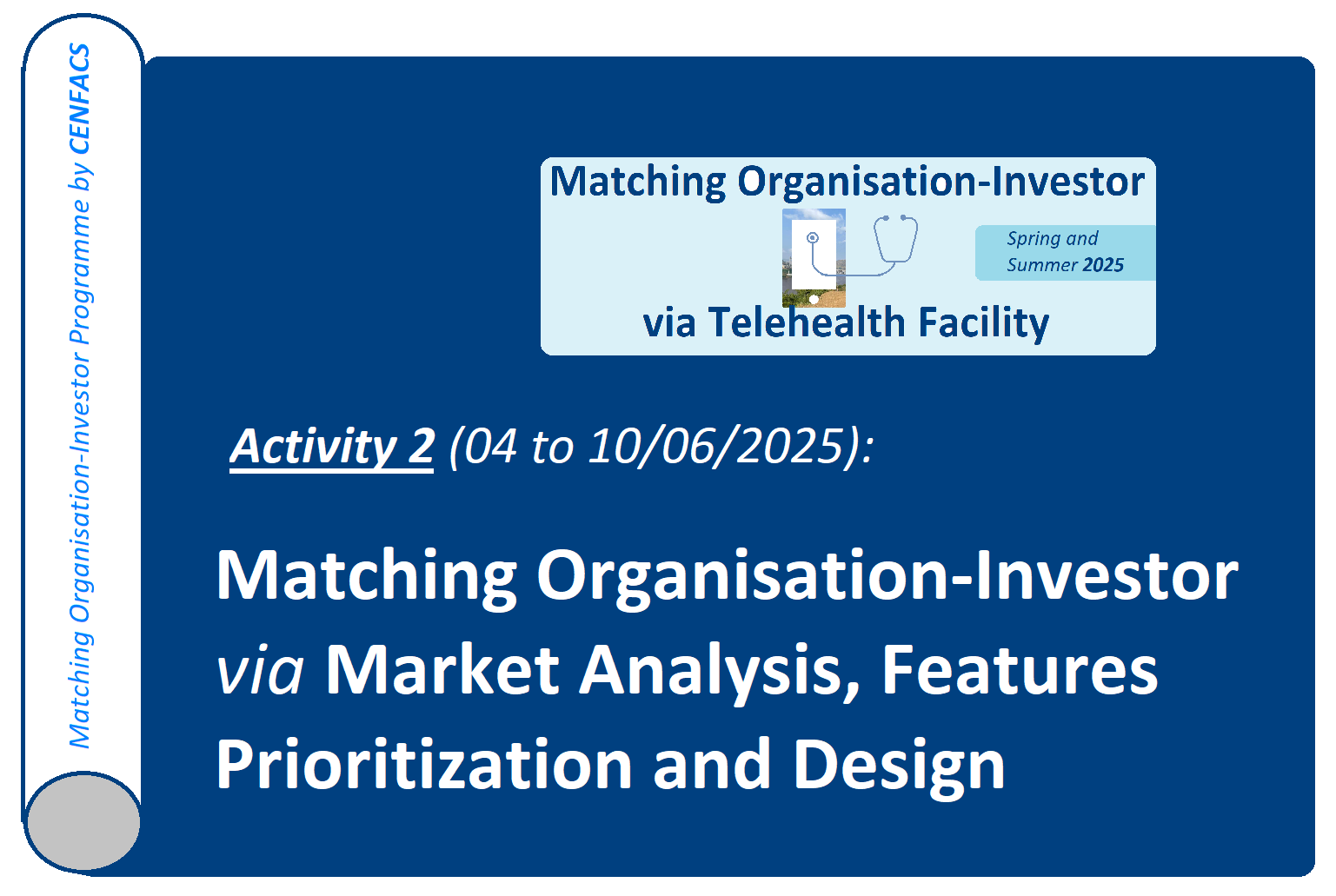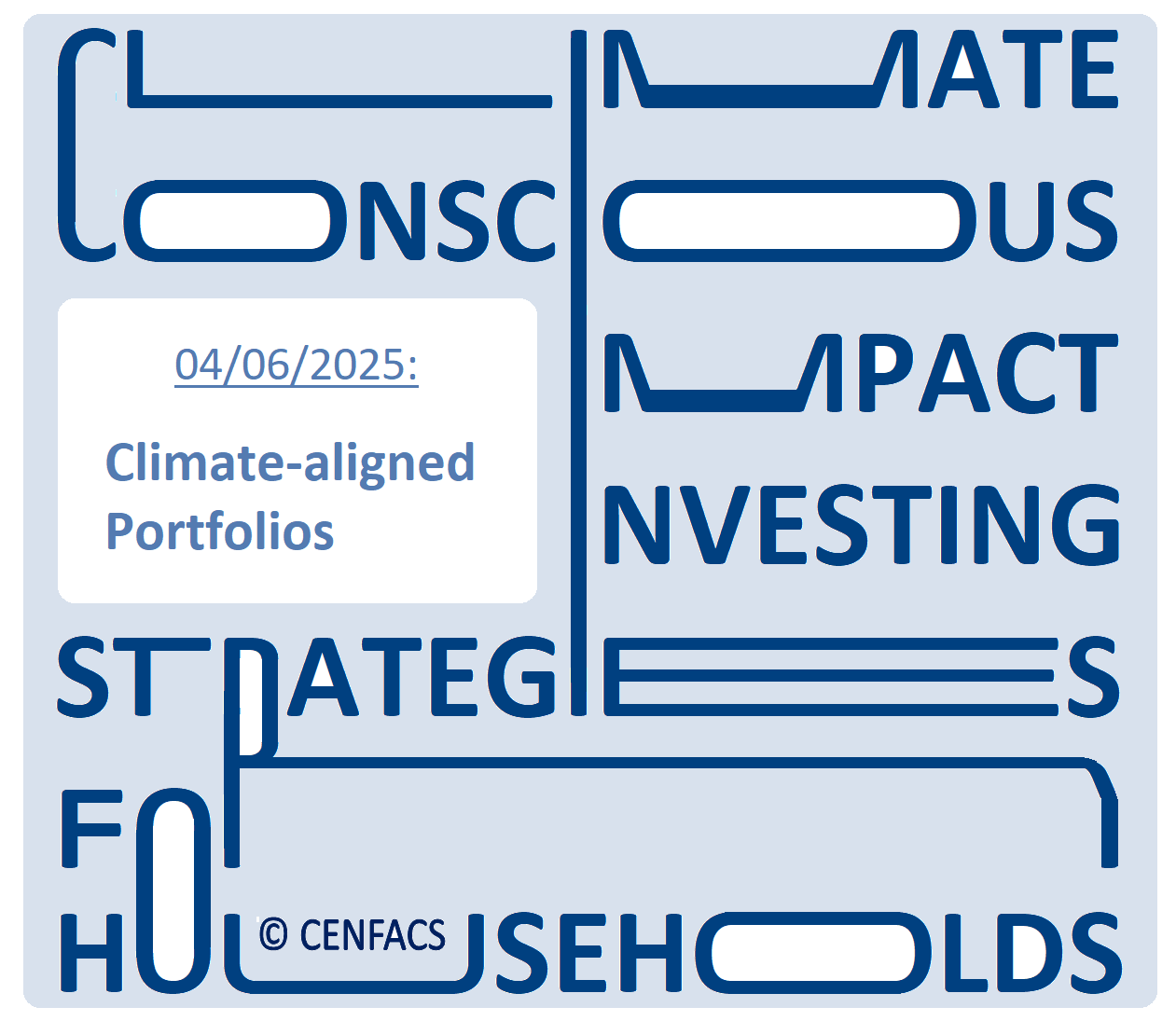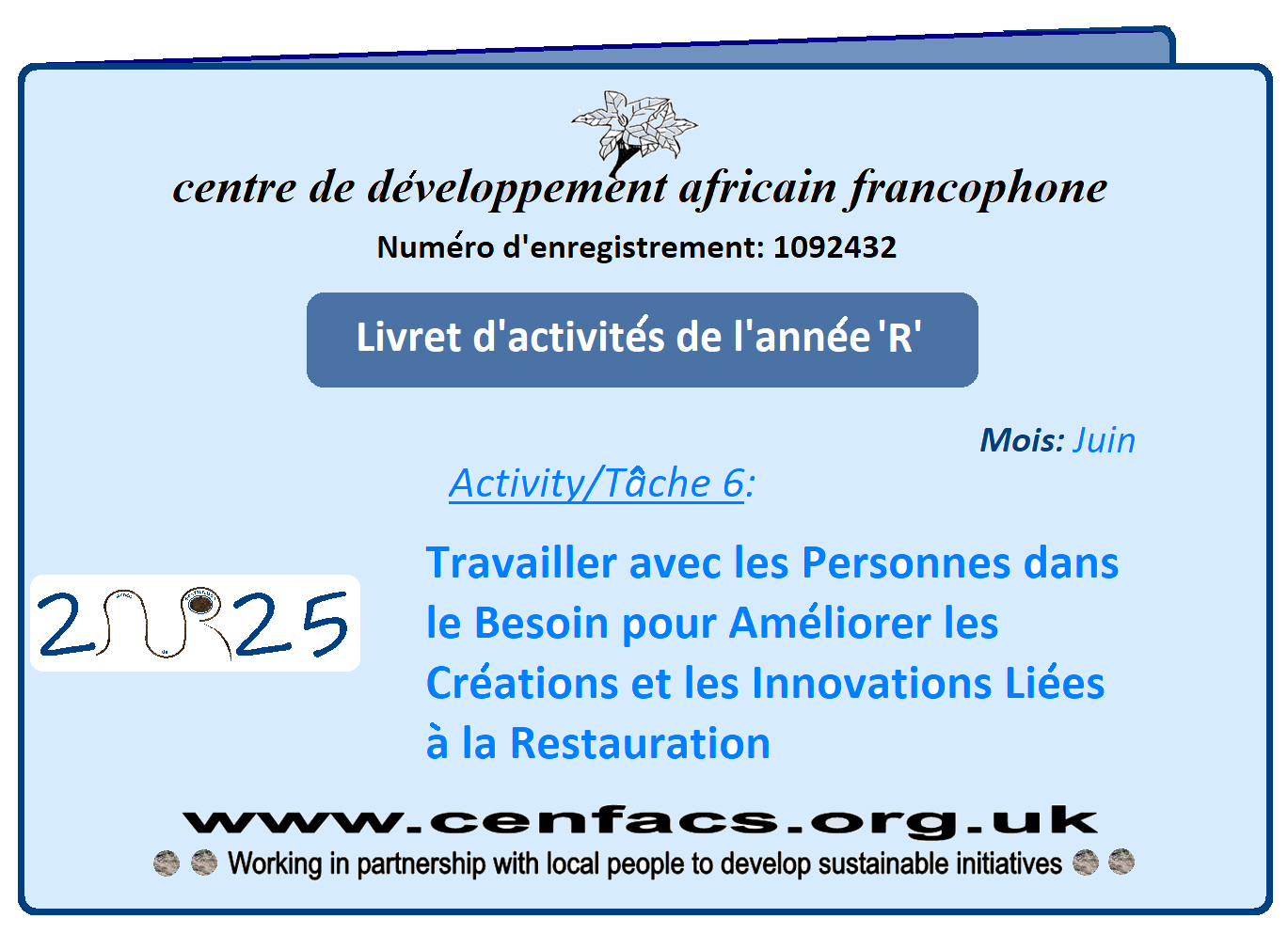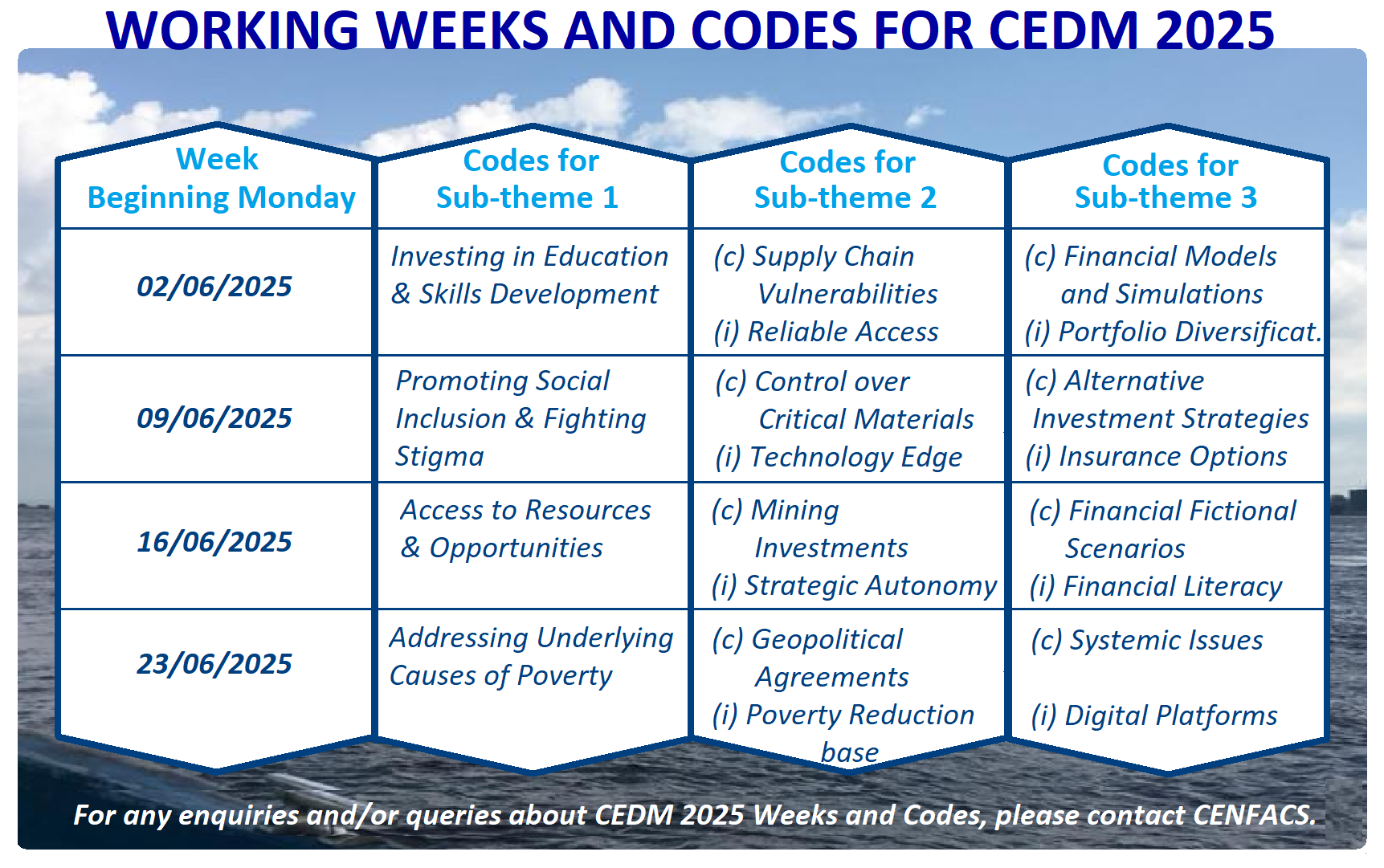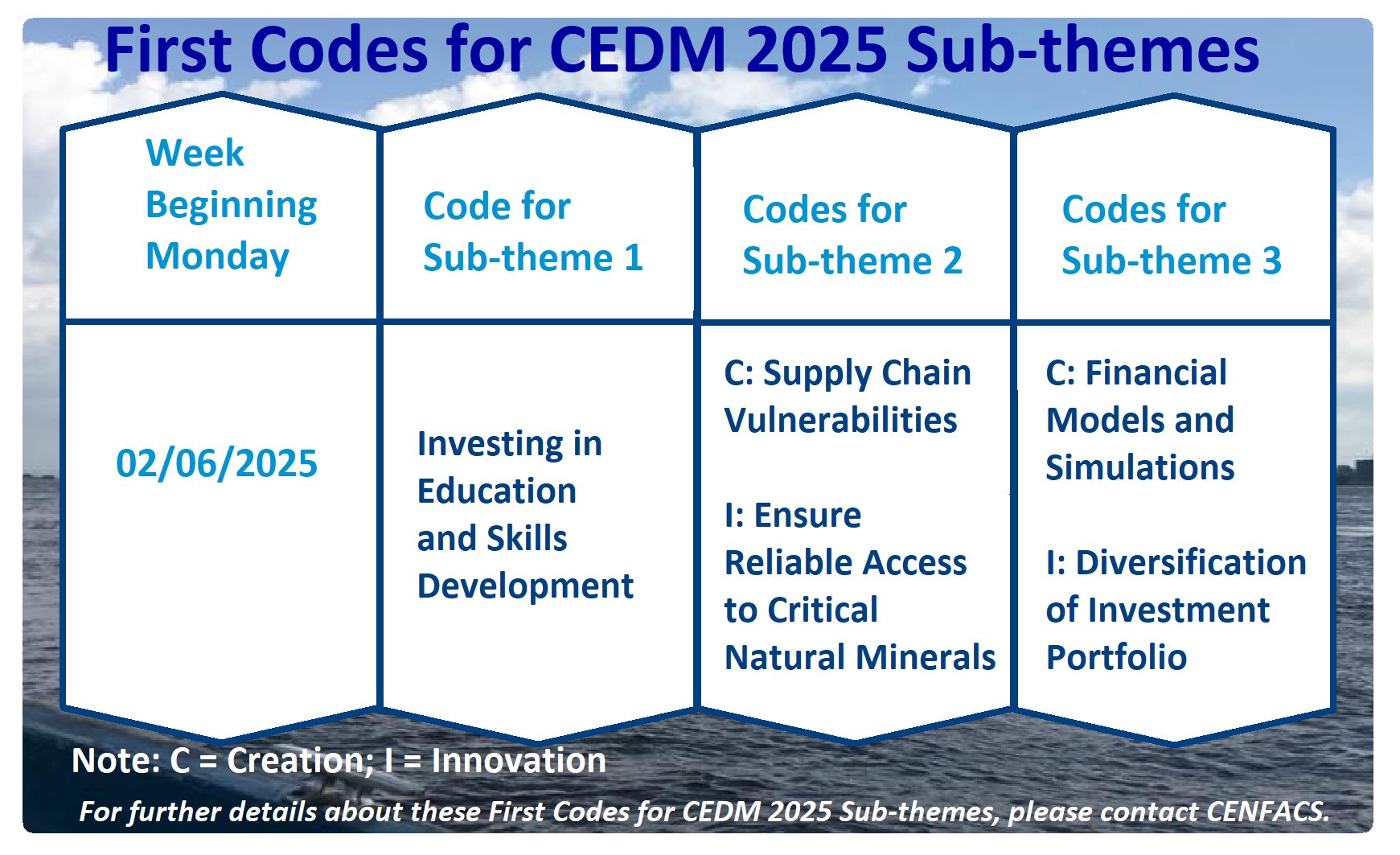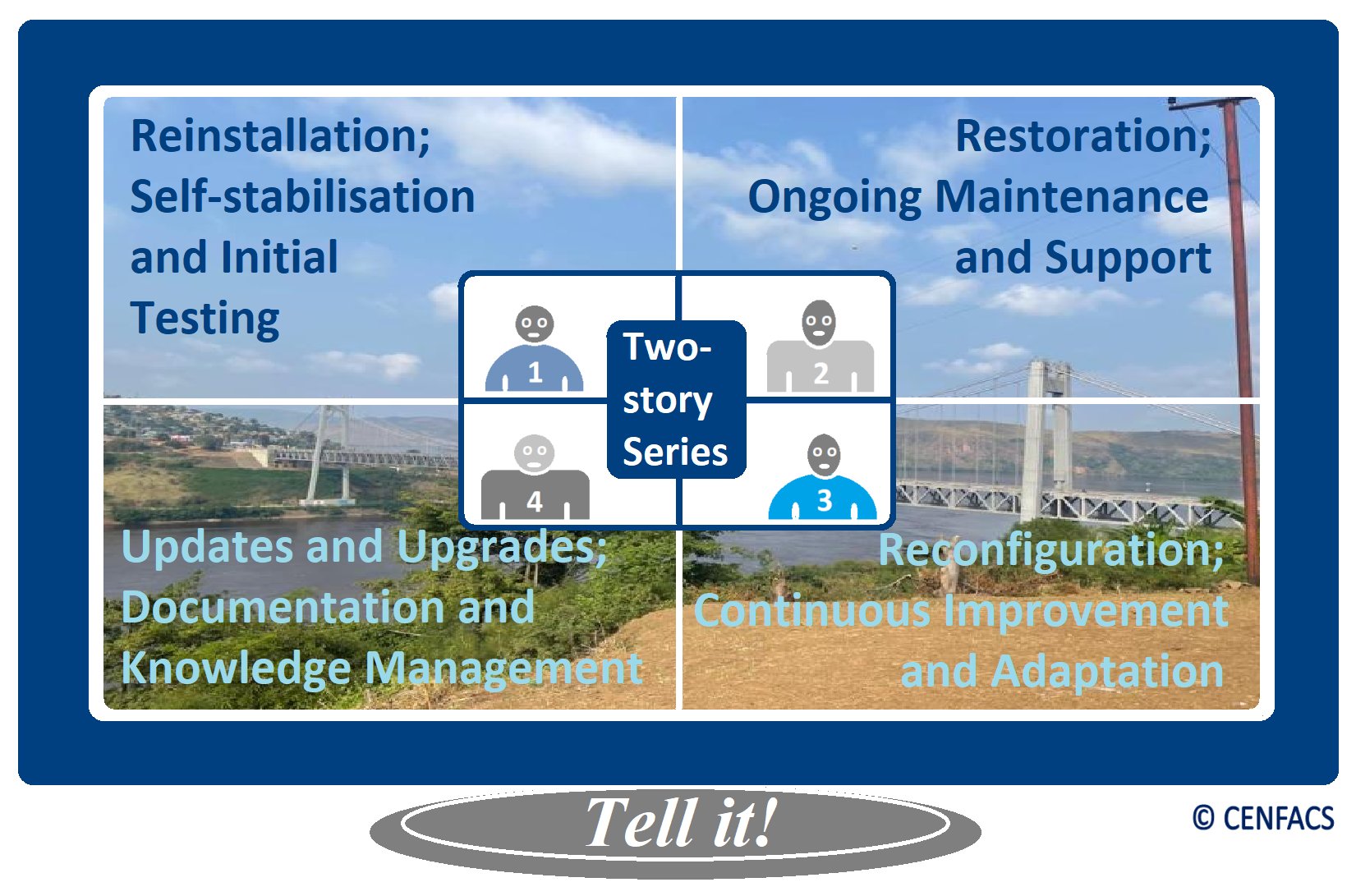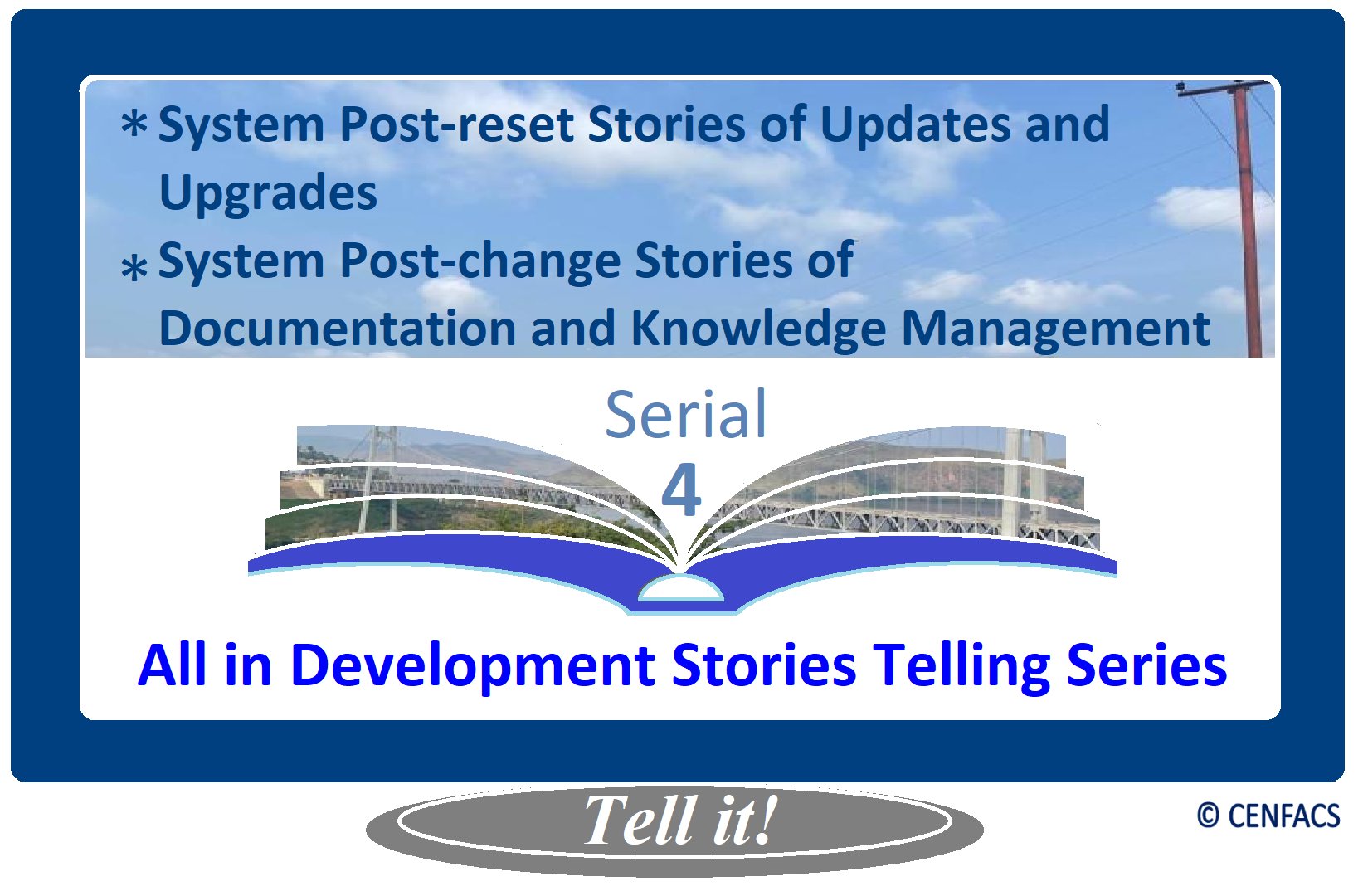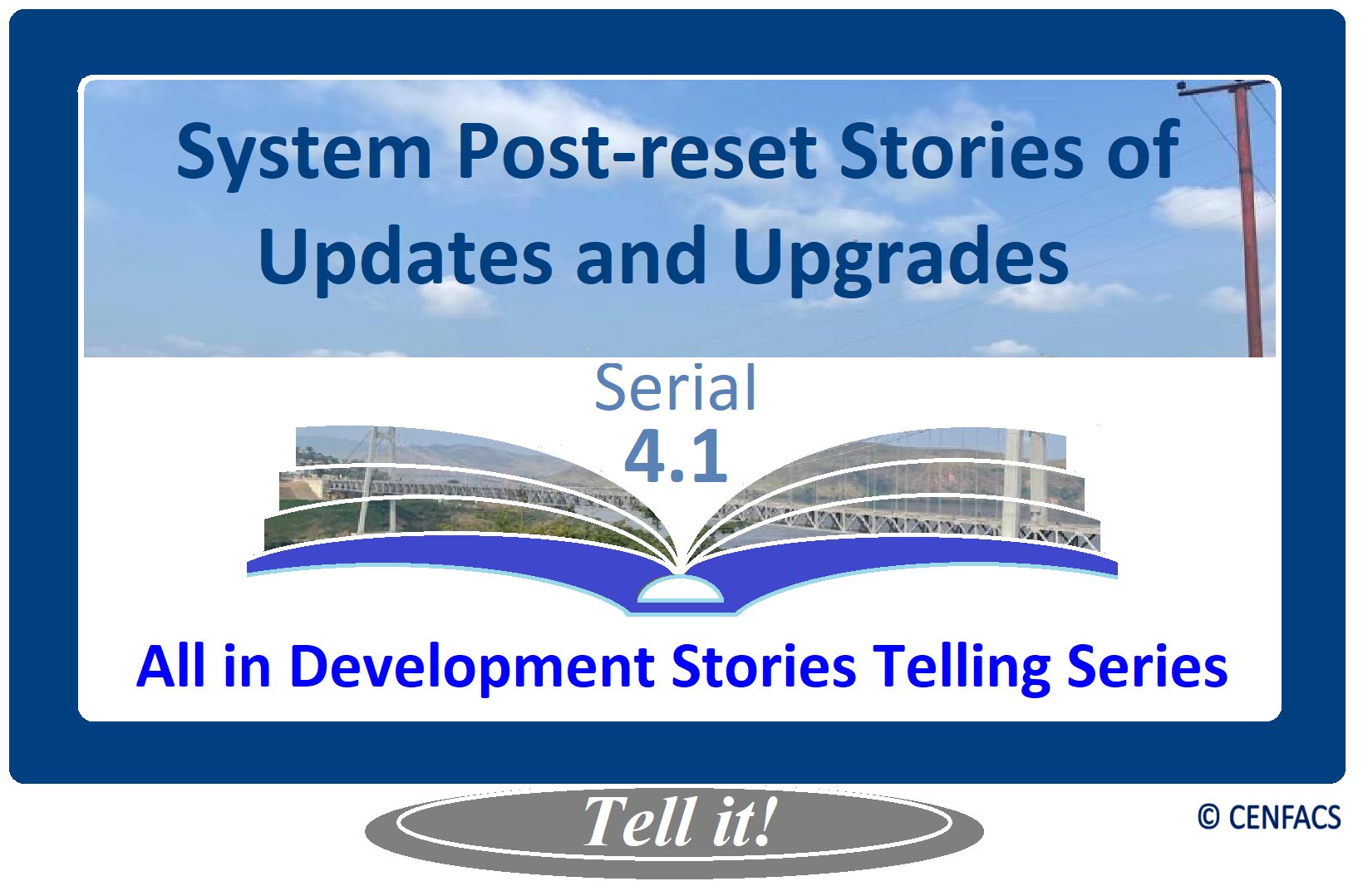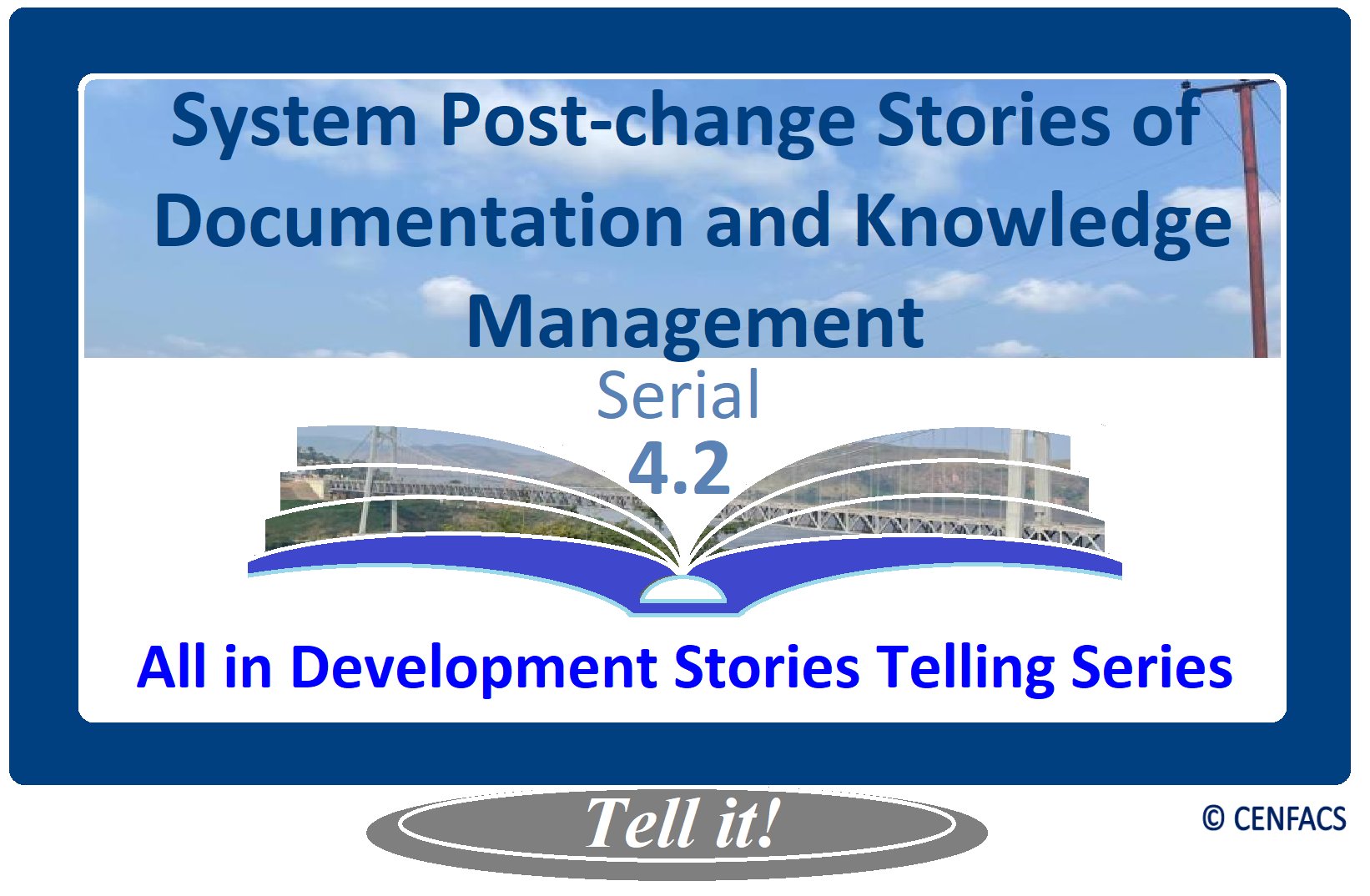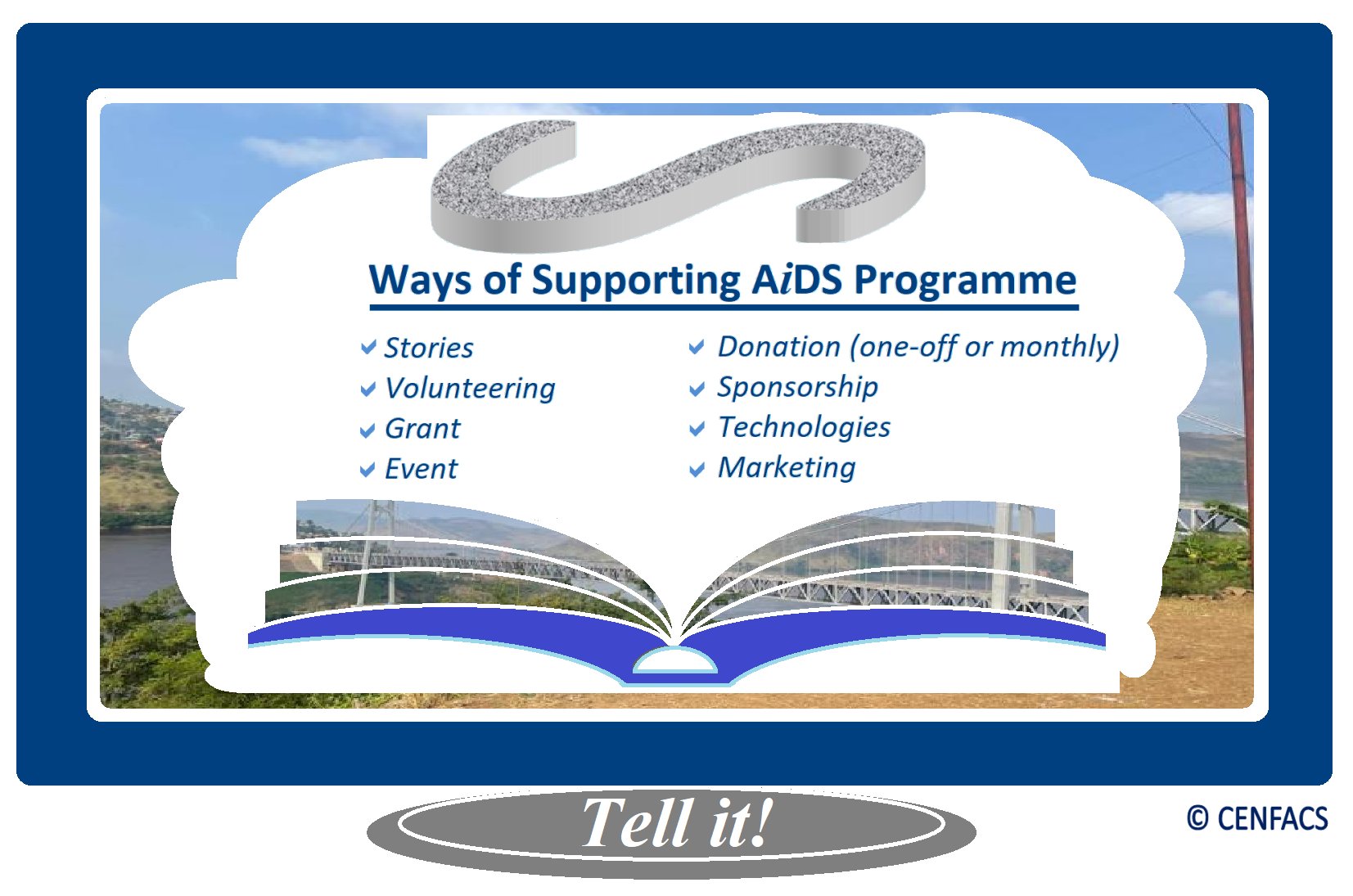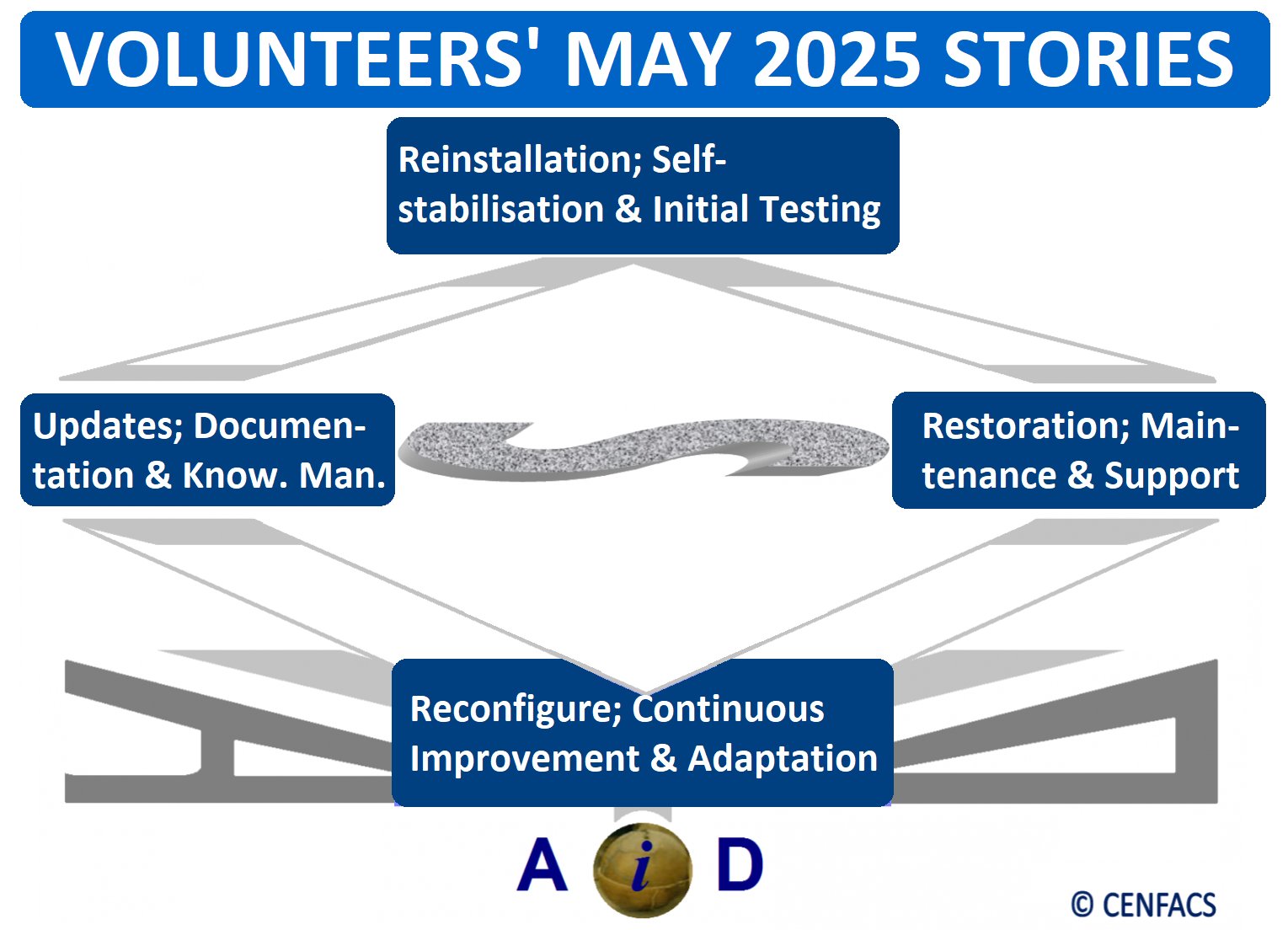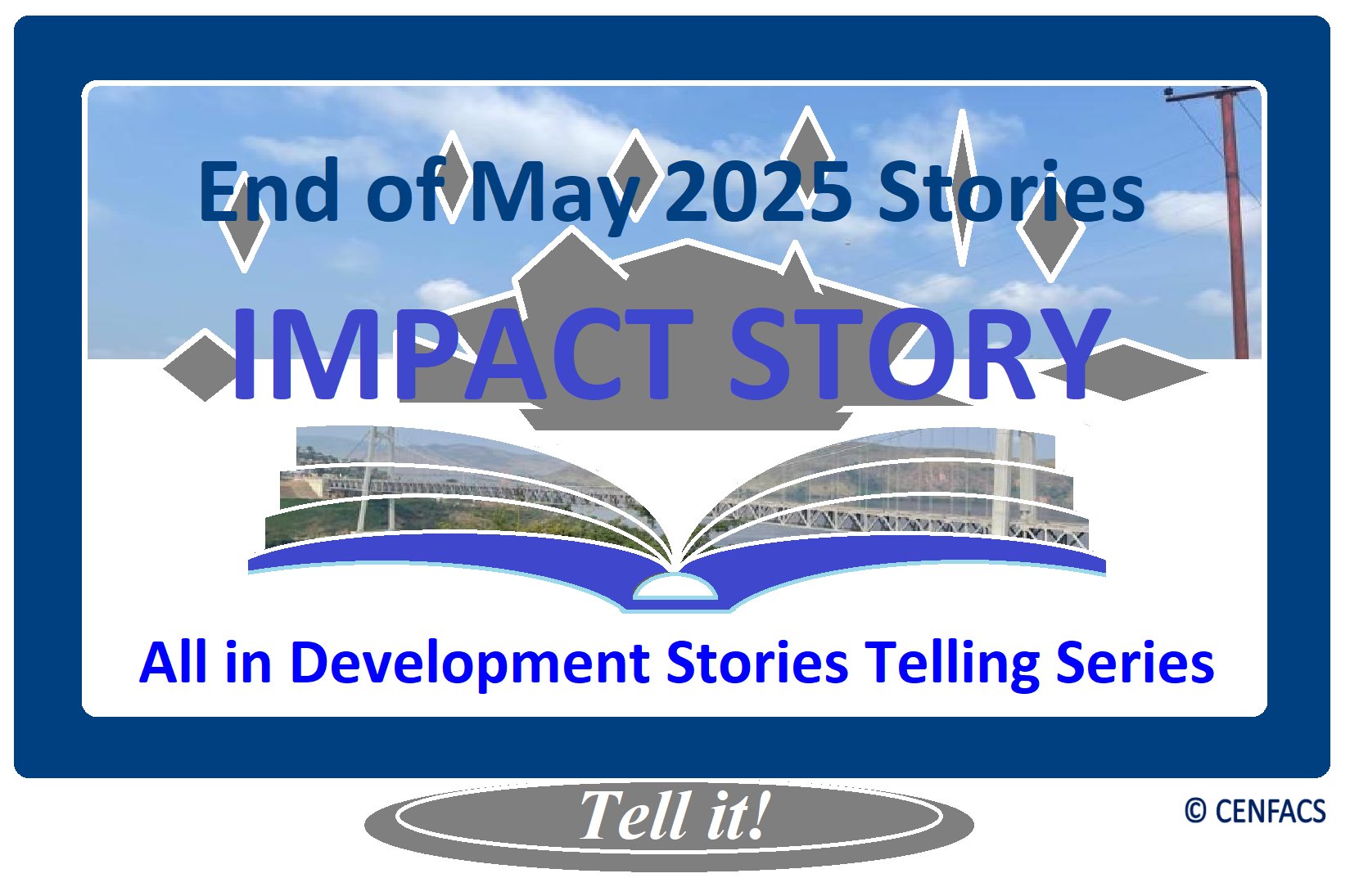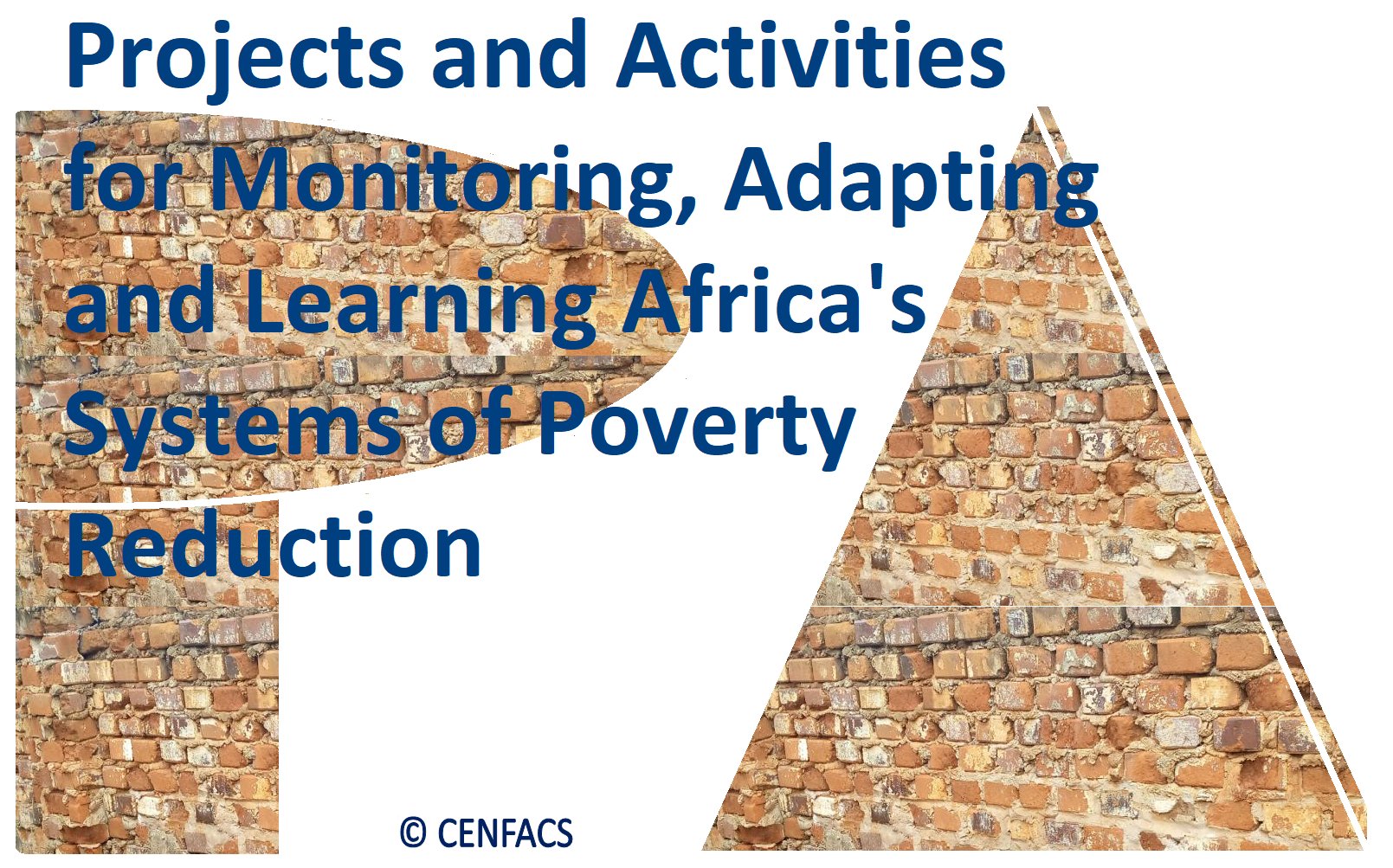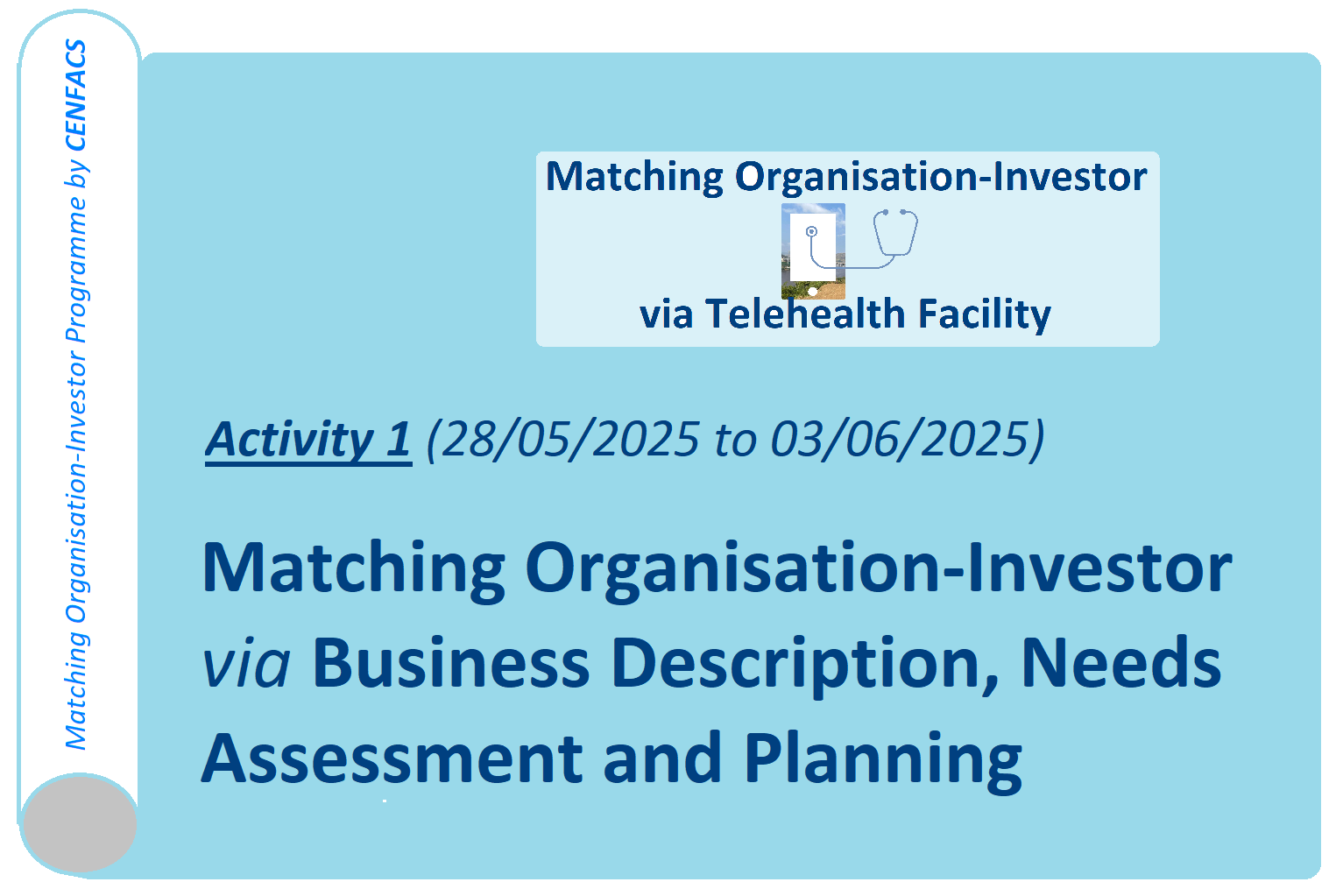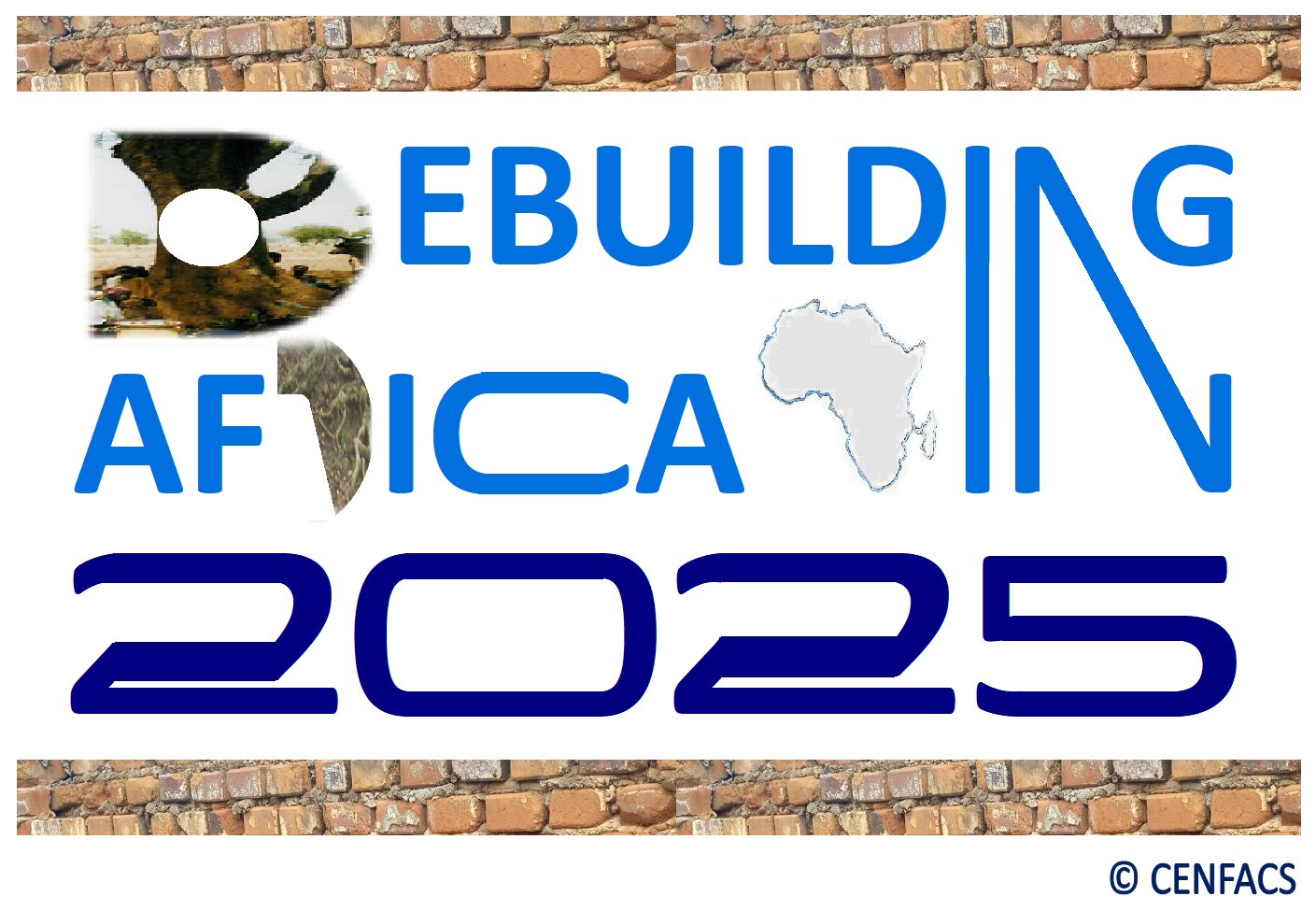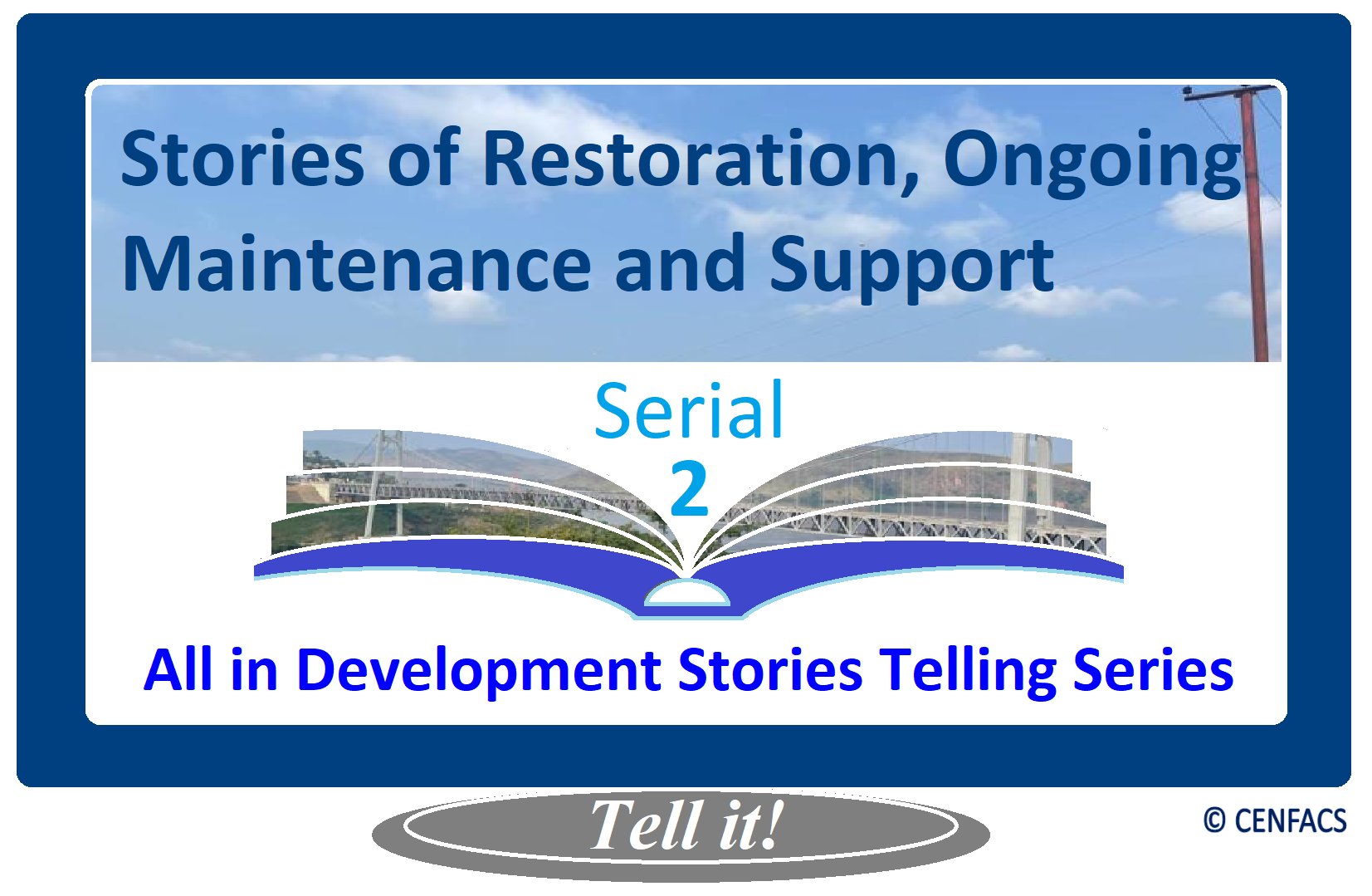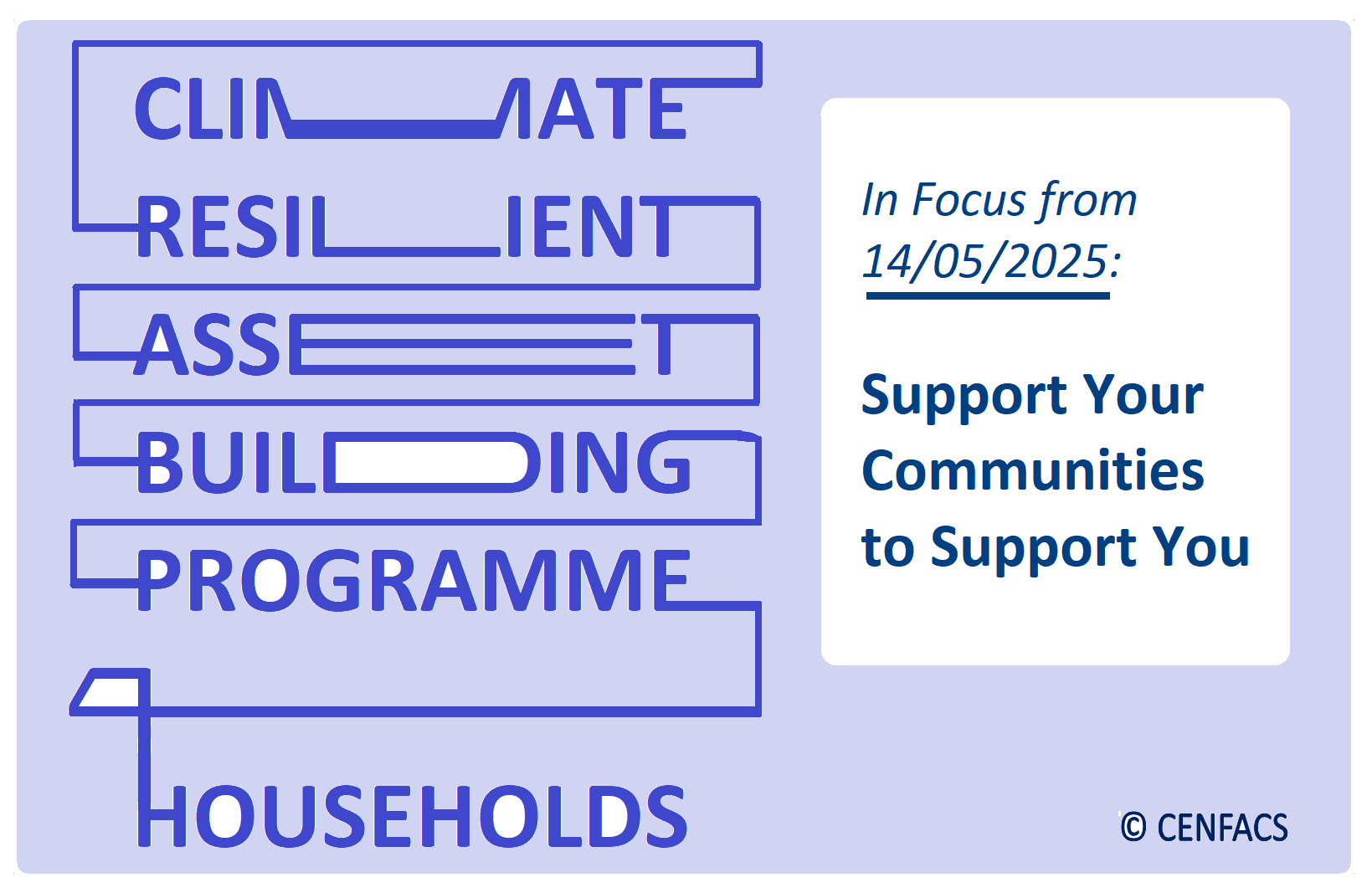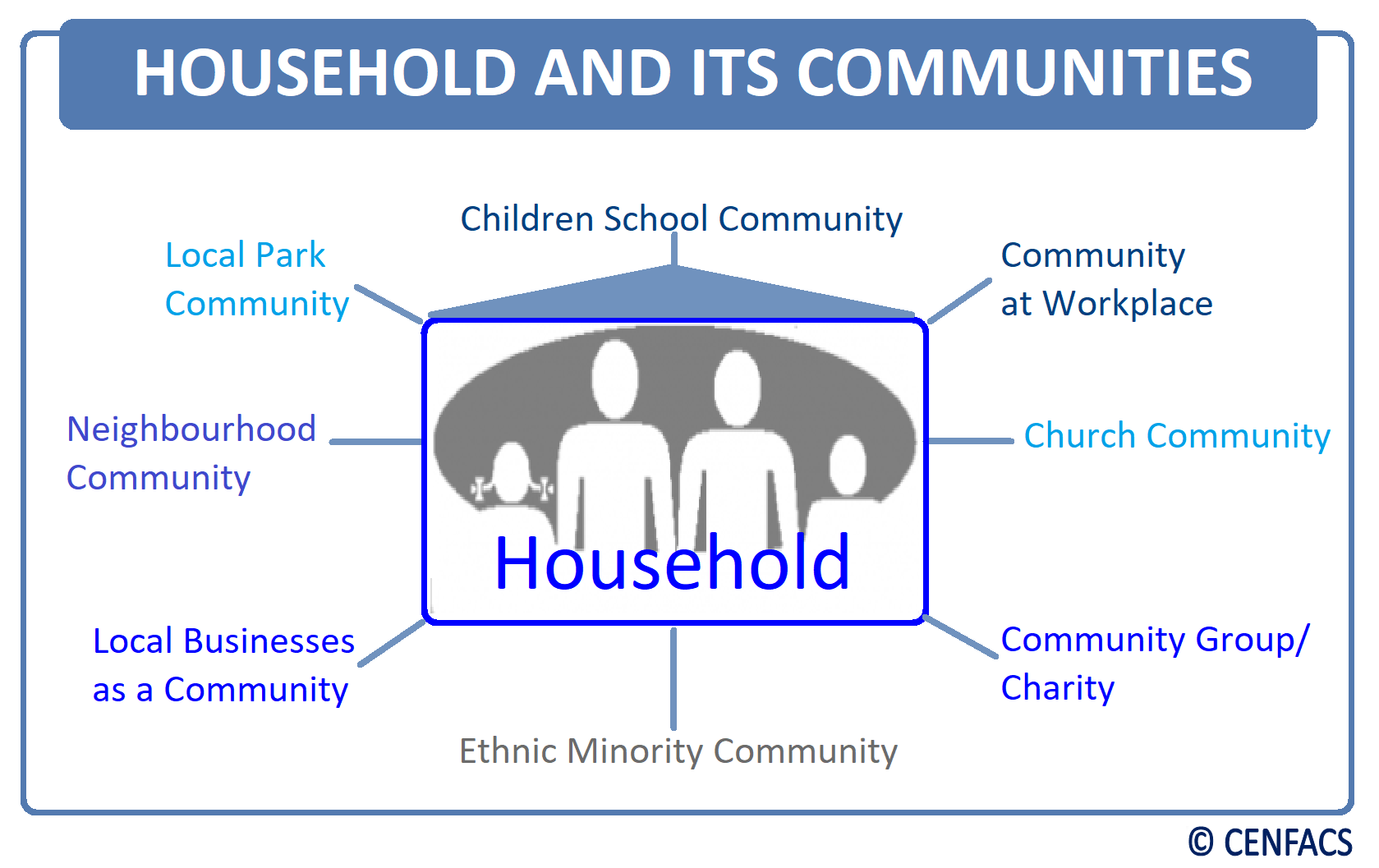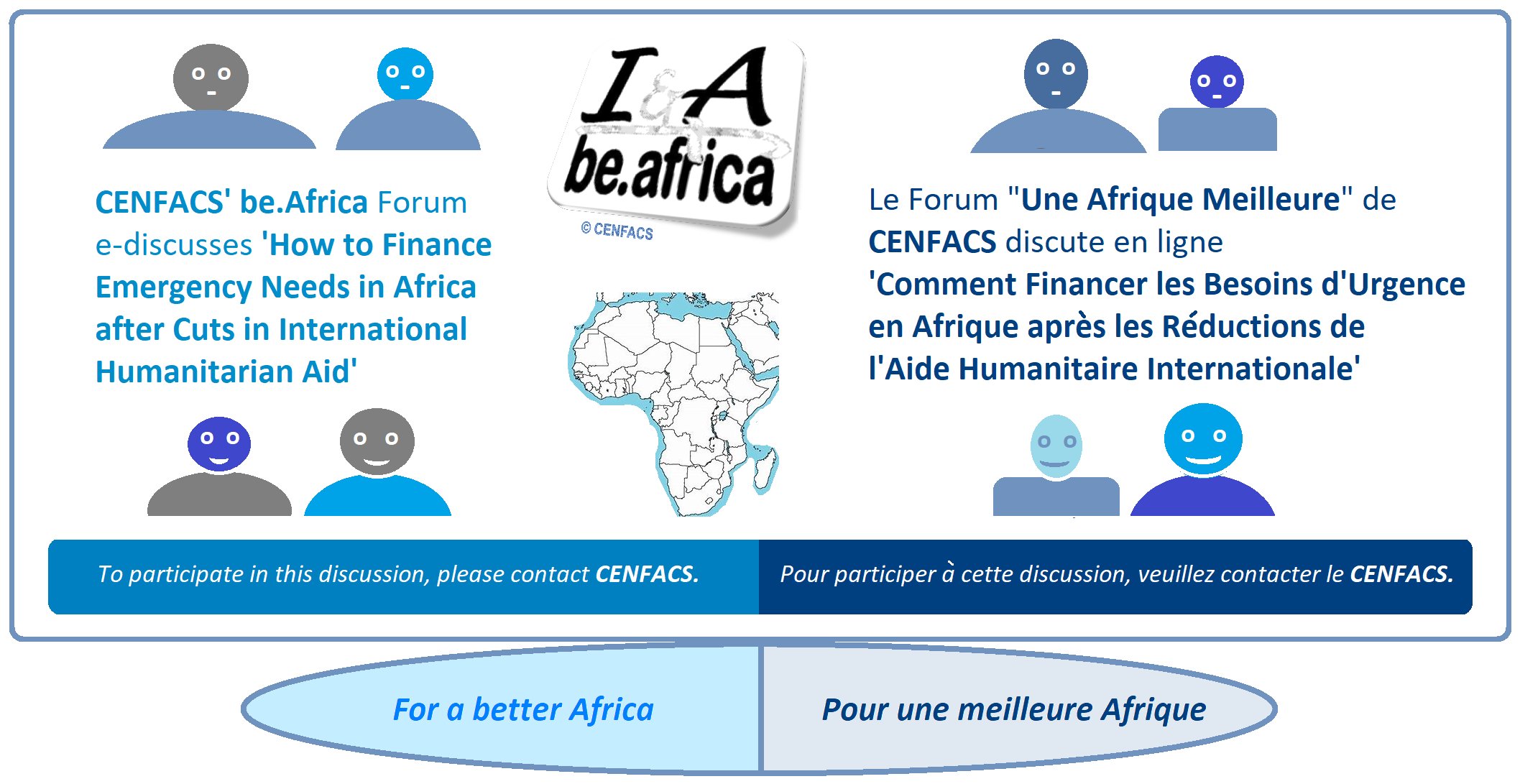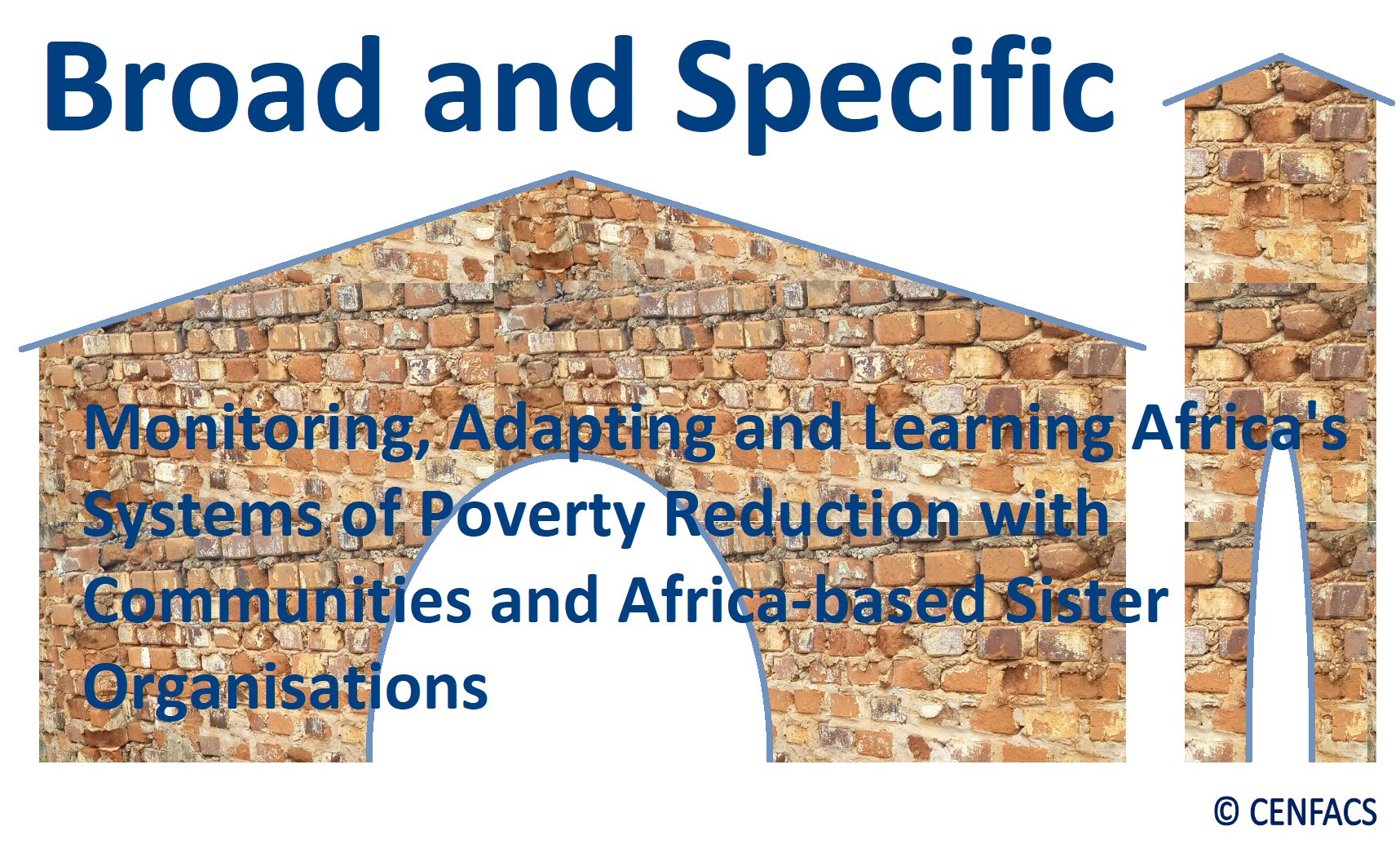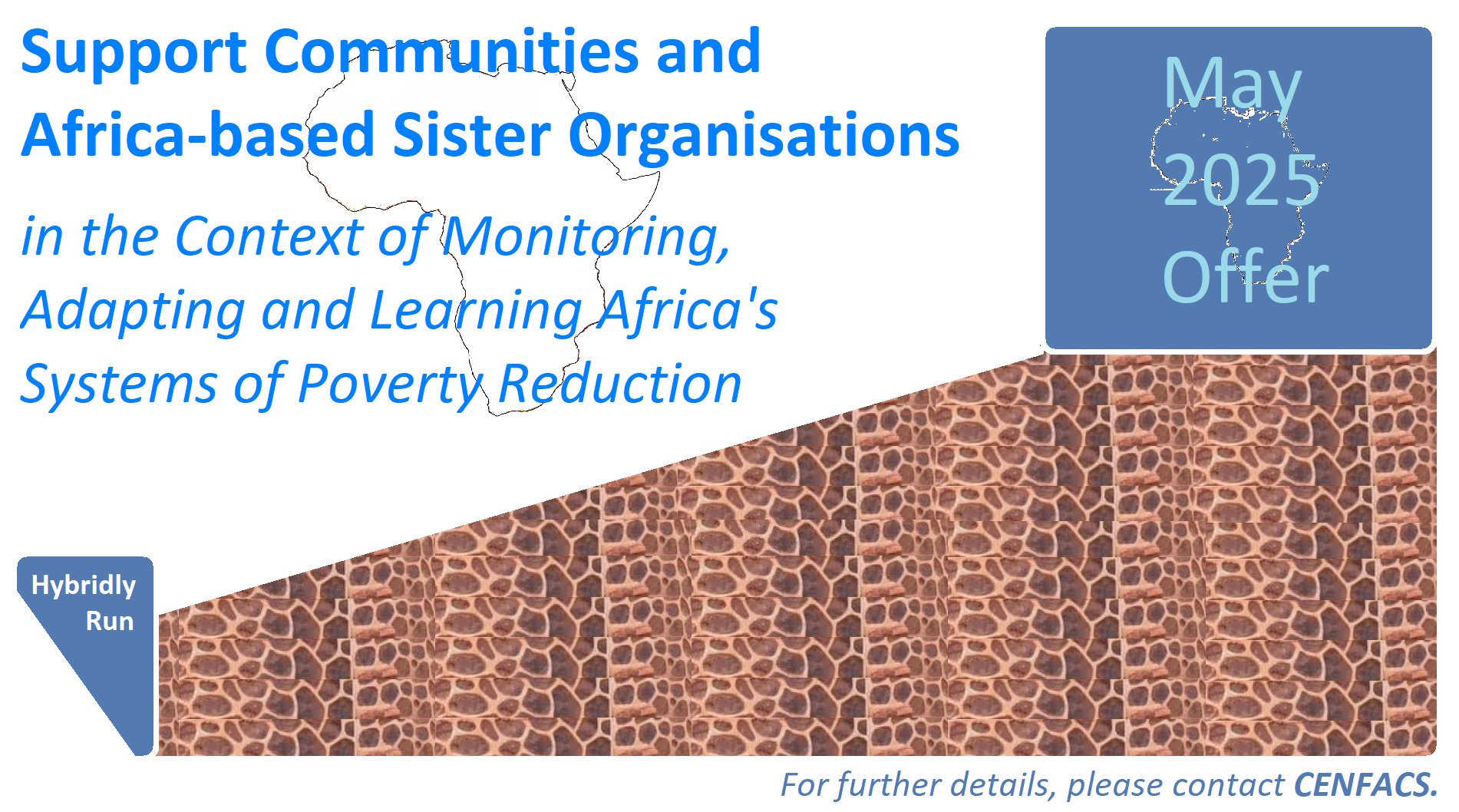Welcome to CENFACS’ Online Diary!
16 July 2025
Post No. 413

The Week’s Contents
• Happiness, Healthiness and Wellness Projects for Children, Young People and Families This Summer 2025
• July 2025 All-in-one Impact Feedback and Assessment (Activity Level 2): Impact Assessment and Metrics for CENFACS’ Moving Forward to Protect the Gains from Our Building-Forward-Better-Together Work
• Data Insight and Analytics for CENFACS’ Building Upon Progress to Achieve a More Equitable and Inclusive Society
… And much more!
Key Messages
• Happiness, Healthiness and Wellness Projects for Children, Young People and Families This Summer 2025
The cost of living pressures, extreme temperatures and the struggle that many households are having to meet their basic needs continue to pose an enormous challenge to the plan of many poor children, young people and families (CYPFs) to have a decent, affordable, happy, healthy, and balanced Summer holiday. Despite this challenge, there are still openings and opportunities available within the community and voluntary sectors to work together with these poor CYPFs so that they can navigate their way to have a happy, healthy, and balanced Summer break. These opportunities and possibilities include CENFACS’ Happiness, Healthiness and Wellness Projects.
CENFACS’ Happiness, Healthiness and Wellness Projects may not be the panacea for their problems; however they could be a step forward to pulling together with these CYPFs and support them to enjoy some forms of happiness, healthiness and wellness during this Summer season. The projects can make a world of difference by helping to alleviate poverty linked to the lack of happiness, healthiness and wellness. They can assist in reducing gaps in happiness, healthiness and wellness within our community while building trust and positive social connections to sustain happiness, healthiness and wellness. But what is happiness; what is healthiness; what is wellness?
• • Understanding Happiness
There are many ways of explaining happiness. According to ‘sloww.co’ (1), happiness is about solving the following (in)equation:
Happiness ≥ Events – Expectations
From this (in)equation, this website explains that
“The way we link about the events of our life and compare them to realistic expectations is what makes us happy or unhappy”.
Authentically, Martin Seligman (2) explains happiness by using this formula:
H = S + C + V
H stands for your enduring level of happiness;
S is your genetic happiness set range or set point, and constitutes 50%
C is the circumstances in your life, which constitutes 10%
V represents factors under your voluntary control, making up 40%.
John F. Helliwell at al. (3) go further in their annual World Happiness Reports including the latest one of this year by re-providing six factors of happiness, which are
income (or log GDP per capita), healthy life expectancy, social support or having someone to count on in times of trouble, having a sense of freedom to make key life decisions, generosity, and the absence of (or freedom from) corruption.
These factors are included in the design of CENFACS’ Happiness Projects 2025.
• • Explaining Healthiness
There are many ways of explaining and measuring healthiness. For example, ‘healthicine.org’ (4) speaks about individual measures of healthiness which include personal healthiness, nutritional healthiness, mental healthiness, etc. The same ‘healthicine.org’ tells us that each individual healthiness can be measured on a scale and shows it as deficient, normal, optimal or excessive. Deficient and excessive are both unhealthy.
One can use ‘calculatory’ system healthiness to find out if they are healthy or unhealthy. They can refer the body mass index (5) calculator to discover if their weight is healthy or not. They can as well refer to the metrics of calorie counting (6) to track what they eat and count calories.
These explanations and measures about healthiness have been included in the design of CENFACS’ Healthiness Projects 2025.
• • Defining Wellness
The definition of wellness used here comes from the Global Wellness Institute (GWI). According to GWI (7),
“Wellness is the active pursuit of activities, choices and lifestyles that lead to a state of holistic health”.
From GWI’s perspective, wellness is associated with an active process of being aware and making choices that lead toward an outcome of optimal holistic health and wellbeing. Still for GWI, most models of wellness include at least six dimensions: physical, mental, emotional, spiritual, social and environmental.
In the crafting of CENFACS’ Wellness Projects 2025, we have considered the above-mentioned six dimensions of wellness.
Happiness, Healthiness and Wellness Projects (or 6.3 Programme), which make the second part of our Summer Programme 2025, are made of six Summer initiatives to support 3 types of beneficiaries. These projects are the result of discussions with the members of the CENFACS Community; particularly poor children, young people and families making this community.
• • Features of Happiness, Healthiness and Wellness Projects 2025
There are three features about this year’s Happiness, Healthiness and Wellness Projects which are the link between CENFACS‘ services and life satisfaction of CENFACS‘ members, the distribution of life satisfaction amongst CENFACS‘ members, and social media and trackers in CENFACS‘ community happiness, healthiness and wellness. These features are highlighted in the Main Development section of this post. Under this Main Development section of this post you can also find the list of Happiness, Healthiness and Wellness Projects making our Summer Programme or Programme 6.3. Their contents will be unveiled as we move on and implement them during this Summertime.
For those who would like to have detailed or further information about each of the projects or the full 2025 version of this second part of our Summer Programme (that is Happiness, Healthiness and Wellness Projects), they can contact CENFACS.
• July 2025 All-in-one Impact Feedback and Assessment (Activity Level 2): Impact Assessment and Metrics for CENFACS’ Moving Forward to Protect the Gains from Our Building-Forward-Better-Together Work
Our work on this year’s All-in-one Impact Feedback and Assessment has moved to activity level 2. The latter is about assessing the changes that may have occurred as result of the application of CENFACS’ Moving Forward to Protect the Gains from Our Building-Forward-Better-Together Work.
To start this assessment of the impact and the metrics to be used, it is better to explain some key terms (i.e., moving forward, protecting the gains, impact assessment, and metrics) and how CENFACS‘ impact assessment relate to those terms.
• • Explaining Key Terms (i.e. Moving Forward, Protecting the Gains, Impact Assessment, and Metrics)
• • • Moving forward
According to ‘usdictionary.com’ (8),
“Moving forward means focusing your efforts on future progress rather than past events. It is the opposite of remaining stagnant or being stuck in the past”.
So, our work relating to moving forward is about progressing or advancing, positively changing or improvement poverty reduction, having a future-oriented perspective, having conversations with our stakeholders about what we have achieved together.
• • • Protecting the gains from our Building-forward-better-together work
Protecting gains has to be placed in the argument of ‘investinbrands.co.uk’ (9). Referring to the latter, Protecting the gains from our building-forward-better-together work is about diversifying our poverty reduction holdings, rebalancing our portfolio, hedging using options, moving the gains of hard-won poverty reduction into defensive places, monitoring the poverty reduction market sentiment, and staying educated and informed. In brief, it is about developing a plan to protect what we have built together.
• • • All-in-one Impact assessment
Let us first define impact assessment. The definition retains here for impact assessment comes from Chadwick and Glasson in 2017. Their view was quoted by David Streatfield and Sharon Markless (10) who argue the following:
“An impact assessment is an assessment that is frequently conducted to assess impacts or any consequences if any development projects, policies and programmes (Chadwick and Glasson, 2017). This assessment is essential in order to ensure 1) the development projects are being managed efficiently; 2) the policies and programmes are beneficial to stakeholders; and 3) the verified impacts are promoted to related stakeholders (Streatfield and Markless, 2009)”.
Using this definition, we are going to assess the impact of the work of CENFACS’ Moving Forward to Protect the Gains from Our Building-Forward-Better-Together Work. In other words, we are going to conduct an impact measurement. To carry out this impact assessment, we need to have an impact measurement strategy together with an impact dashboard which will enable to tell the story of this work through charts and visuals.
In addition, our impact assessment will be an all-in-one. This is because we have adopted an integrated approach (integrated impact assessment) which combines various impact assessments into a single one or a comprehensive process. Through this process, we shall consider the potential effects of a proposal or project on different aspects like equality, human rights, children’s rights, socio-economic disadvantage, and the environment.
In short, this all-in-one impact assessment will provide a framework for making more responsible and effective decisions by considering the diverse range of potential impacts a proposal or project might have.
• • • All-in-one impact assessment metrics and indicators
Let us start with metrics and indicators.
• • • • Impact metrics and indicators
According to ‘kissmetrics.io’ (11),
“Anything that can be objectively measured in numeric form counts as metric”.
Metrics are therefore specific measurable values that track performance or progress against goals.
Knowing what metrics are, it is possible to explain impact metrics. The website ‘socialimpactsolutions.com’ (12) explains it by arguing that
“Impact metrics are a set of measures that help you evaluate the effectiveness of your organisation’s activities, programmes, and projects. They allow you to determine whether or not a project has achieved its desired results”.
We are as well going to use impact indicators. The website ‘sopact.com’ (13) explains that
“An impact indicator is a measurable variable or metric used to assess the progress and effectiveness of an organisation’s activities in achieving its intended impact”.
In the context of impact measurement process and framework of CENFACS’ Moving Forward to Protect the Gains, actionable impact indicators and management will be employed.
Since we are dealing with all-in-one impact assessment, we are going to use an all-in-one impact assessment metrics system.
• • • • All-in-one impact assessment metrics system
Such system would integrate various indicators to comprehensively evaluate the effects of our intervention or initiative across different dimensions. This approach will combine social, environmental, and financial performance metrics to provide a holistic view of impact. In practical parlance, we shall identify relevant indicators, measure performance against those indicators, and analyse the data to understand the overall impact.
For the impact assessment of the above-mentioned CENFACS’ Moving Forward to Protect the Gains, we can use the following all-in-one impact assessment metrics:
~ Output metrics (e.g., the number of households signposted to specialist advice service)
~ Outcome metrics (e.g., the quality of life improvement for households with financial resilience skills after following the project of Financial Controls and Monitoring 2025)
~ Reach metrics (e.g., the number of individuals or households affected by the Data Storytelling and Communication Skills for Households)
~ Equity metrics (e.g., how our Campaign to End Poverty Induced by Rising Costs of Living impacted different members of CENFACS Community).
When applying the above-mentioned metrics, we shall ensure that these metrics align with the theory of change we are using, the mission and vision of CENFACS.
• • What Is CENFACS’ Moving Forward to Protect the Gains?
CENFACS’ Moving Forward to Protect the Gains is a set of projects and activities designed to keep progress ad proactively advance by focusing on the steps that help ensure that poverty reduction we care about most is preserved and carried forward. It is also the gift we are going to leave to future generations in terms of what we achieved from our Building-Forward-Better-Together Work.
From this definition, our Impact Assessment will continue (like last year) to consider these four areas of assessment which include
(a) reduction of endemic structural disadvantages and inequalities, (b) dismantling structures of discrimination disadvantaging the poor, (c) building on the moral and legal framework of human rights that places human dignity at the heart of policy and action, and (d) positively transforming our relationship with nature.
The assessment will be on the way our community members have rebuilt their lives in relation to these areas. For example, we could assess how satisfied or dissatisfied they are with the cost-of-living pressures or with their relationship with nature.
• • What Do Theories Say about Impact Assessment?
Intrac (14) summarises some of the positions around impact assessment by giving two definitions (from the Organisation for Economic Cooperation and Development and Roche) of impact within social development, which are as follows: an impact is
“The positive and negative, primary and secondary, long-term effects produced by a development intervention, directly or indirectly, intended or unintended” (Organisation for Economic Cooperation and Development, 2010)
“Lasting or significant change – positive or negative, intended or not – in people’s lives brought about by an action or a series of actions” (Roche, 1999)
• • How We are Going to Apply these Definitions
We are going to use both definitions in these ways:
(a) Roche’s definition will help to capture short-term and meaningful changes in terms of life-changing benefits such as savings made on energy and food consumption to manage the cost-of-living crisis. We can as well include humanitarian appeals we made (e.g. Having Poverty with and for the Internally Displaced Orphans in Africa) to deal with the orphanage situation in Africa.
(b) The OECD (Organisation for Economic Cooperation and Development) definition will enable to include long-term changes in CENFACS’ capacity and system of poverty reduction (e.g. the hybrid advisory service that we set up as a result of cost-of-living pressures will continue in the future, particularly during this challenging and changing time of overlapping multiple crises like trade tensions and geo-political uncertainties).
To conclude, we are still carrying out impact assessment or assessing change on an on-going basis (or impact monitoring) while doing another impact assessment or assessing actual change for some of our 2024-2025 programmes and projects that have reached the end of their lives. This impact assessment will be carried out until the 31st of July 2025.
The results of these impact assessments will be published in our end-of-year 2024-2025 accounts and other impact reporting documents in due course.
• Data Insight and Analytics for CENFACS’ Building Upon Progress to Achieve a More Equitable and Inclusive Society
From 17 to 31 July 2025, we will be looking at the patterns and other meaningful information gathered from the analysis of data about the work of CENFACS’ Building Upon Progress to Achieve a More Equitable and Inclusive Society; while we are conducting an impact assessment of the same work. In other words, we are working to find out, interpret and communicate patterns in data in a meaningful way to the work of CENFACS relating to Building Upon Progress. This exercise will help to know what data (that is, raw, unorganised facts and figures) found will be telling us. Before going any further, let us briefly explain Building Upon Progress to Achieve a More Equitable and Inclusive Society.
• • What Is Building Upon Progress to Achieve a More Equitable and Inclusive Society?
Let us start by explaining the terms building upon progress, equitable and inclusive society.
Concerning the concept of ‘building upon’, the website ‘goong.com’ (15) argues that
“Build upon refers to expand or develop something based on a foundation, idea, or existing framework. It implies taking what already exists and enhancing or elaborating upon it”.
The same ‘goong.com’ further clarifies that
“Build upon success is to leverage past achievements to ensure continued progress or improvement”.
Regarding the concept of ‘inclusive society’, the website ‘smowl.net’ (16) states that
“An inclusive society recognises and celebrates the diversity of its members, promoting equal opportunities and eliminating barriers to full participation”.
Similarly, the ‘un.org’ (17) provides 3 ways to foster societies where everyone is included, which are: leave no one behind, promote global collaboration, and foster inclusive digital transformation.
As to equitable society, the website ‘youlead-protect.eu’ (18) asserts that
“Equity is a foundational concept that embodies the pursuit of fairness, justice, and inclusivity in every aspect of society. It goes beyond the idea of equality, focusing on addressing historical and systemic disparities to create a more just and balanced world”.
The above-named definitions help to elucidate what we mean by Building Upon Progress to Achieve a More Equitable and Inclusive Society.
Building Upon Progress to Achieve a More Equitable and Inclusive Society is thus a progressive way of working and using a success or achievement as a base from which to realise more successes to make a community or society in which everybody has equal access to opportunities and feels valued and supported. To check this, there is a need to use metrics.
• • Data Insight and Analytics Metrics
We are going to use metrics and frameworks to deal with data insight and analytics. We are going to utilise metrics and frameworks to know how users interacted with our services and within Building Upon Progress to Achieve a More Equitable and Inclusive Society.
Data insight metrics will help to understand users’ journey to poverty reduction, to equitable and inclusive community/society.
For example, we can compare the lifetime value of volunteer and compare it to the cost of hiring a volunteer.
Another example is that we can apply referral metrics to track users recommending our services to their friends and families or relatives. We can also employ email campaign performance to discover patterns in data from those who responded to CENFACS’ Building Upon Progress to Achieve a More Equitable and Inclusive Society.
We can as well collect fundraising analytics metrics to improve our fundraising capacity in finding funding for the different projects or activities making CENFACS’ Building Upon Progress to Achieve a More Equitable and Inclusive Society.
For instance, we can utilize the following fundraising analytics metrics: donation volume donor lifetime value, preferred giving methods, contacted conversion rate, donation acquisition cost, return on investment, etc. These metrics will enable to analyse and get insights into how we managed to attract donors/funders to our noble and beautiful cause of poverty reduction.
To enable to get the above-named metrics, it requires engagement.
• • Engaging with the Analytics and Insight Activity
We are continuing to ask supporters and users as well as Africa-based Sister Organisations to engage with us in responding and reacting to our poverty relief work in their own words, voices, infographics and numbers. They can rate and or provide a statement about these programmes and projects. Where possible, they can provide information graphics (such as charts, graphs, images, etc.). The data collected via their responses will be processed and analysed to see if there is a meaningful pattern in them.
If anyone has data (a collection of facts or figures) or information regarding the advice service we provided via for example the advice sessions we ran or resources we produced to help the community to Build Upon Progress to Achieve a More Equitable and Inclusive Society.; this is the opportunity to share their data or information with us.
To share data with us and or engage with this data insight and analytics activity level 2, please contact CENFACS.
Extra Messages
• Specific Implementation of Analytics and Impact Activities – In focus from Wednesday 16/07/2025: Programme and Impact Measurement, Reserves Policy, and Team Building and Volunteerism
• Coming this July 2025: Summer Festival of Thoughts and Actions with a Focus on Mining, Infrastructure Development for the Poor and Poverty Reduction
• The Application of Data and Insight Skills to Manage Your Household – Session/Application 2: Task Management and Organisation (from Wednesday 16/07/2025)
• Specific Implementation of Analytics and Impact Activities – In focus from Wednesday 16/07/2025: Programme and Impact Measurement, Reserves Policy, and Team Building and Volunteerism
We are as carrying on with the specific implementation of analytics and impact activities. From this Wednesday, we are undertaking the activities below.
• • Programme and Impact Measurement for Various Data Types Activity
Under this sub-activity, we shall deal with beneficiary analysis, outcome measurement, and data-driven decision making. Let us summarise the contents of this sub-activity.
~ Beneficiary analysis
It is the understanding of the characteristics and needs of beneficiaries and how programmes were tailored to meet their needs as well as how to measure the effectiveness of these programmes.
~ Outcome measurement
We are tracking key performance indicators related to programme goals, and outcomes to assess the impact of CENFACS activities.
~ Data-driven decision making
We shall use data insights to refine programme strategies, allocated resources effectively, and maximise the positive impact of CENFACS.
• • Reserves Policy for Financial Analysis Activity
We are going to look at CENFACS‘ policy of keeping money aside as reserve to protect itself against drops in income or allow it to take advantage of new opportunities, as stated by ‘gov.uk’ (19). Reserves are the funds a charity keeps in reserve (20). We shall assess the level of free reserves (unrestricted funds available for general purposes) and their adequacy.
Briefly, we shall review CENFACS‘ reserves policy and financial resilience.
• • Team Building and Volunteerism for Impact Activity
Basically, we shall analyse CENFACS‘ team building activities and volunteer opportunities. In other words, we shall find out the types of activities that CENFACS undertook to build its team. We shall as well analyse how CENFACS provide opportunities for the members of the public to donate their time and skills to support CENFACS‘ work and poverty reduction cause.
In short, as part of implementing analytics and impact activities, we are going to conduct the above-mentioned three specific activities for this week, while dealing with the broad aspects of Analytics and Impact Month 2025.
• Coming this July 2025: Summer Festival of Thoughts and Actions with a Focus on Mining, Infrastructure Development for the Poor and Poverty Reduction
The 17th Edition of our Summer Festival of Thoughts and Actions will start from Tuesday the 22nd of July 2025 as scheduled.
CENFACS’ Summer 2025 Festival will
√ deal with the extraction and processing of minerals in Africa, in particular but not limited to critical and strategic minerals, as well as mining projects
√ look at revenue generated from these minerals and its redistribution to good causes
√ explore the reinvestment of this revenue in infrastructure development for the poor and the business of poverty reduction in Africa
√ focus on infrastructure development for the poor
√ discuss opportunities that mining projects can create for shared infrastructures in Africa
√ think how the development of infrastructure for poor people – via mining projects – can help to further reduce poverty in Africa.
The following headlines summarise the organisation of the festival:
∝ Making any contributions in the form of thoughts and/or comments
∝ Event guide and programme
∝ Supporting the 7DDJ2025 (Seven Days of Development in July 2025) event.
Let us explain what the above named headings contain.
• • Making any Contributions in the Form of Thoughts and/or Comments
For those who will be making any contributions in the form of thoughts and/or comments, it will be good to stick to the daily themes as planned. Likewise, it makes easy for the good running of the festival to be short and precise in making thoughts or comments.
This will allow capture the impact they are making. In this way, this will as well enable us to meet the Festival’s aim and get the difference that it will make to the lives of those who are looking for infrastructures to develop from mining projects.
THINK • ACT • SHARE • ADD VALUE • SPREAD
• • Event Guide and Programme
The following is the make-up of Summer 2025 Festival.
• • • 7DDJ2025 Registration: FREE!
The entry to the 7DDJ2025 is FREE.
For those who are busy and who can remotely, directly respond to the daily themes from their technological devices (e.g. laptop, desktop PC, tablet, phone, etc.) without having to attend any online sessions, there is no need to register.
For those who will have the opportunity to join our online sessions (or video conference), they may be notified about the days and times these sessions may happen. They will need to sign into their Google accounts to join if everything remains the same.
• • • Daily Themes
Daily Themes (DTs) provide a daily opening thought or starting point of the broad topic/issue of Mining, Infrastructure Development for the Poor and Poverty Reduction. Each DT will last all day and the only day it is planned.
• • • Responses to 7DDJ2025 Contributors
Each respondent will receive a reply to their contribution in the form of either an acknowledgement of their participation or a reaction expressed as an argument to their responses or even both. Also, they will be entitled to receive the summary report on this summerly event.
• • • Lead Thoughts
Lead thoughts, which will be introduced on the day of festival, are a general idea on the thought of the day. There are designed to lead to or generate more thoughts, potential research paths or investigative grounds that can be further explored to shade some lights to our Summer Thoughts and Actions. They are not an end for themselves.
MAKE YOUR IDEAS AND COMMENTS COUNT!
• • • 7 Daily themes
Day 1: The role of sustainable mining in infrastructure development
Day 2: Infrastructure development for the poor and shared infrastructures
Day 3: The contribution of mining projects to poverty reduction
Day 4: Mineral wealth and economic equality
Day 5: Participation of local communities in the mineral sector
Day 6: Equitable distribution of the benefits of mineral extraction
Day 7: Mining contracts and the reduction of poverty as a lack of peace.
• • Supporting the 7DDJ2025 event
• • • 7 Ways of supporting 7DDJ2025
You could…
√ Post your thoughts, comments and views on any themes and topics of the event directly to CENFACS
√ Pass the message onto interested persons
√ Feedback on previous 7DDJF events
√ Promote the event around you and/or by using other means available to you and at your convenience
√ Help us re-cover the expenses of the event specifically and/or the running cost of CENFACS’ work generally
√ Support CENFACS on a regular basis to enable us to continue our work
√ Support our new initiative about Mining, Infrastructure Development for the Poor and Poverty Reduction.
• • • 7 Ways of proceeding with your wish
Please choose below the kind of support you want to provide and let us know
√ Promote the event
√ Feedback CENFACS on previous events
√ Circulate the news about the event
√ Help in the recovery of 7DDJ 2025 expenses
√ Fund CENFACS for its deserving work, noble and beautiful cause of poverty reduction
√ Provide helpful and supportive comments or views
√ Support CENFACS in your own way.
Please mail your intent to support and or support to CENFACS
Closing date for reply: 07/08/2025
Please read the above event supporting information and mail us your comments and views (on the themes of your interest) to facs@cenfacs.org.uk.
For further details about our Seven Days of Development in July or Summer 2025 Festival, please contact CENFACS.
Thank you for your continued support.
With best wishes and full of inspiration and creativity throughout our dedicated days of Festival of Thoughts and Actions on Mining, Infrastructure Development for the Poor and Poverty Reduction.
The 7DDJ2025 Events Team,
Thank you.
• The Application of Data and Insight Skills to Manage Your Household – Session/Application 2: Task Management and Organisation (from Wednesday 16/07/2025)
In this second application, we are going to deal with three areas of managing and organising task: visualising, prioritising, and automating repetitive tasks. Let us summarise each of these tasks.
• • Visualising tasks
We shall use tools (like Kanban boards or Gantt charts) either digitally or on paper to track chores, appointments, and other tasks. This will provide a clear overview of what needs to be done and by whom.
• • Prioritising tasks
We shall categorise tasks by urgency and importance to ensure that the most critical items are first addressed.
• • Automating repetitive tasks
We shall explore ways to automate tasks, such as setting up automatic bill payments or using smart home devices to manage temperature and lighting.
Depending on the level of income that households have (how much they would like to invest in managing and organising their tasks) and what they really want, these tasks can be basic or complex.
Those members of our community who will be interested in Session/Application 2 as well as the all support about The Application of Data and Insight Skills to Manage Your Household, they should not hesitate to contact CENFACS.
Message in English-French (Message en Anglais-Français)
• CENFACS’ be.Africa Forum E-discusses The Impact of ‘Credit Bonobo’ on Poverty Reduction within Local Communities
To introduce this e-discussion, it is better to explain ‘credit bonobo’.
It emerges from Agence Congolaise de Presse (21) that
“Credit bonobo refers to an innovative financing mechanism in the Democratic Republic of Congo aimed at promoting biodiversity conservation, specifically for the bonobo, an endangered ape species. The initiative also focuses on improving the living conditions of local communities and indigenous peoples near protected areas”.
Since the initiative also concentrates on improving the living conditions of local communities, we are e-discussing its impact in terms of poverty reduction for local communities living in the vicinity of bonobos’ habitat.
The above is our e-discussion. Those who may be interested in this discussion can join our poverty reduction pundits and/or contribute by contacting CENFACS be.Africa Forum, which is a forum for discussion on poverty reduction and sustainable development issues in Africa and which acts on behalf of its members by making proposals or ideas for actions for a better Africa.
To contact CENFACS about this discussion, please use our usual contact address on this website.
• Le Forum ‘Une Afrique Meilleure’ de CENFACS discute en ligne de l’Impact de ‘Credit Bonobo’ sur la Réduction de la Pauvreté au sein des Communautés Locales
Pour introduire cette e-discussion, il est préférable d’expliquer le ‘crédit bonobo’.
Il ressort de l’Agence Congolaise de Presse (21) que le ‘crédit bonobo’ fait référence à un mécanisme de financement innovant en République Démocratique du Congo visant à promouvoir la conservation de la biodiversité, en particulier pour le bonobo, une espèce de singe menacée. L’initiative se concentre également sur l’amélioration des conditions de vie des communautés locales et des peuples autochtones vivant près des zones protégées.
Étant donné que l’initiative se concentre également sur l’amélioration des conditions de vie des communautés locales, nous discutons de son impact en termes de réduction de la pauvreté pour les communautés locales vivant à proximité de l’habitat des bonobos.
Ce qui précède est notre discussion en ligne. Ceux ou celles qui pourraient être intéressé(e)s par cette discussion peuvent se joindre à nos experts en réduction de la pauvreté et/ou contribuer en contactant le ‘me.Afrique’ du CENFACS (ou le Forum ‘Une Afrique Meilleure’ de CENFACS), qui est un forum de discussion sur les questions de réduction de la pauvreté et de développement durable en Afrique et qui agit au nom de ses membres en faisant des propositions ou des idées d’actions pour une Afrique meilleure.
Pour contacter le CENFACS au sujet de cette discussion, veuillez utiliser nos coordonnées habituelles sur ce site Web.
Main Development
• Happiness, Healthiness and Wellness Projects for Children, Young People and Families This Summer 2025
To approach Happiness, Healthiness and Wellness Projects, it is better to understand them, to know the different factors that determine happiness, healthiness and wellness; and to deliver them. Thus, the following headings will ease their approach:
∝ Understanding CENFACS’ Happiness, Healthiness and Wellness Projects
∝ Determining Factors or Indicators of Happiness, Healthiness and Wellness
∝ Relationships between Happiness, Healthiness and Wellness
∝ Features of Happiness, Healthiness and Wellness Projects in 2025
∝ Delivering Healthiness, Healthiness and Wellness with 6 Projects for 3 Beneficiaries.
Let us now look at what is inside these headings.
• • Understanding CENFACS’ Happiness, Healthiness and Wellness Projects
As said in the first key message, the cost of living pressures, extreme temperatures and the struggle for low income households to meet their basic needs continue to pose an enormous challenge to the plan of many poor children, young people and families (CYPFs) to have a decent, affordable, happy, healthy and balanced Summer holiday. In these conditions and circumstances, happiness, healthiness and wellness may not mean anything for them.
Despite that, it is possible to find health relief, happy fulfilment and good wellbeing while still dealing with these impacts and effects, this Summer 2025. It is possible to make the conditions of being physically, mentally, socially and environmentally sound better this Summer.
To make these conditions sound better and create meaningful Summer for them, we have planned six happiness, healthiness and wellness enhancing initiatives. This Summer, we are going to focus on ways or activities of finding this health relief, happy fulfilment and good wellbeing. In other words, our centre of interest is on what will keep children, young people and families happy (or unhappy), healthy (or unhealthy) and well (or ill) over Summer under the debilitating conditions of the pressures of all kinds (like the high costs of living, changing climate and geo-economic tensions with changing trade tariffs).
In order to keep them happy, healthy and well, there is a need to budget and deliver Happiness, Healthiness and Wellness Projects.
• • • What Are Happiness, Healthiness and Wellness Projects?
CENFACS’ Happiness Projects are poverty-relieving responses to bring joy while reducing misery for poor children, young people and families over the summer period and beyond it.
CENFACS’ Healthiness Projects are poverty-relieving responses to bring freedoms from diseases (including epidemics, virus like COVID-19) while reducing misery for poor children, young people and families over the summer period and beyond it.
CENFACS’ Wellness Projects are a set of impactful and cost-effective activities that help improve health and well-being outcome; in doing so reducing poverty linked to poor wellness over the summer period and beyond it.
• • Determining Factors or Indicators of Happiness, Healthiness and Wellness
The underlying principles or philosophy behind these life evaluation projects are in line with the main factors or indicators that define happiness as both a social and personal concept as explained in successive World Happiness Reports edited by Helliwell et al. (22).
• • • Happiness as both a social and personal concept
Helliwell et al. (op. cit.) distinguish the social foundations of happiness from personal happiness, although the two are complementary. They argue that the science of measuring and understanding subjective well-being and happiness indicates that to be happy, one needs to meet the following six key variables or predictors that explain happiness differences among countries and group ages, which include:
income (Gross Domestic Product per capita), healthy life expectancy at birth, social support (having someone to count on in times of trouble), generosity, freedom to make life choices and trust (perceptions of corruption).
For example, Helliwell et al. (23) argued in their 2020 World Happiness Report that
“Sub-Saharan Africa is not only the areas in the world with low happiness scores, but also a region in which happiness differences between the city and countryside are most pronounced in favour of city life” (p. 40)
The report went on in explaining that African countries with most pronounced urban-rural differences in life evaluation included: Angola, Congo Brazzaville, Benin, Central African Republic, South Africa, Gambia, Niger, Liberia and Egypt.
In their World Happiness Report 2021, Helliwell at al. (24) noted that
“Life expectancy has much improved in Sub-Saharan Africa… Life expectancy has become much more equal, and has increased in Sub-Saharan Africa for seven years” (p. 194)
In their World Happiness Report 2023, Helliwell at al. (op. cit.) explained that
“Happiness gaps globally have been fairly stable overtime, although there are growing gaps in many African countries” (p. 3)
After studying the level of happiness between age groups, Helliwell at al. (25) contend that
“Since 2006-2010, there has been the biggest increase in the inequality of Sub-Saharan Africa… But, life satisfaction has increased among the young in Sub-Saharan Africa” (p. 6)
When talking about key determinants of happiness and misery, they again argue that happiness is caused by factors such as income, employment, health and family life.
In their 2025 World Happiness Report, Helliwell at al. (26) notes that
“Togo was the least happy country in 2013 and has since risen twenty places, with an average life evaluation almost 14 points higher now than then” (p. 20)
This shows that countries can improve in terms of happiness.
• • • Happiness is about ending poverty and misery
CENFACS Happiness Projects address the issues encapsulated inside the above variables and factors while keeping in mind first the needs of the CENFACS Community. This is because we think the way to keep people happier is to reduce as much as possible poverty and misery among them. Happiness is about ending poverty and misery.
At this time of record-high costs of living, to be happy could mean having the means and resources to meet these high costs of food, energy, fuel, transport, accommodation, etc. Those who are unable to meet these high costs, prices and bills will obviously be unhappy.
As we have brought in the concept of changing climate into our happiness projects, happiness is finally about ending poverty and misery amongst children, young people and families in an era of changing climate. Soaring temperatures during this Summer can only mean more fresh water, foods with higher water content, Summer diet/food, air-conditioned environment and other resources to deal with the heat. They could also signify a possibility of high threats and damages to health.
Those who would not have the means to manage these temperatures would not be happy or healthy or even feel well. To get happiness, they need to find ways of keeping themselves cool while carrying on their life as a normal in a heatwave.
• • • Healthiness is about ending poor health conditions
CENFACS Healthiness Projects address the issues enclosed in the above-mentioned variables and factors, particularly healthy life expectancy in this Summer 2025. These projects will help to keep in mind the needs of the CENFACS Community in terms of healthiness; that is in terms of how their bodies, minds and spirits are healthy or unhealthy. If they are unhealthy, then there is a need to work with them to become healthy.
For instance, the World Health Organisation (27) states that
“Amongst the six WHO regions, the highest mortality rate was found in the African Region (46.7 per 100000 population) and the South-East Asian Region (29.6 per 100000 population) in 2019. These two regions alone accounted for 79% of the total global deaths due to unsafe WASH (water, sanitation and hygiene) services”.
Keeping people healthier is about reducing as much as possible health and climate poverty and misery among them. Healthiness is about ending health poverty and misery. Healthiness is finally about ending poor health and poor living environment amongst children, young people and families in an era of polycrises.
• • • Wellness is about ending poor choices and lifestyles leading to poor health
CENFACS Wellness Projects support healthy eating, physical activities, personal care and hygiene, good housing conditions, community care, etc. They are associated with an active process of keeping their users to be aware of and making healthy choices that lead toward an outcome of optimal holistic health and wellbeing, as the Global Wellness Institute (op. cit.) would think.
• • Relationships between Happiness, Healthiness and Wellness
There are links between happiness, healthiness and wellness. The Global Wellness Institute (28) argues that
“There is a strong correlation between wellness, happiness and health. This is because spending in wellness has strong correlations with happiness and health outcomes”.
Happiness, healthiness and wellness are interconnected and influence each. Happiness can promote healthier habits, which in turn contribute to overall well-being. Conversely, good health and wellness practices can positively impact a person’s happiness and emotional state.
During this Summer, we shall be working on this correlation and develop a strategy to apply it on the delivery of Happiness, Healthiness and Wellness Projects. In other words, we will be trying to work with CYPFs so that they can be happy, healthy and feel well in whatever they will plan to do during this Summer.
• • Features of Happiness, Healthiness and Wellness Projects in 2025
There are three features linked this year’s Happiness, Healthiness and Wellness Projects which are the link between CENFACS‘ services and life satisfaction of CENFACS‘ members, the distribution of life satisfaction amongst CENFACS‘ members, and social media and trackers in CENFACS‘ community happiness, healthiness and wellness.
• • • The link between CENFACS’ services and life satisfaction of CENFACS’ members
This year’s our Happiness Season is also about our service capacity (or ability to deliver support services to the community) and how this capacity could help to avoid poverty or worsening of poverty and misery within our community. This service capacity can correlate or be linked to the average life satisfaction of our community members.
• • • The distribution of life satisfaction amongst CENFACS’ members
This year’s our Happiness Season is further about working with our community members to find out whether or not average life satisfaction is high or equally distributed amongst them.
• • • Social media and trackers in CENFACS’ community happiness and healthiness
This year’s our Happiness Season is as well about tracking changes in happiness (life evaluations) using social media trackers. It is about using social media data as way of measuring levels of happiness and/or misery among our community members.
The three characteristics have been considered in the design of this year’s Happiness, Healthiness and Wellness Projects.
• • Delivering Happiness and Healthiness with 6 Projects for 3 Beneficiaries
6 Projects to bring Happiness, Healthiness and Wellness to 3 beneficiaries: Poor Children, Young People and Families
After the last school term, Summer is a holiday season of the year during which most of the schools are closed and families with small children and young people in much needed help are forced to stay with them and or use this time of the year to take holiday. The usual routine of educational/academic establishments with their recreational activities is scaled down.
This Summer could be painful as many CYPFs will continue to face up skyrocketing prices of food, energy, transport, accommodation, etc. The cost of running Summer will be excessively high for many CYPFs. This is let alone the fact that many of them who are poor may not afford to travel, even inside the country, and to go for holiday. Yet, these CYPFs are in need of seasonal and recreational activities and programmes for improving their well-being, healthiness and happiness.
There are ways of ensuring that summer stays an interesting and enjoyable period for Multi-dimensionally Poor Children, Young People and Families. There are things that can be done to make summertime a season of Happiness, Wellness, Peace, Vulnerability-free, Healthiness, Protection and Sustainability.
There should be projects that can help them to adapt and mitigate the adverse effects of the lingering impacts of the high costs of living, extreme temperatures and the damaging effects from the inability to meet life-sustaining basic needs. There should be projects that can help them to adapt and mitigate the adverse effects of climate change.
• • • Summer 2025 Happiness, Healthiness and Wellness Projects
The following CENFACS suite of summer 2025 initiatives can help in achieving some joyful, healthful and helpful summer plans, goals and outcomes in the context of rising cost-of-living pressures.
CENFACS Happiness, Healthiness and Wellness Projects include:
1) ‘Holiday with Relief’ Resource (this year’s focus is on a Restorative Holiday)
This year, the resource deals with holiday to improve health, strength and spirits, or any other aspects of life for holiday makers. It is for those who are expected holiday to be a provider of a break from daily life, focussing on rejuvenation, relaxation, and reconnection with oneself, family, or nature. It is about a Restorative Holiday, that is a holiday that creates space for rest, rebuilding and renewing, often through activities like quiet relaxation, wellness retreats, or disconnecting from technology.
2) Narrowing Gaps in Happiness Inequalities
Narrowing Gaps helps reduce the extent to which happiness levels vary across individuals or members of our community, through strengthening social trust, addressing economic disparities, ensuring equitable access to resources, and promoting fairness and inclusion.
3) Summer Harmony with Nature
Harmony with Nature emphasizes a balanced relationship where human activities are aligned with the well-being of the planet and its ecosystems.
4) True Balance in Happiness, Healthiness and Wellness
True Balance includes cultivating healthy habits, finding joy in daily life, and nurturing meaningful relationships by finding the right proportions for happiness, healthiness and wellness.
5) Networking for Protection and Safeguarding at the Time of Rising Cost-of-living Pressures
Networking for Protection and Safeguarding involves implementing measures to safeguard children and deploying efforts to protect vulnerable adults from harm.
6) Community Care, Health Responsibility and Wellness Enhancing Activities
Community Care promotes independence and wellbeing, while Health Responsibility helps individuals to manage their own well-being through better lifestyle choices and preventative measures, and Wellness Enhancing Activities are about the practice of activities that improve their physical and mental health.
There is a link between these six initiatives.
For example, knowing the food and energy that one needs during the Summertime can help to narrow gap in inequalities relating to happiness, healthiness and wellness. Likewise, the way in which one consumes food and energy can help build harmonious relationships with the nature, network for protection and safeguarding, and act in a responsible way in the interest of their own happiness, community wellness and public healthiness.
These projects are the combination of skills, knowledge, resources, tools, tactics, fixers, enhancements, boosters, tasters, trackers and tricks for the relief from poverty induced by the rising cost-of-living pressures and poverty due to the lack of happiness, healthiness and wellness.
In the preparation of our Summer 2025 programme for CYPFs, we have considered the continuing happiness, healthiness and wellness issues from the lingering impacts of the global tariff crisis, extreme temperatures and the damaging effects from the inability to meet life-sustaining basic needs.
All the six Happiness, Healthiness and Wellness Projects will be safe; just as they take into account the happiness, healthiness and wellness effects in relation to changing climate and the rising cost-of-living pressures. They will help CYPFs to shield themselves from services inflation and the legacies of recent crises that can prevent them from enjoying a decent and desirable Summer holiday.
They will be delivered to help improve life evaluations while taking actions to enhance the same life in the context and under the constraint of the lingering impacts of any potential crisis/issue, extreme temperatures and the damaging effects from the inability to meet life-sustaining basic needs.
In this way, Summer can be a season of Happiness, Healthiness and Wellness; NOT of Misery for un-served and under-served children, young people and families who are at the same time victims of the adverse and far-reaching lingering impacts of the poly-crises, extreme temperatures and the damaging effects from the inability to meet life-sustaining basic needs.
They are the victims of adverse and far-reaching lingering effects of poly-crises. The global tariff crisis and other geo-economic crises are directly or indirectly impacting on them.
They are also trapped in the cost-of-living pressures. The latter has taken them economically and healthily in hostage by affecting the way they dress, eat, house, educate, eat, warm their home, entertain, enjoy, care for their health and body, look after their homes, and above all the way they pass their Summer holiday.
They are finally suffering from the consequences of changing climate, which is transforming the way they consume, produce and entertain themselves.
For details about CENFACS Happiness, Healthiness and Wellness Projects 2025 and to access them, please contact CENFACS.
_________
• References
(1) https://www.sloww.co/mo-gawdat-happiness-equation/ (accessed in July 2023)
(2) https://medium.com/happiness-india-projectft/happiness-formula-h-s-c-v-99a285294f50 (accessed in July 2025)
(3) Helliwell, J. F., Layard, R. , Sachs, J. D., De Neve, J.-E., Aknin, L. B., & Wang, S. (Eds.), (2023), World Happiness Report 2023, New York: Sustainable Development Solution Network (http://worldhappiness.report/)
(4) healthicine.org/wordpress/healthiness-unhealthiness-wellness-illness/ (accessed in July 2023)
(5) https://www.nhs.uk/live-well/healthy-weight/bmi-calculator/ (accessed in July 2023)
(6) https://www.nhs.uk/better-health/lose-weight/calorie-counting/ (accessed in July 2023)
(7) https://globalwellnessinstitute.org/what-is-wellness/ (accessed in July 2024)
(8) https://usdictionary.com/idioms/moving-forward/ (accessed in July 2025)
(9) https://investinbrands.co.uk/stock-market/hour-to-protect-gains-in-a-rising-uk-market/ (accessed in July 2025)
(10) Streatfield, D. & Markless, S. (2009). What is Impact Assessment and Why is it important? Performance Measurement and Metrics. 10.134-141. 10.1108/14678040911005473 (accessed in July 2024)
(11) https://www.kissmetrics.io/blog/metrics-vs-analytics/# (accessed in July 2024)
(12) https://www.socialimpactsolutions.com/what-are-impact-metrics/ (accessed in July 2024)
(13) https://www.sopact.com/perspectives/impact-indicators (accessed in July 2024)
(14) https://www.intrac.org/wpcms/wp-content/uploads/2017/01/Impact-Assessment.pdf (accessed July 2023)
(15) https://goong.com/word/build-upon-meaning (accessed in July 2025)
(16) https://smowl.net/en/blog/inclusive-society/# (accessed in July 2025)
(17) https://www.un.org/en/desa/3-ways-foster-societies-where-everyone-included (accessed in July 2025)
(18) https://www.youlead-protect.eu/striving-for-equity-the-path-to-a-fair-and-inclusive-society/# (accessed in July 2025)
(19) https://www.gov.uk/guidance/charity-financial-reserves (accessed in July 2025)
(20) https://www.gov.uk/government/publications/charities-and-reserves-cc19 (accessed in July 2025)
(21) https://acp.cd/anglais/drc-credit-bonobo-an-innovative-financing-mechanism-for-biodiversity/#:~:text=… (accessed in July 2025)
(22) Helliwell, J., Layard, R., Sachs, J. (2017, 2018 & 2019), World Happiness Reports (2017, 2018 & 2019), New York: Sustainable Development Solutions Network
(23) Helliwell, J., Layard, R., Sachs, J. & De Neve J. E. (2020), World Happiness Report (2020), New York: Sustainable Development Solutions Network
(24) Helliwell, J. F., Layard, R., Sachs, J. and De Neve, J.-E., eds. 2021, World Happiness Report 2021, New York, Sustainable Development Solutions Networkhttp://worldhappiness.report/ (accessed July 2023)
(25) Helliwell, J. F., Layard, R., Sachs, J. D., De Neve, J.-E., Aknin, L. B., & Wang, S. (Eds.). (2024). World Happiness Report 2024. University of Oxford: Wellbeing Research Centre
(26) Helliwell, J.F., Layard, R., Sachs, J.D., De Neve, J.-E., Aknin, L.B. & Wang, S. (Eds.) . (2025). World Happiness Report 2025. University of Oxford: Wellbeing Research Centre (www.worldhappinessreport)
(27) World Health Statistics 2025: Monitoring health for the SDGs, Sustainable Development Goals, Geneva: World Health Organisation; 2025. Licence: CC BY-NC-SA 3.0 IGO
(28) https://globalwellnessinstitute.org/industry-research/2023-health-happiness-and-the-wellness-economy-an-empirical-analysis/ (accessed in July 2024)
_________
• Help CENFACS Keep the Poverty Relief Work Going This Year
We do our work on a very small budget and on a voluntary basis. Making a donation will show us you value our work and support CENFACS’ work, which is currently offered as a free service.
One could also consider a recurring donation to CENFACS in the future.
Additionally, we would like to inform you that planned gifting is always an option for giving at CENFACS. Likewise, CENFACS accepts matching gifts from companies running a gift-matching programme.
Donate to support CENFACS!
FOR ONLY £1, YOU CAN SUPPORT CENFACS AND CENFACS’ NOBLE AND BEAUTIFUL CAUSES OF POVERTY REDUCTION.
JUST GO TO: Support Causes – (cenfacs.org.uk)
Thank you for visiting CENFACS website and reading this post.
Thank you as well to those who made or make comments about our weekly posts.
We look forward to receiving your regular visits and continuing support until the end of 2025 and beyond.
With many thanks.

